
Visa and entry requirements Mozambique:
Passport required
A visa is required to enter Mozambique.
The also provides information Embassy of Mozambique in Berlinthat visas must be obtained before entry.
Visa costs: 60 euros
Information from the Foreign Office about your Mozambique districts:
https://www.auswaertiges-amt.de/de/mosambiksicherheit/221782
Mozambique is a country in Southeast Africa with around 30.5 million inhabitants. The country borders Tanzania to the north, Malawi and Zambia to the northwest, Zimbabwe to the west, South Africa and Swaziland to the south and the Indian Ocean to the east. The north-south extent is around 2,000 kilometers, while the distance from east to west is between 50 and 600 kilometers. The official language of the country is Portuguese and the national currency is the Mozambican Metical, where 1 euro is equivalent to around 75 MZN.
In addition to a wide coastal lowland, Mozambique consists of a high tableland, including the highest elevation, the 2,436 meter high mountain Monte Binga. Numerous rivers flow through the national territory, including the 2,574 kilometer long Zambezi.
The country's usual vegetation is dry savannah with its meadows and pastures; the most common trees are baobabs and acacias.
The largest cities in Mozambique include Maputo, Matola, Beira, Nampula, Chimoio, Quelimane, Nacala, Mocuba, Tete, Lichinga, Pemba and Gurue.
As a result of years of civil war, Mozambique is one of the poorest countries in the world. More than 82% of the working population is employed in agriculture. The most important export product is aluminum, and cashew nuts, cotton, sugar, tea and shellfish are also sold abroad.
Mozambique has large deposits of mineral resources such as hard coal, diamonds, gold, precious stones, copper, bauxite, marble, granite, graphite, tin, tantalum, iron ore, chromium and niobium.
Tourism is hardly developed in the country and is expected to be significantly promoted in the next few years.
The capital of Mozambique is Maputo with an estimated 1.4 million inhabitants in the urban area and around 2.6 million in the metropolitan area. Maputo is located in the south of the country on the border with South Africa and Swaziland. The city has a modern deep-sea port, through which the country's goods are exported.
The most important sights in Maputo include the Church of San Antonio de la Polana, the Maputo Central Station - designed by Gustave Eiffel, the Military Museum, the Cathedral of Our Lady of the Immaculate Conception, the Fort da Nossa Senhora da Conceicao, the Central Market, the Iron House, the Natural History Museum, the Elephant Conservation Park, the Red Towers, Independence Square, the National Money Museum, the Louis Tregardt Memorial Garden, the Fisheries Museum, the Samora Machel Statue and the Art Museum.
In August 2018 I visited Maputo for three days coming from Johannesburg. Maputo is a very beautiful city with its largely Portuguese architecture and had many beautiful photo opportunities to offer during my full-day city tour.
There are also plenty of international restaurants and bars in the city. The people were mostly very friendly, despite the noticeable poverty in some cases.
However, the city also has a downside: it is extremely dangerous for foreigners after dark. After a leisurely visit to a restaurant with three other frequent travelers, it was impossible for me to walk the 250 meters back to my hotel in the dark. Every 20 meters and even in front of the restaurant there were dark figures. The local corrupt police parked their car on the opposite side, just waiting to pick up some white foreigner. According to my conversation with a Spaniard who emigrated to Maputo 10 years ago, this has been the bitter reality in the Mozambican capital for years.
So please always be careful when traveling to Maputo and prefer to use an inexpensive taxi, even for short distances.
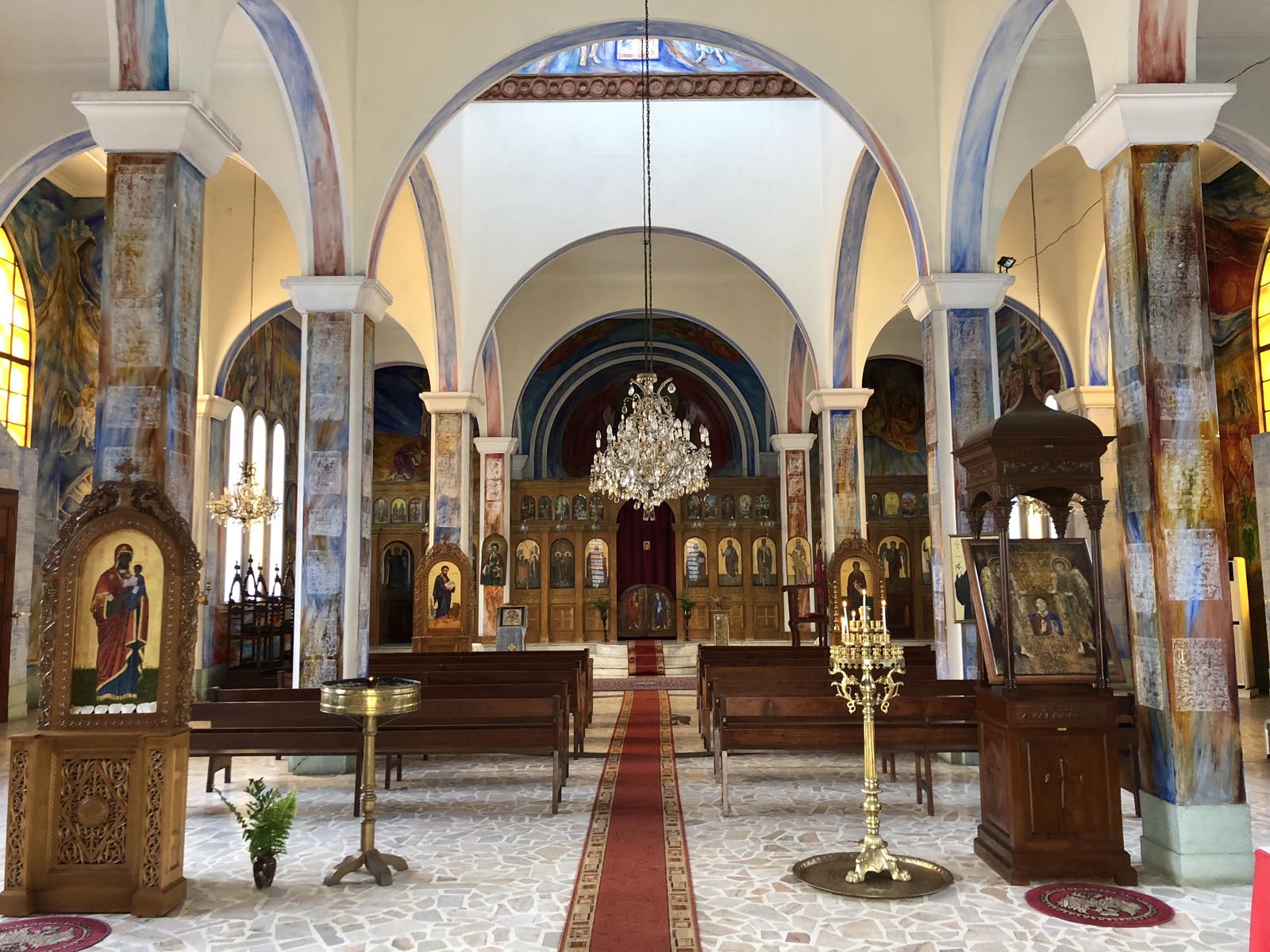
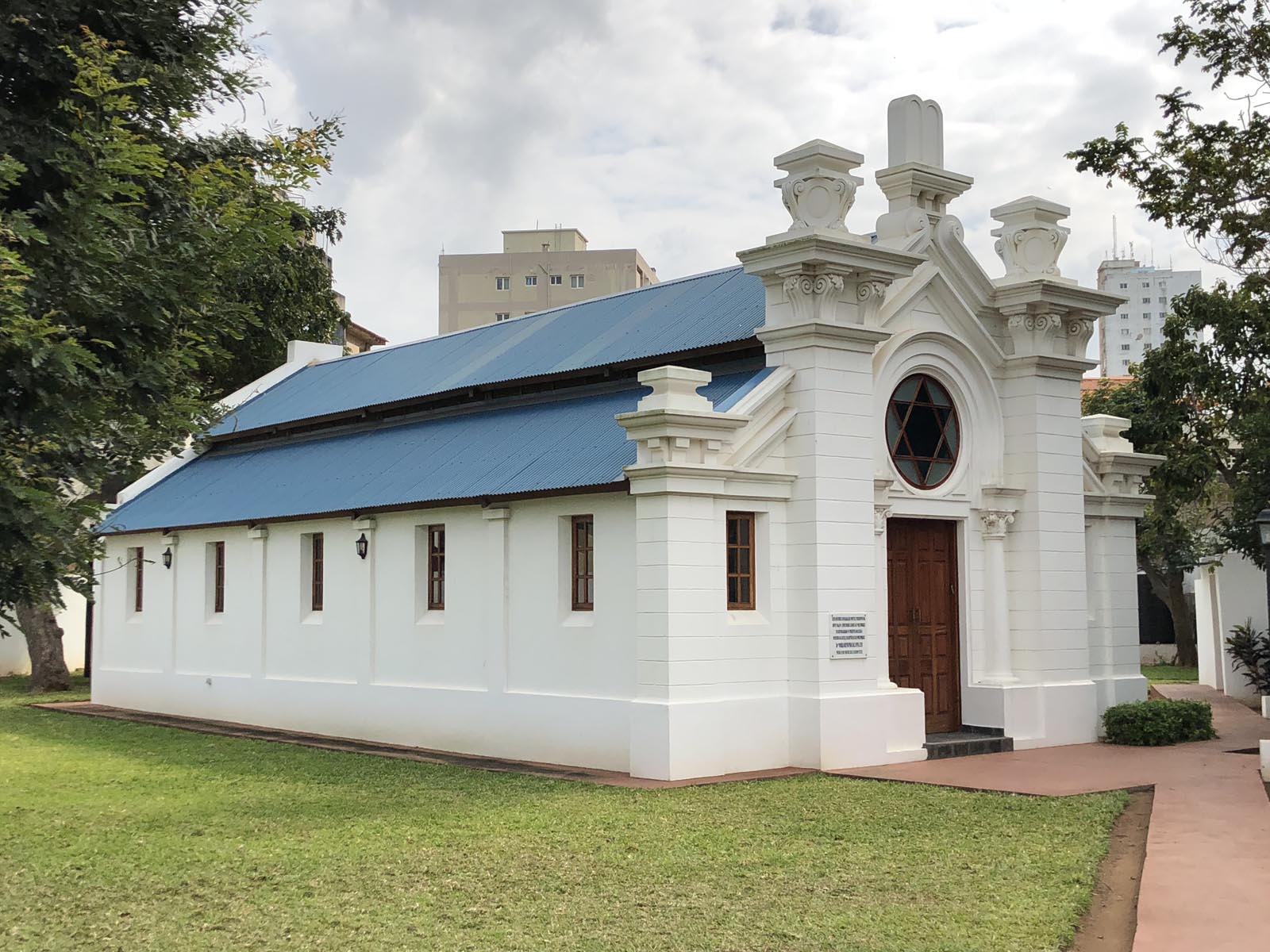
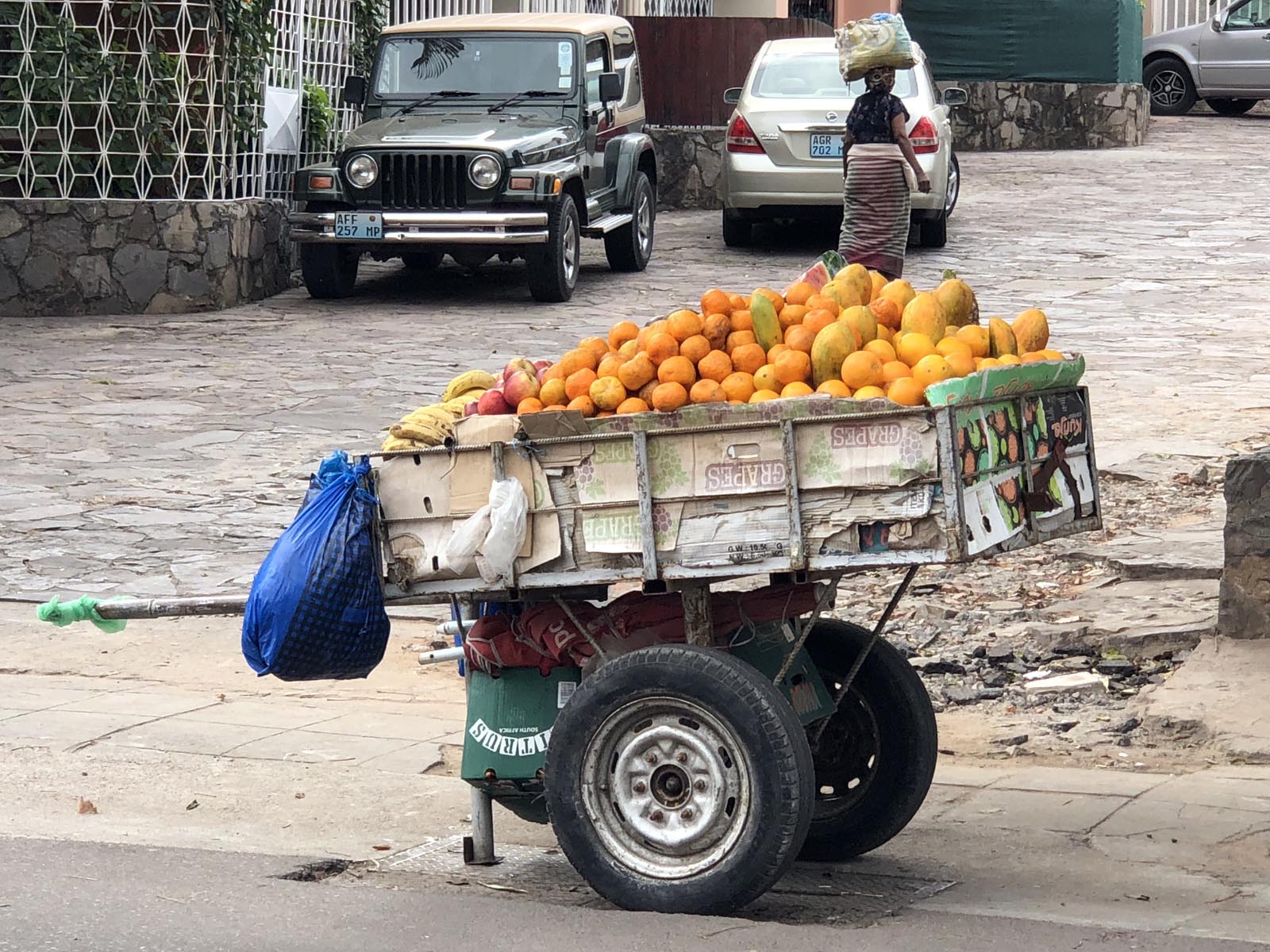
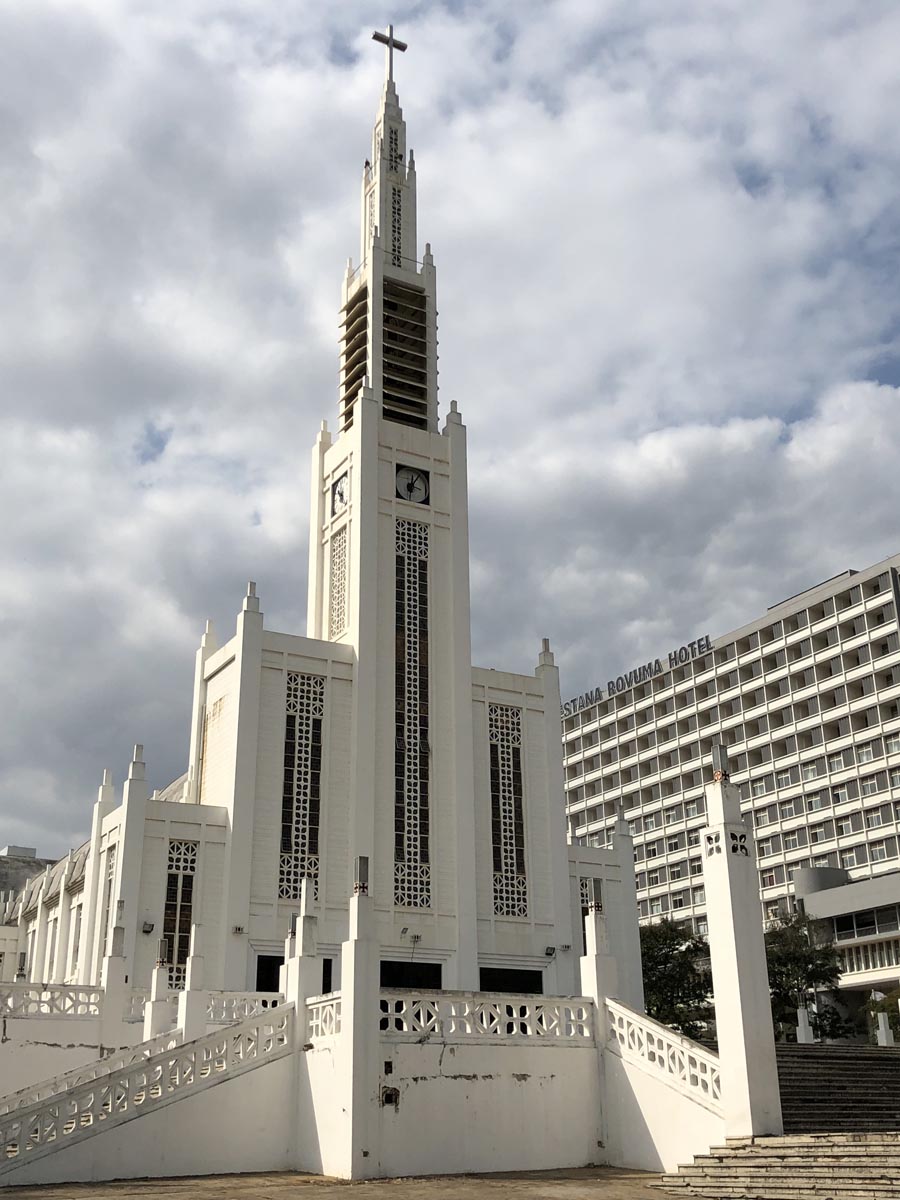
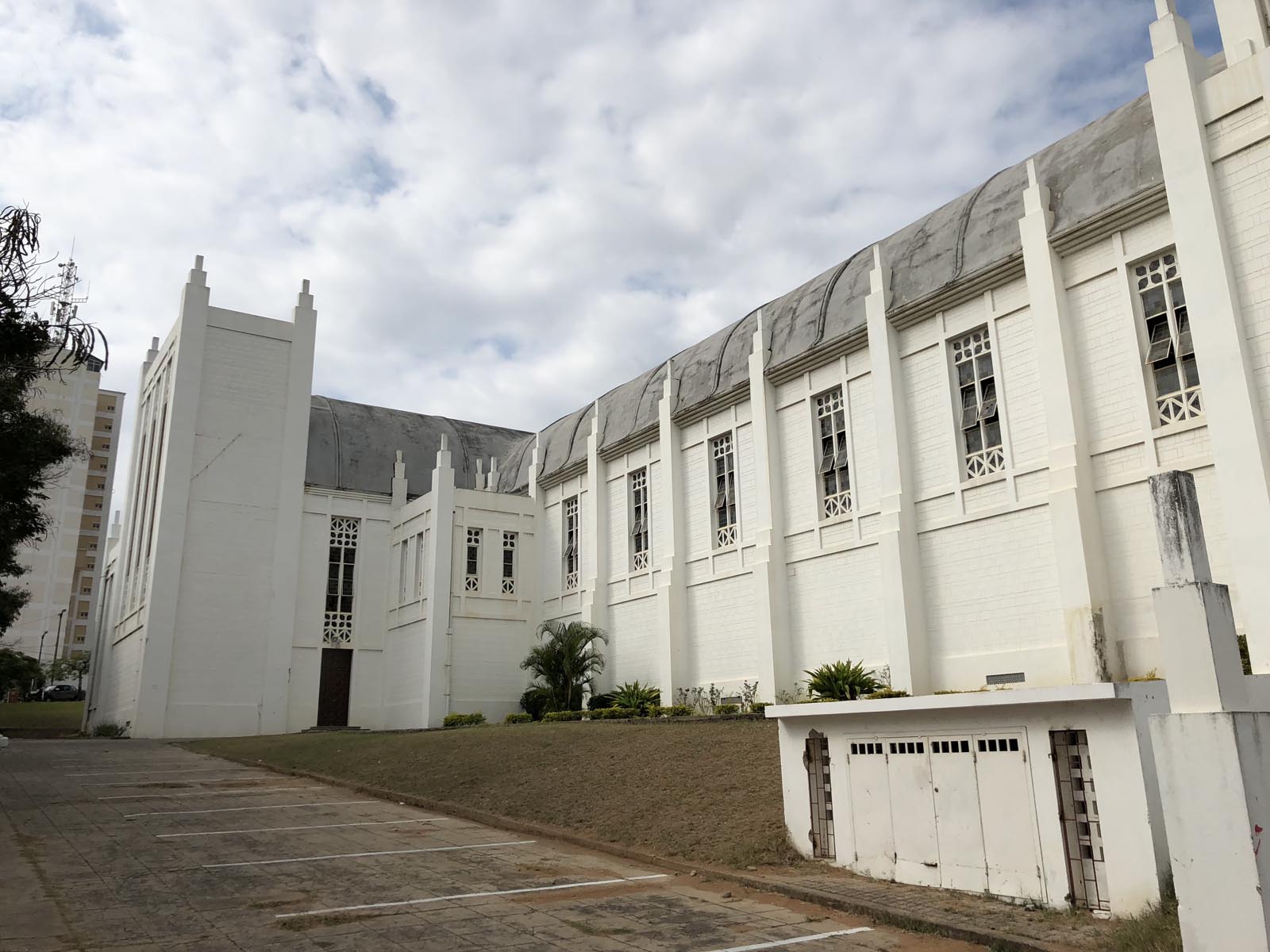
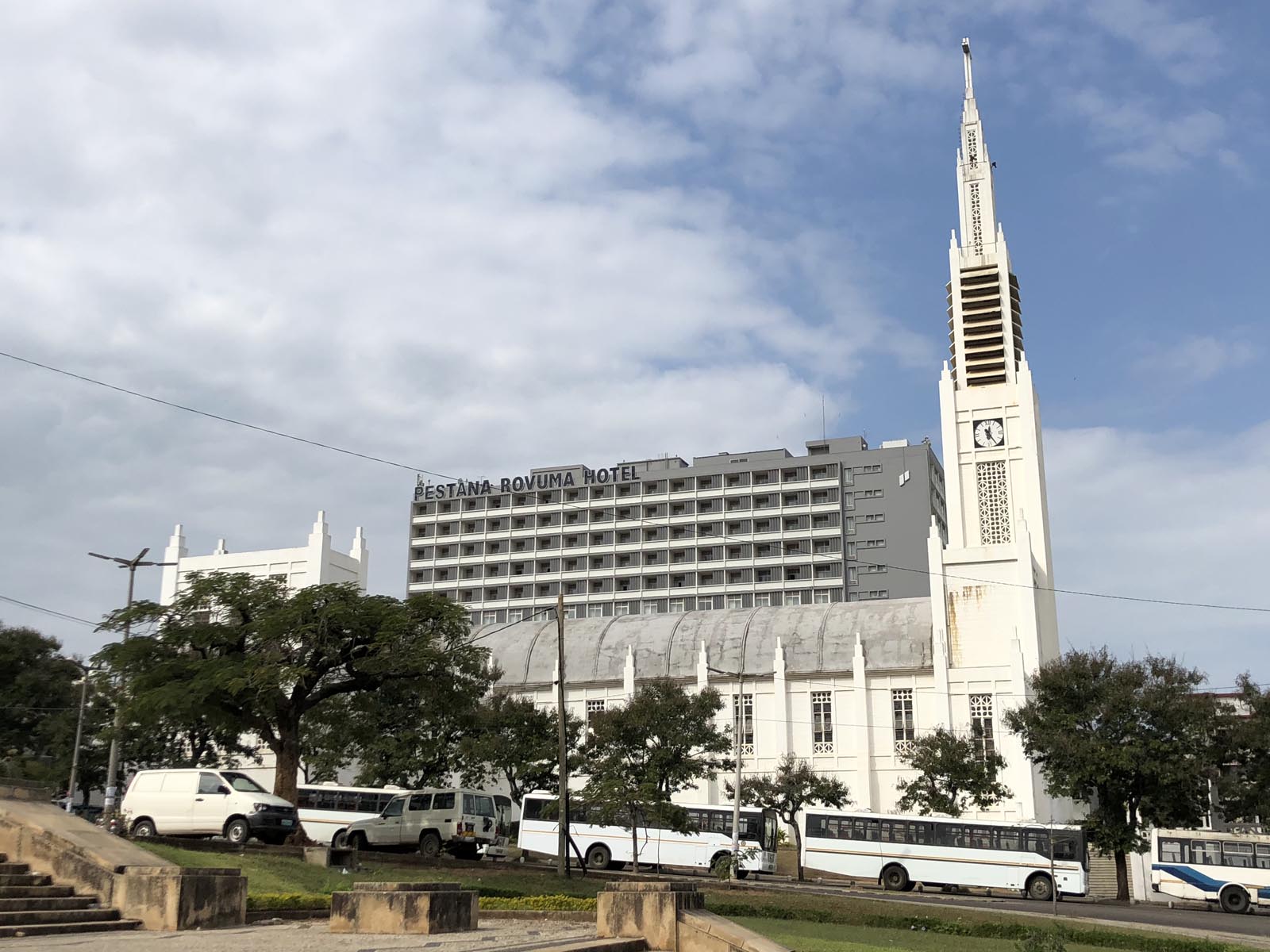
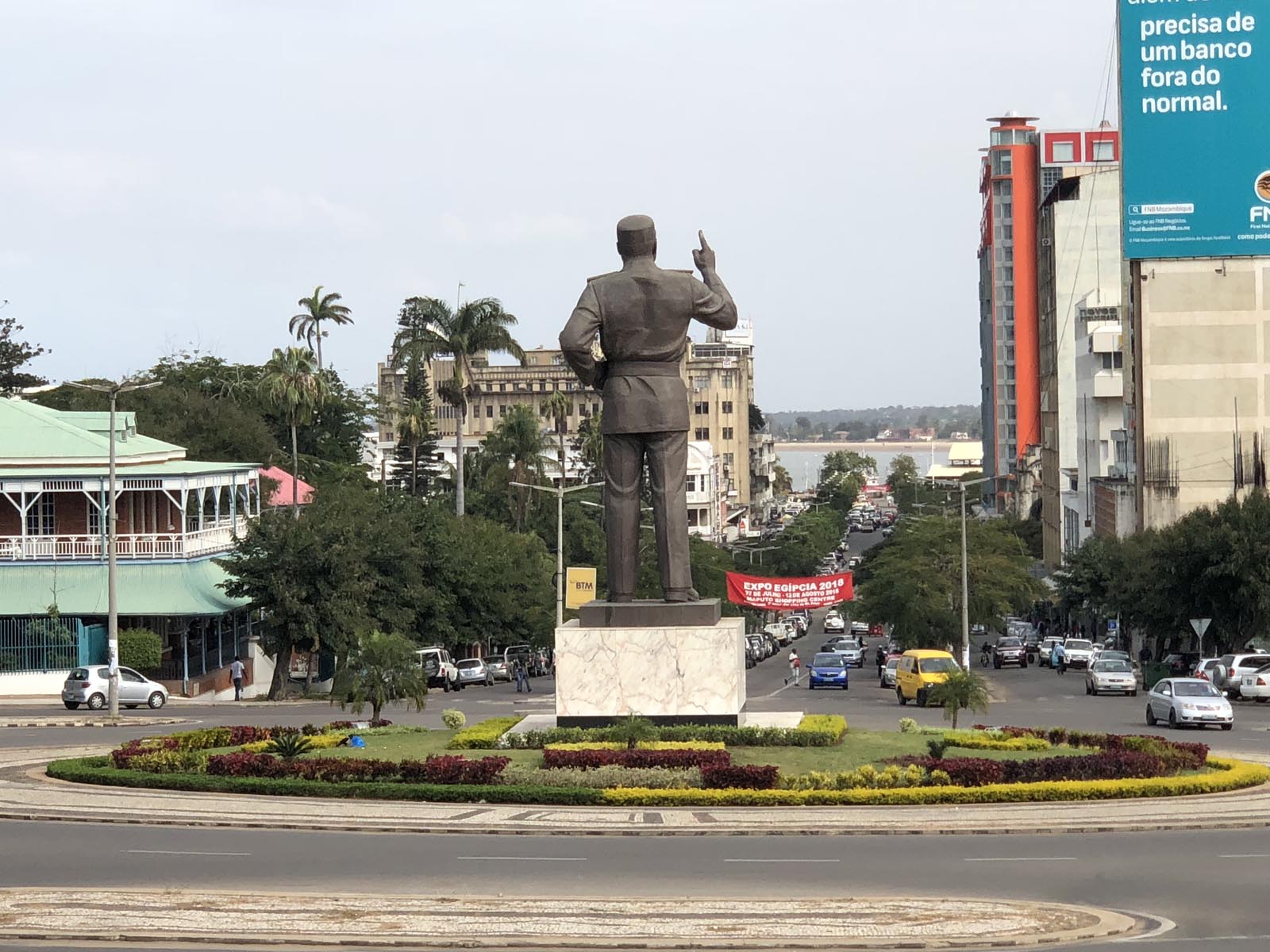
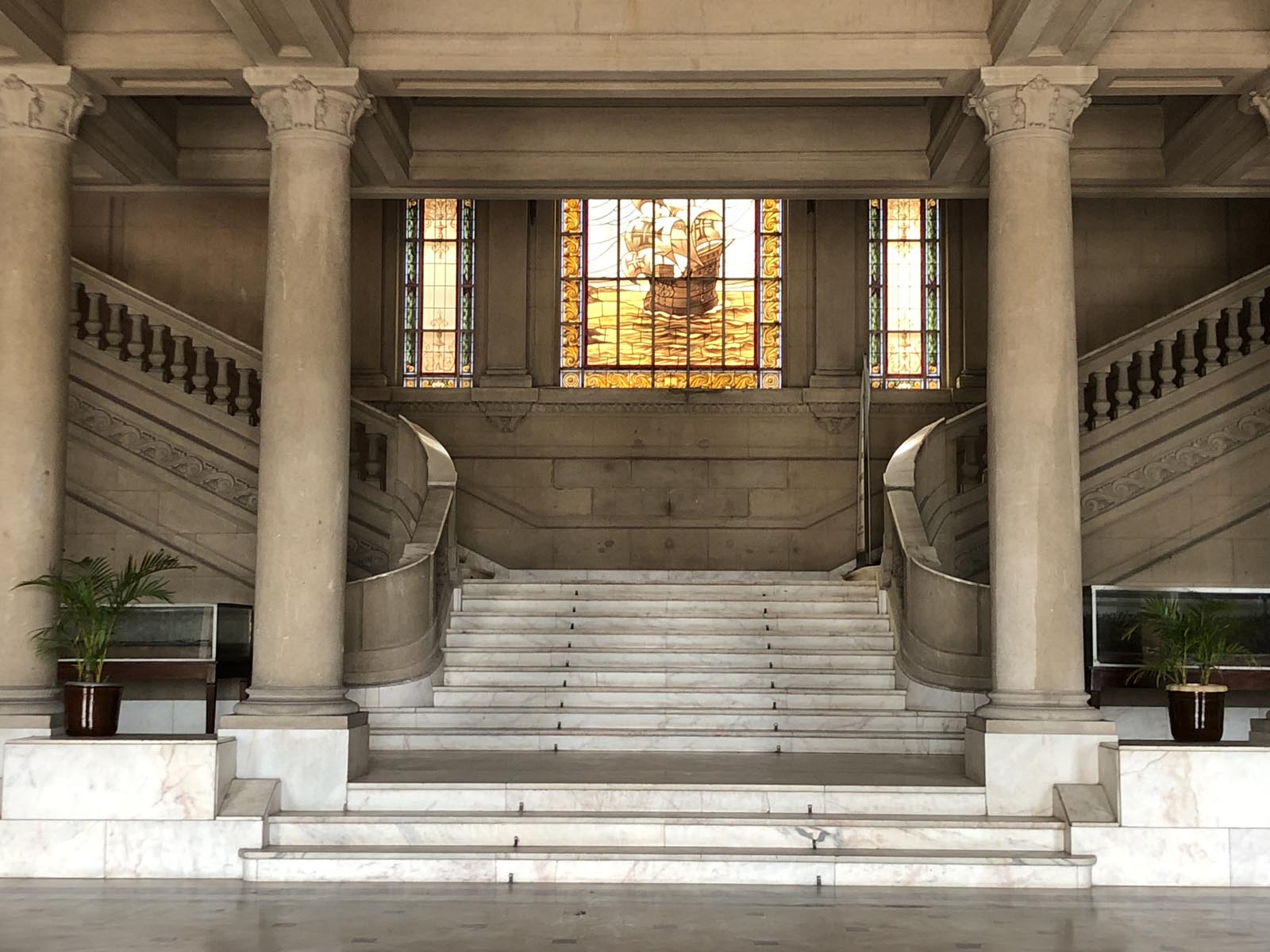
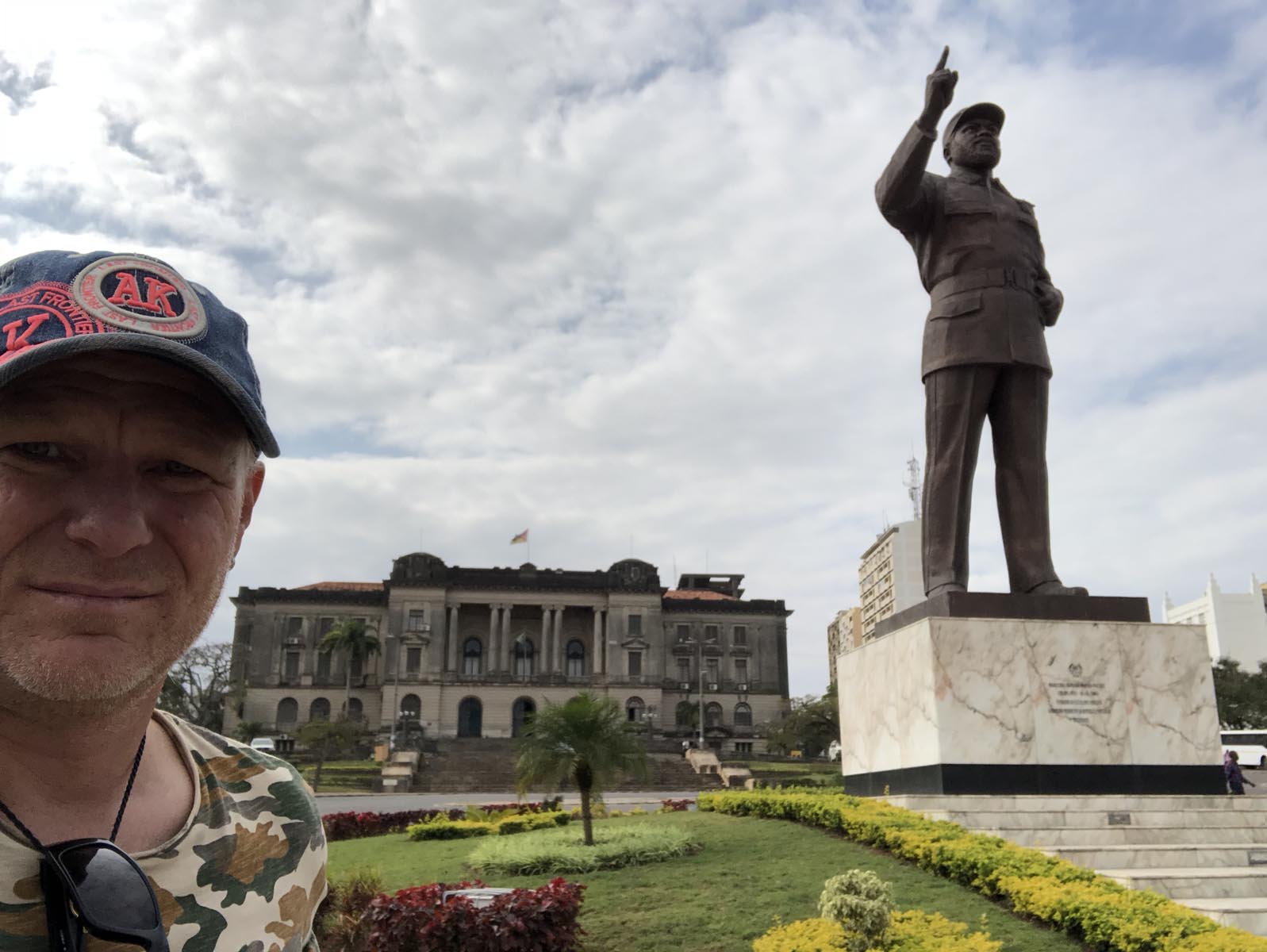
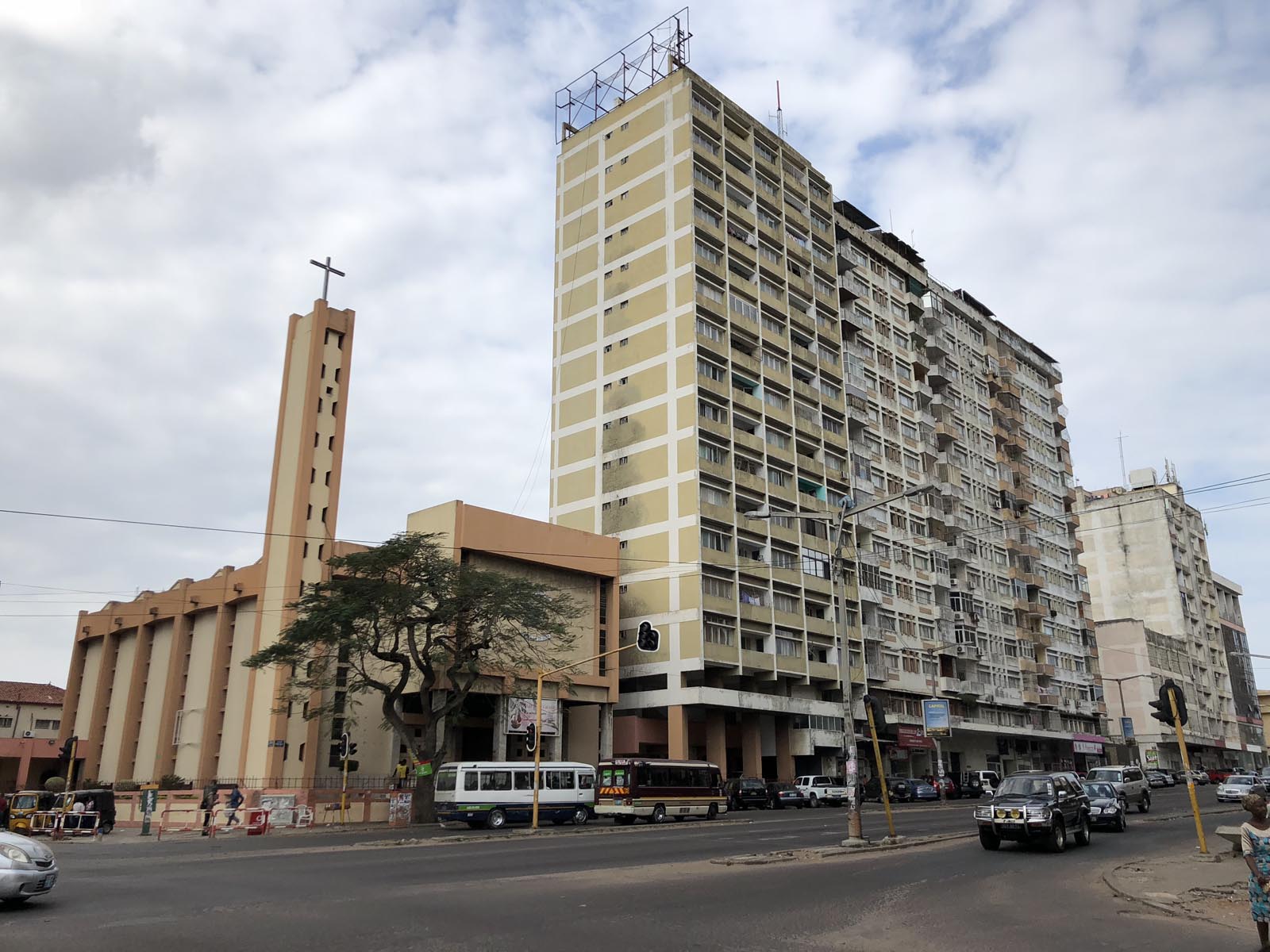
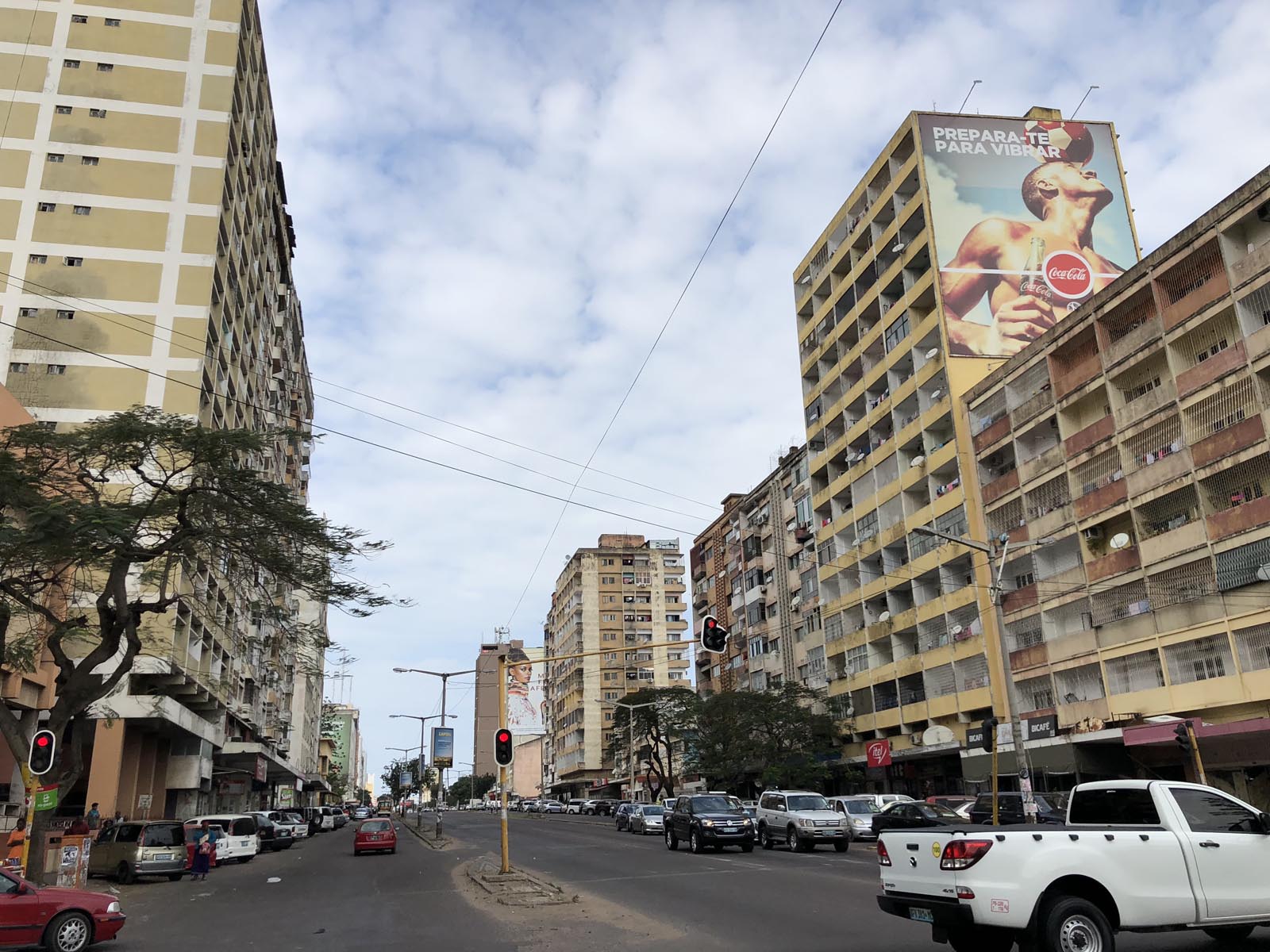
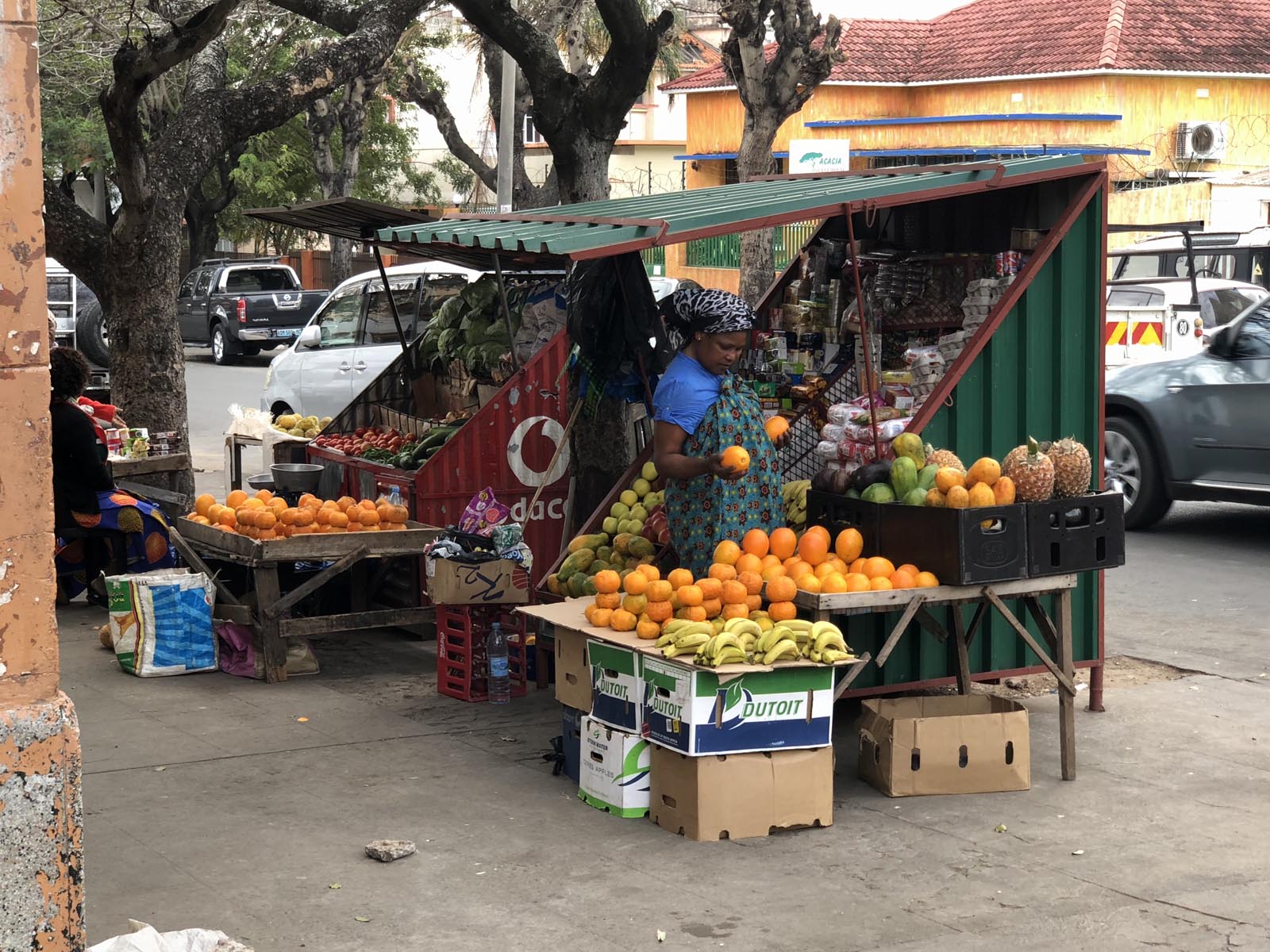
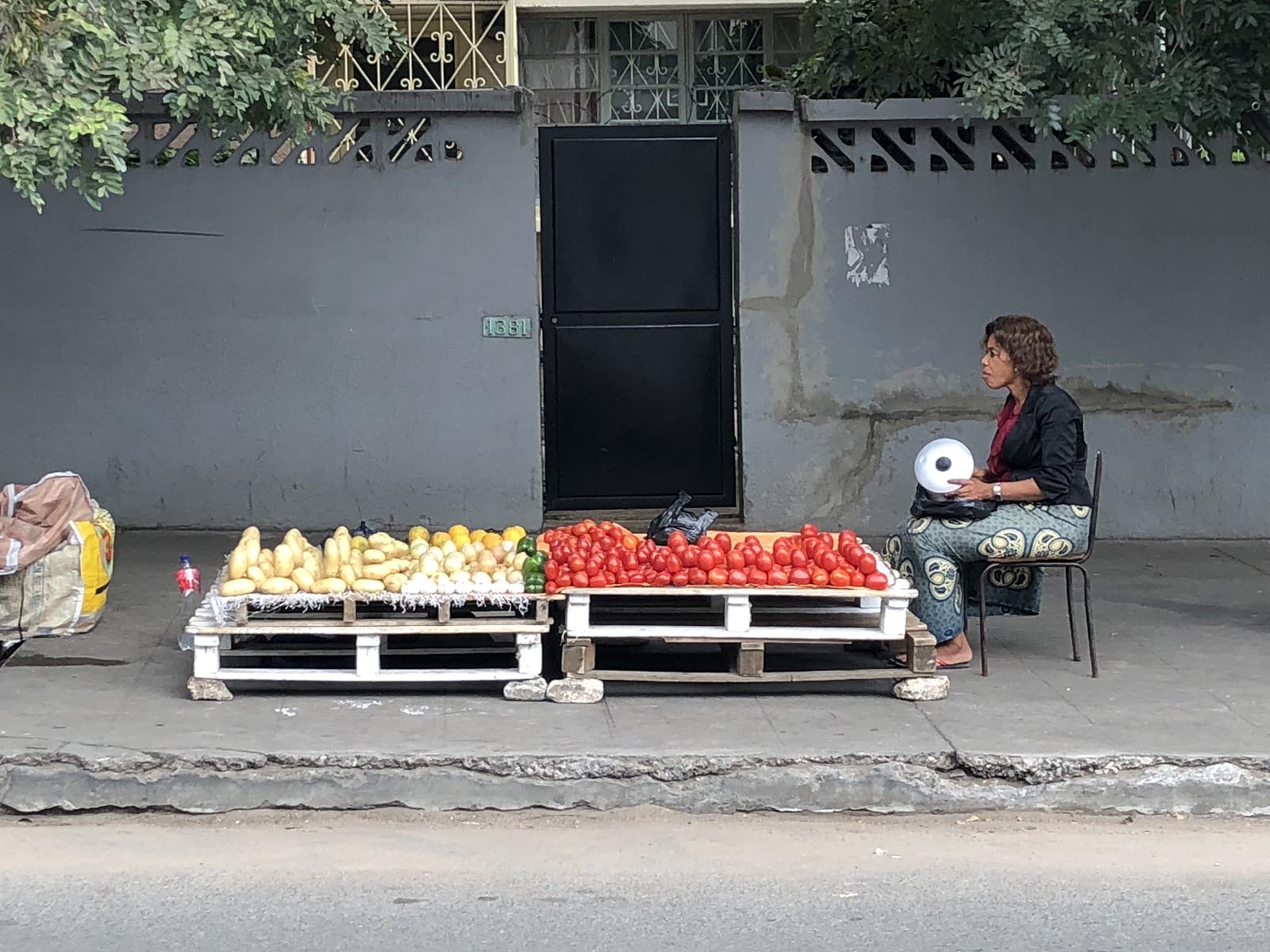
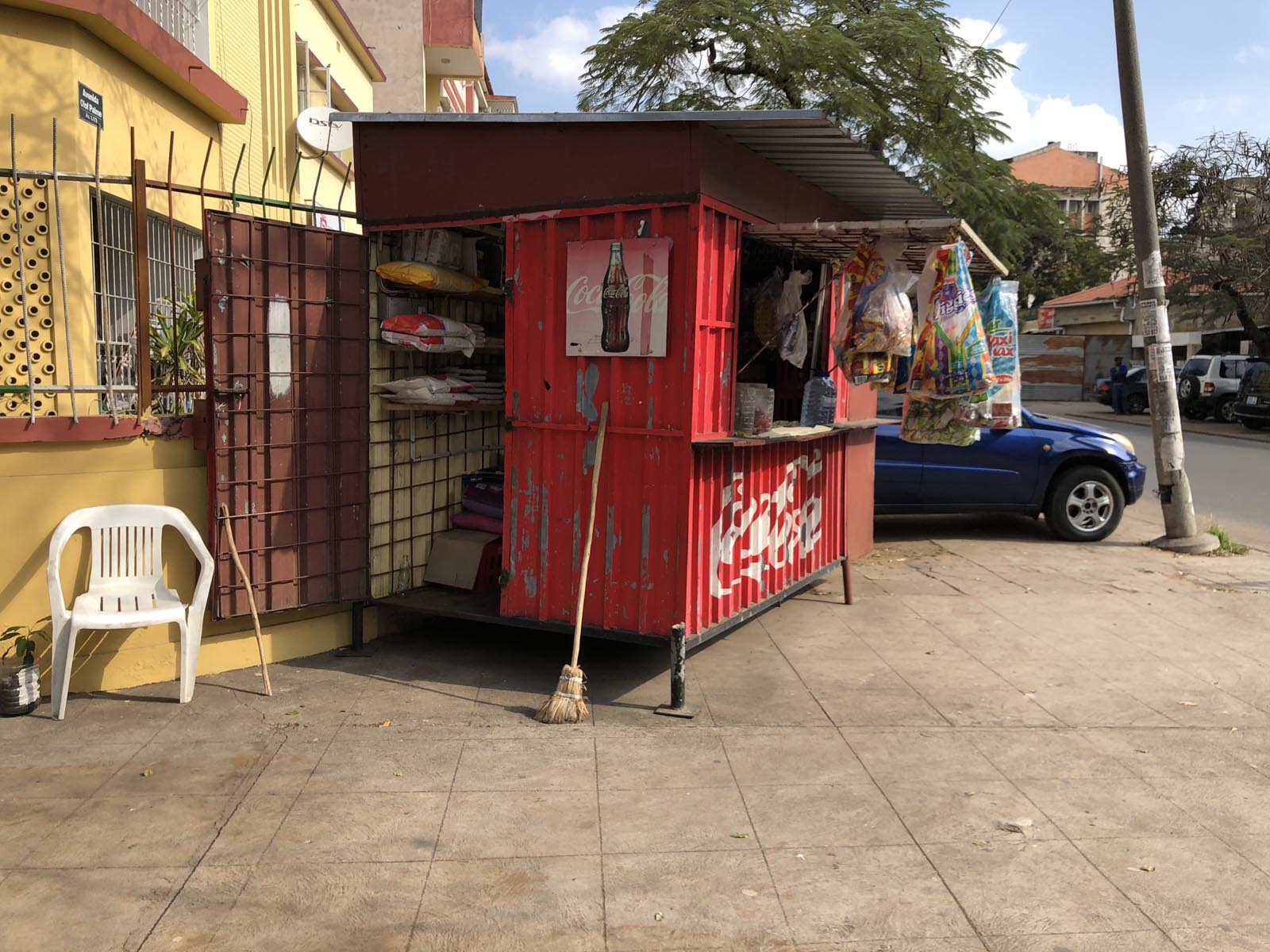
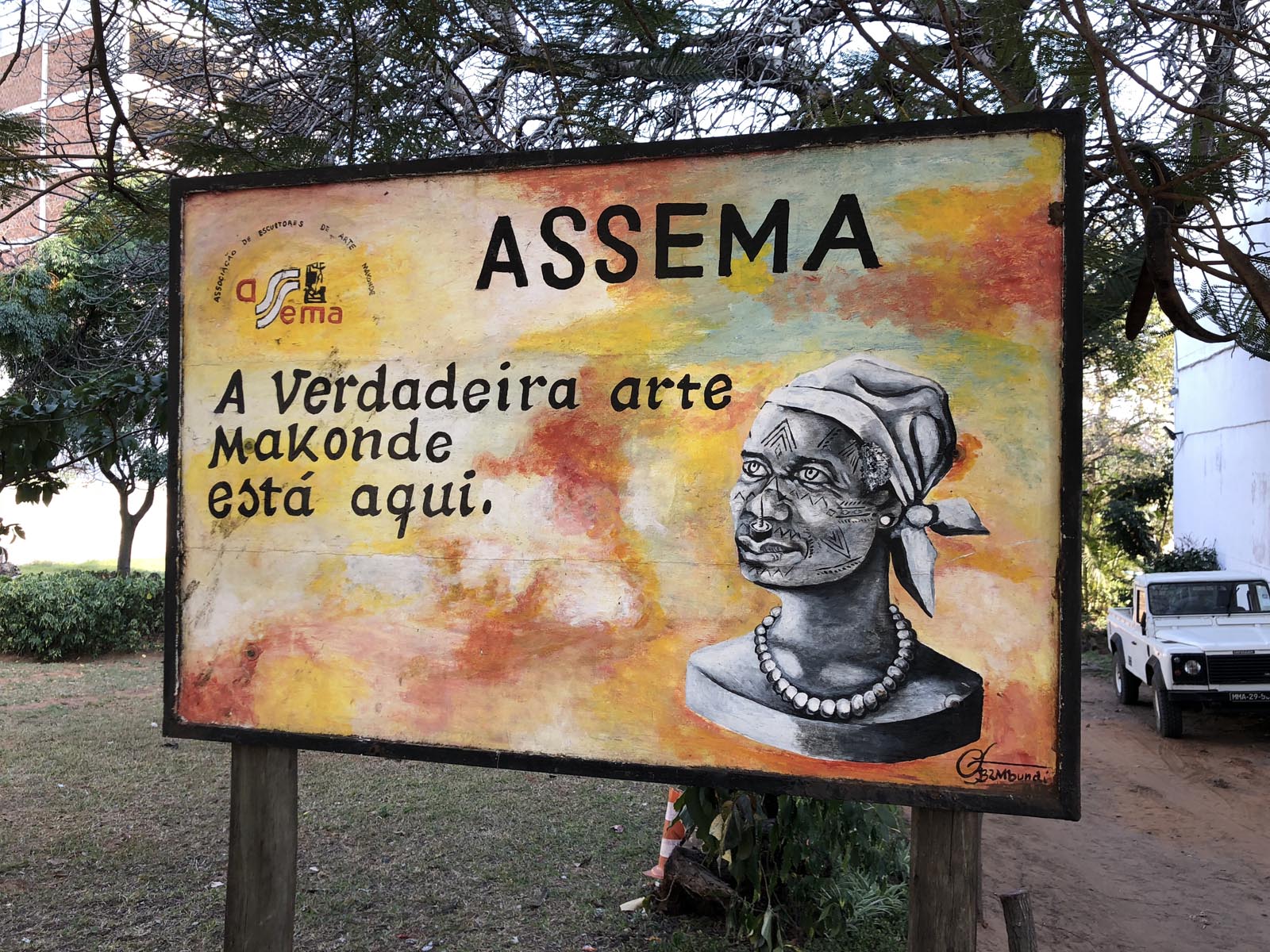
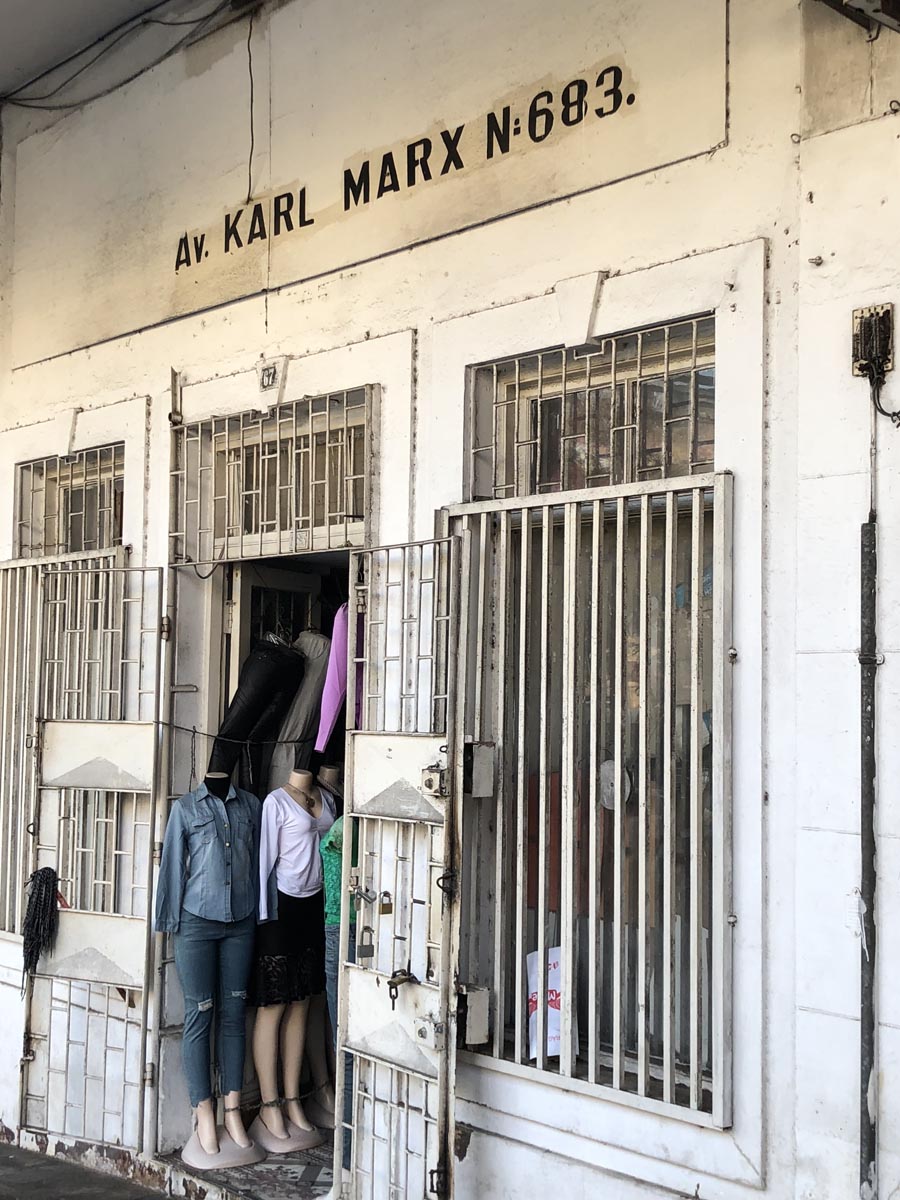
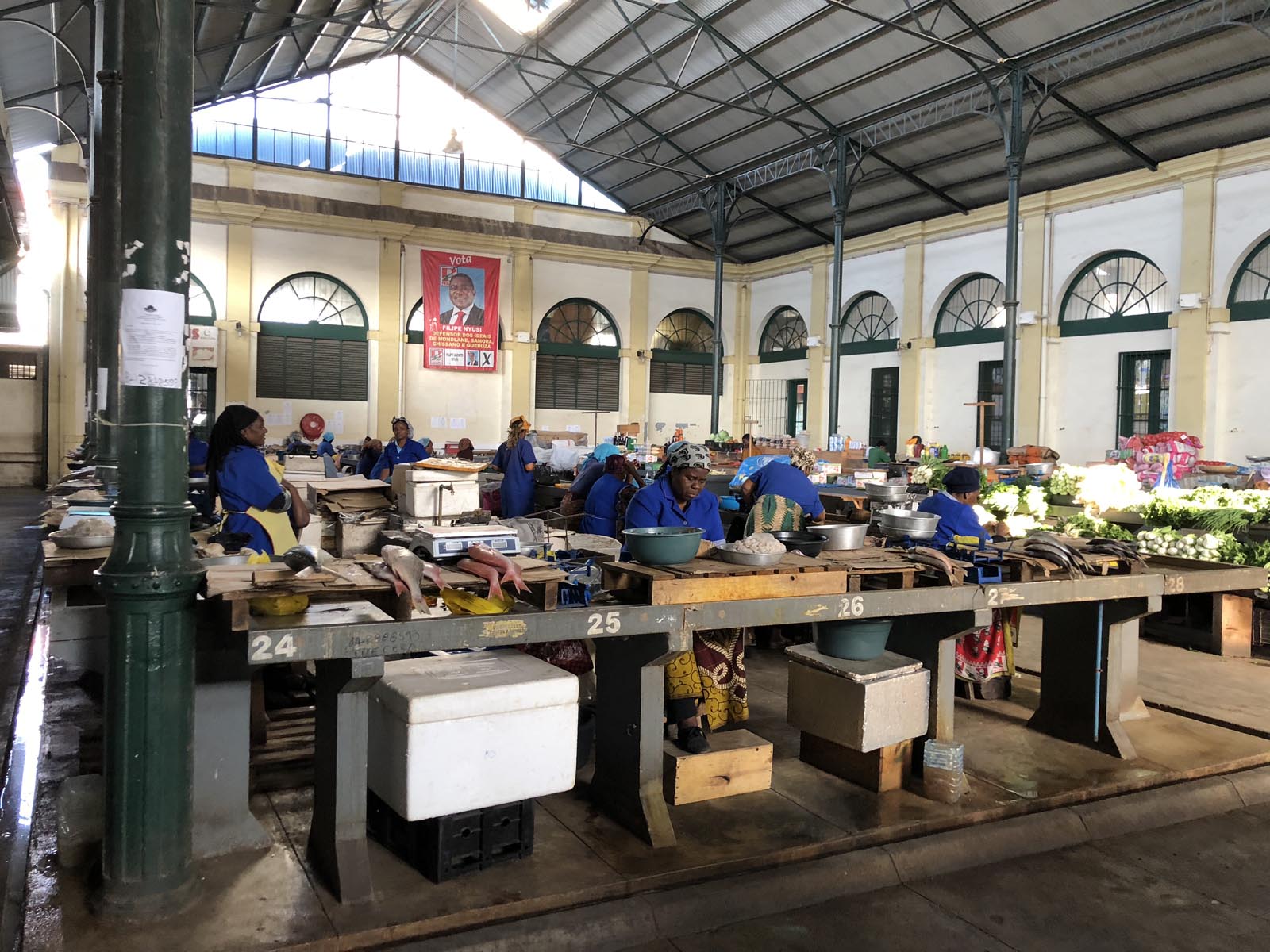
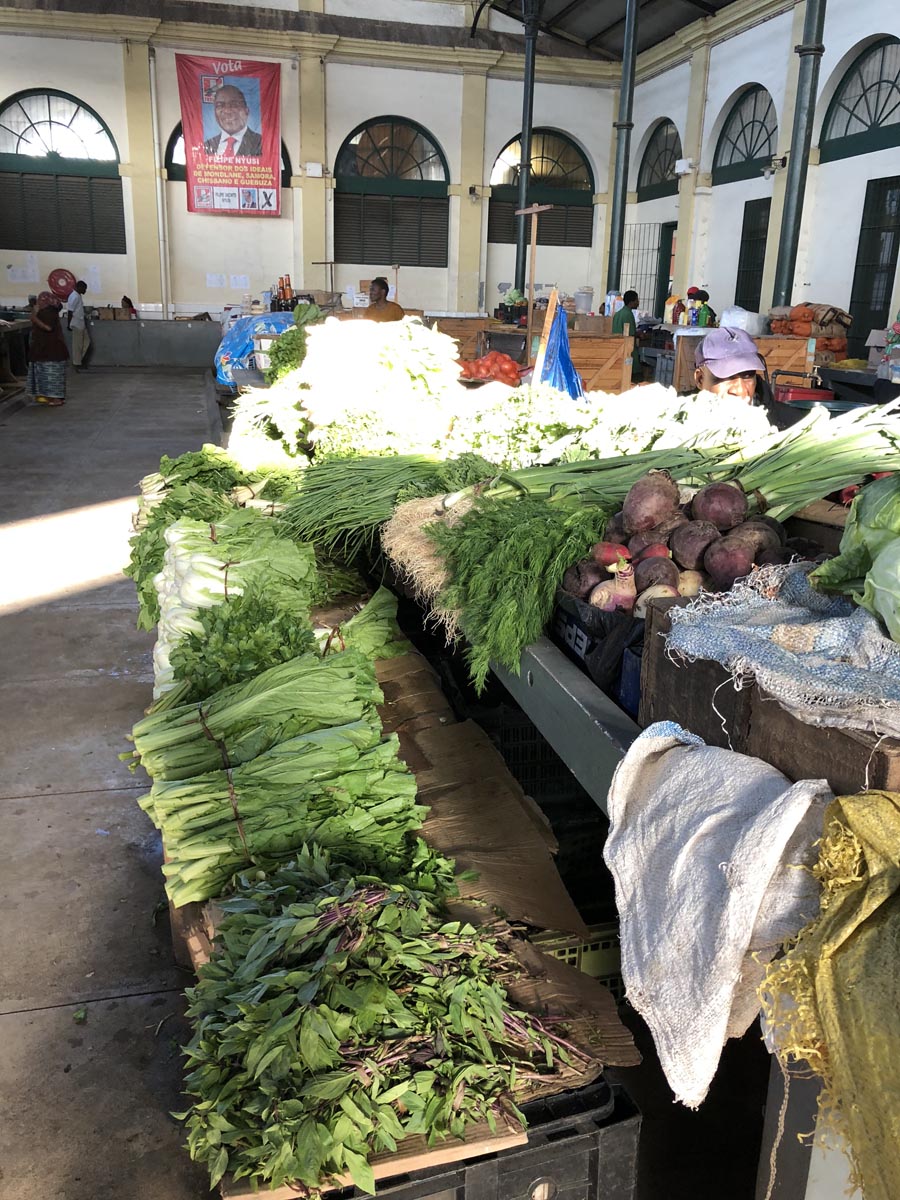
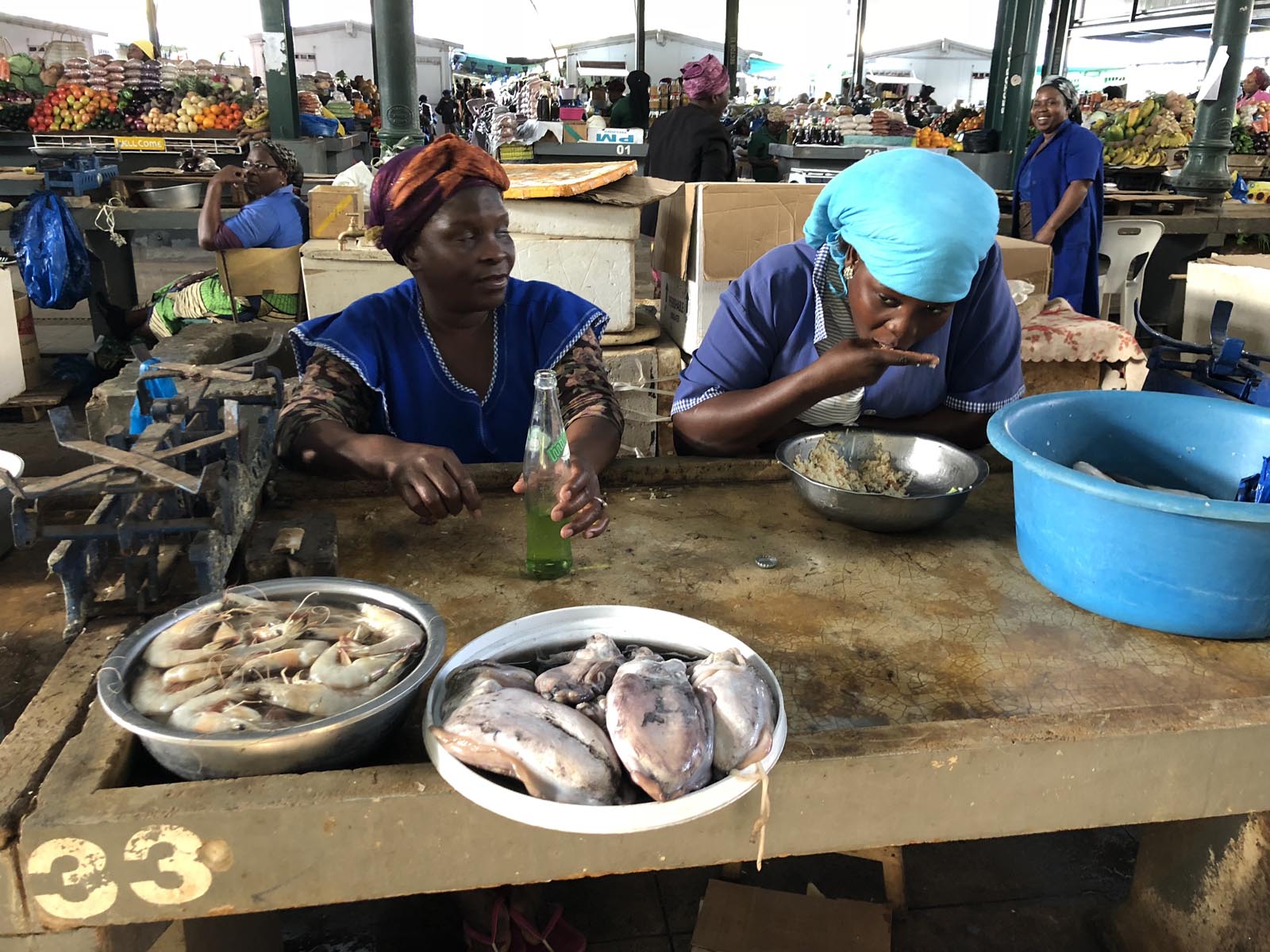
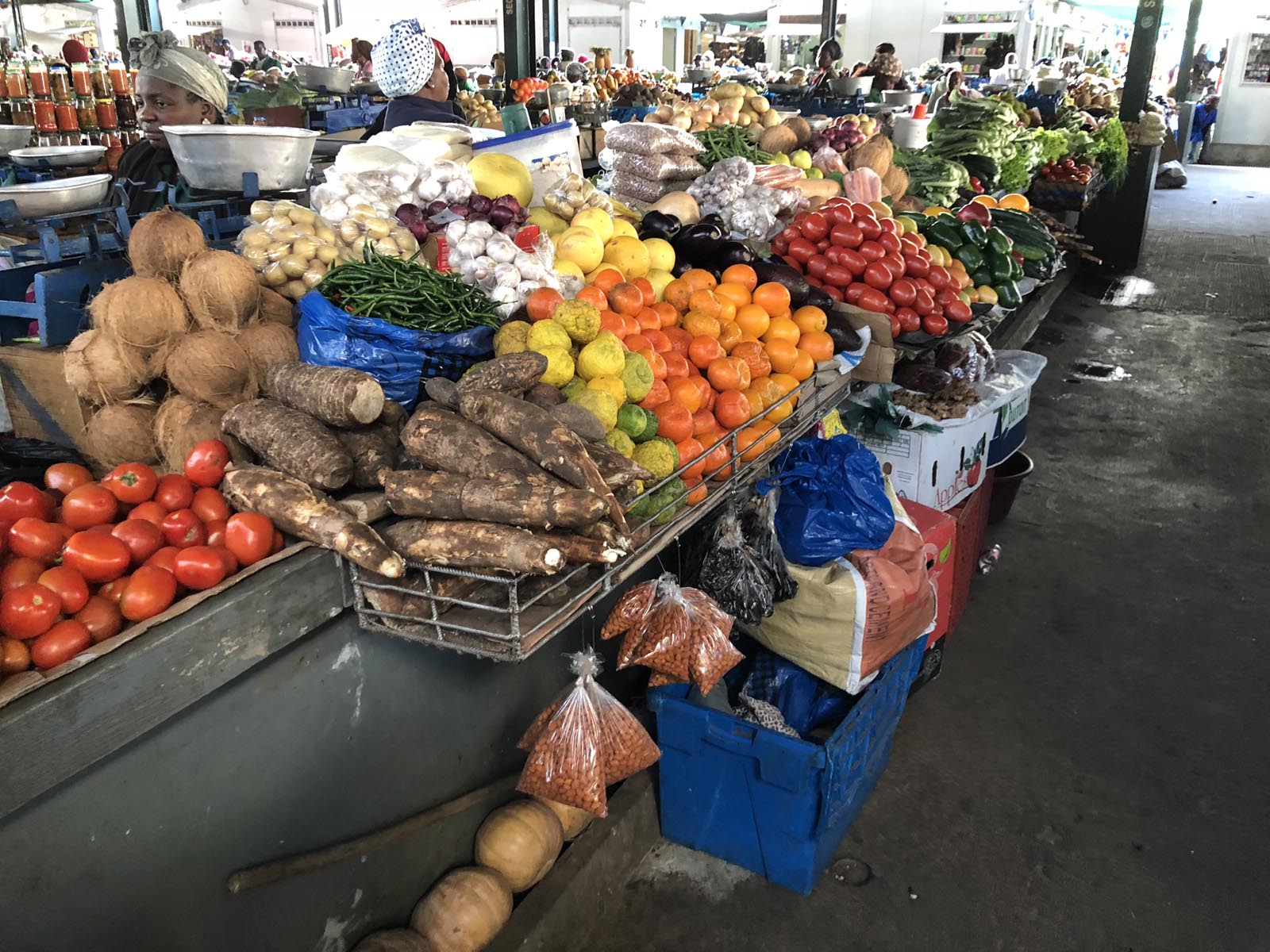
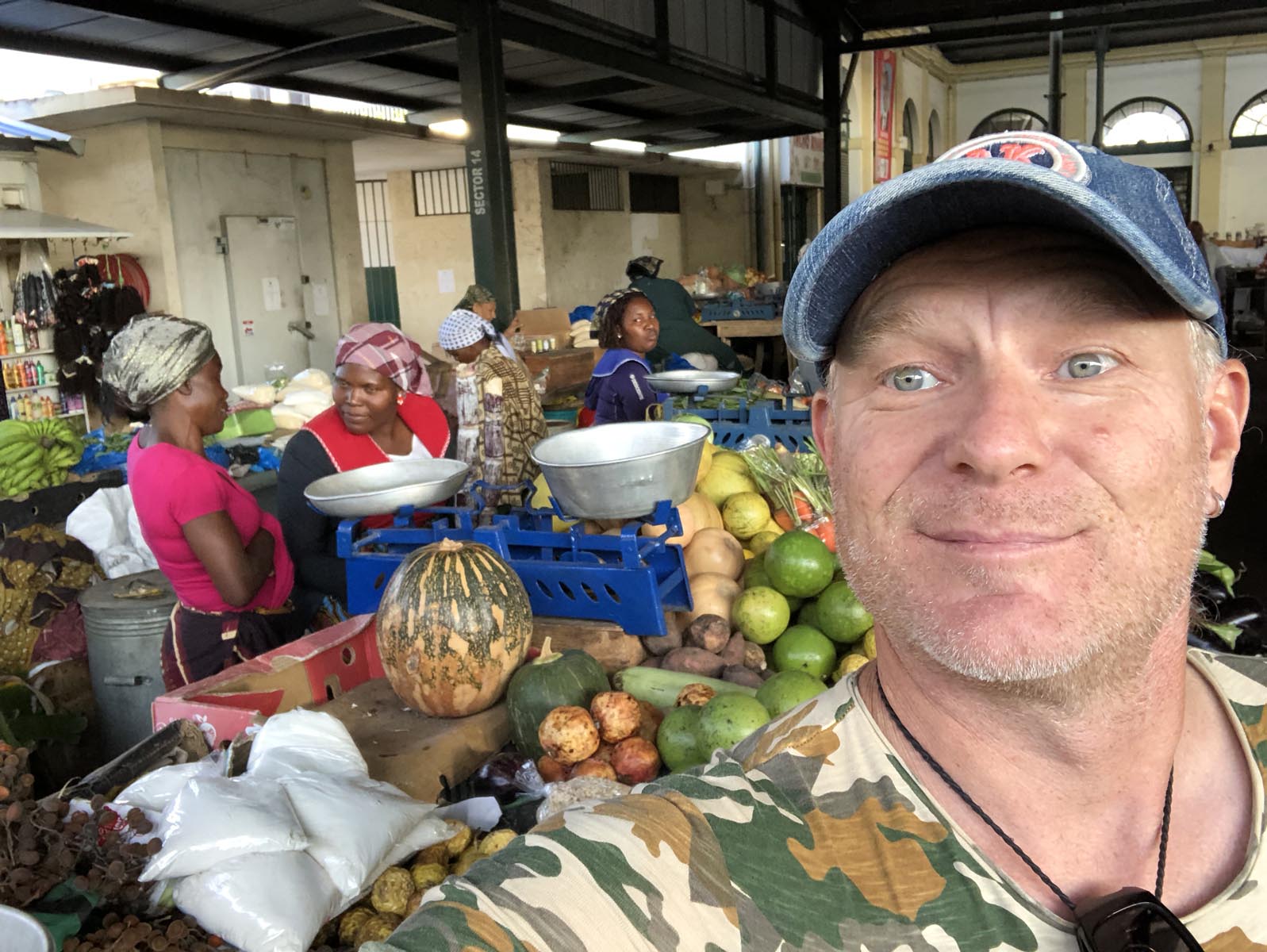
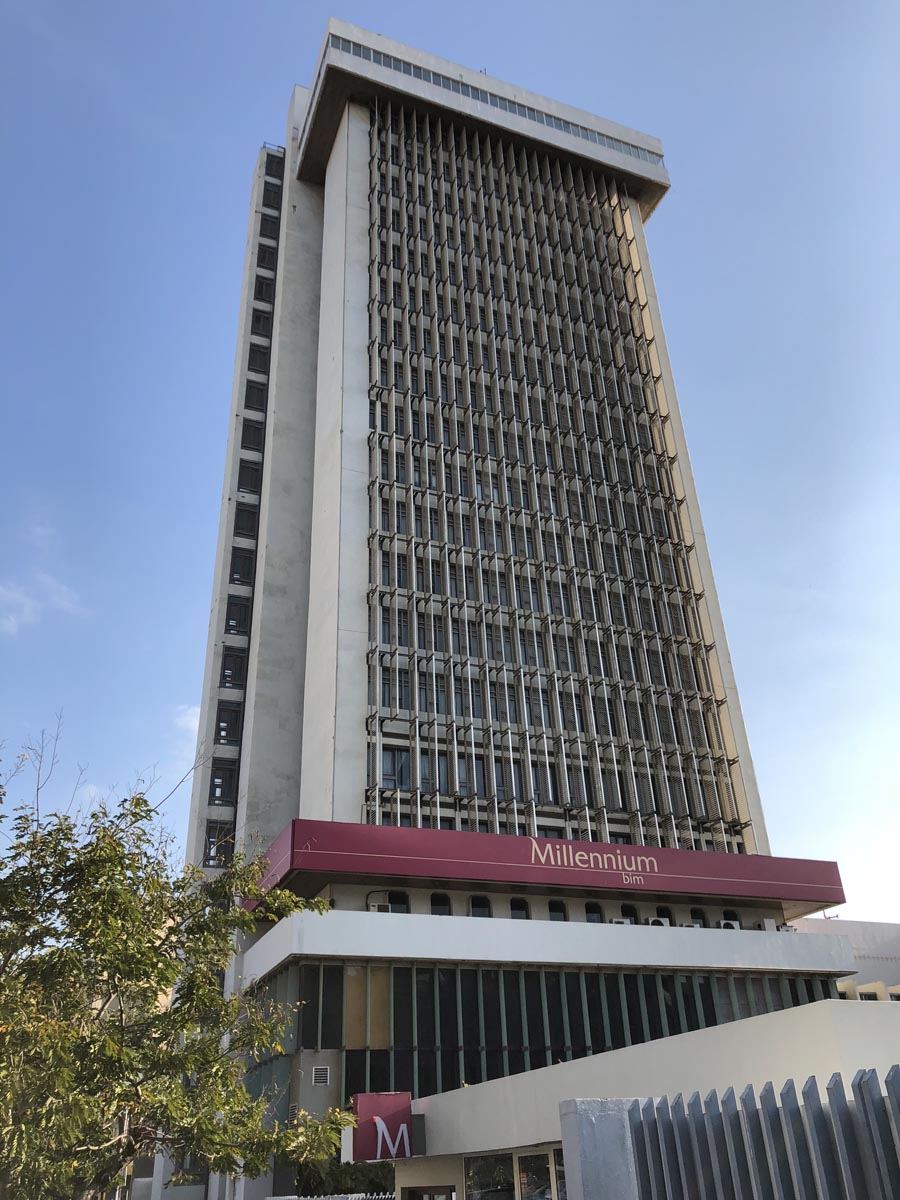
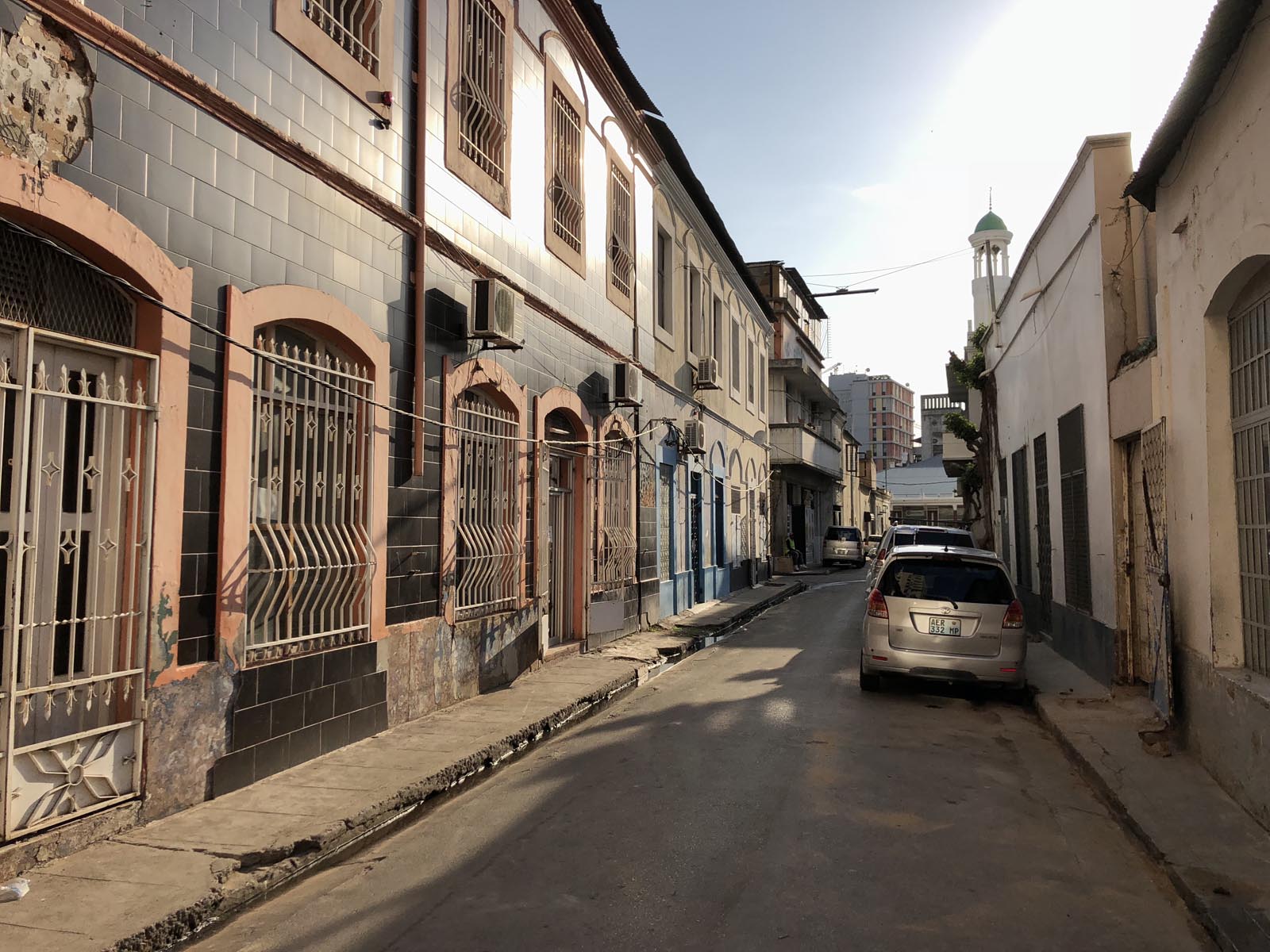
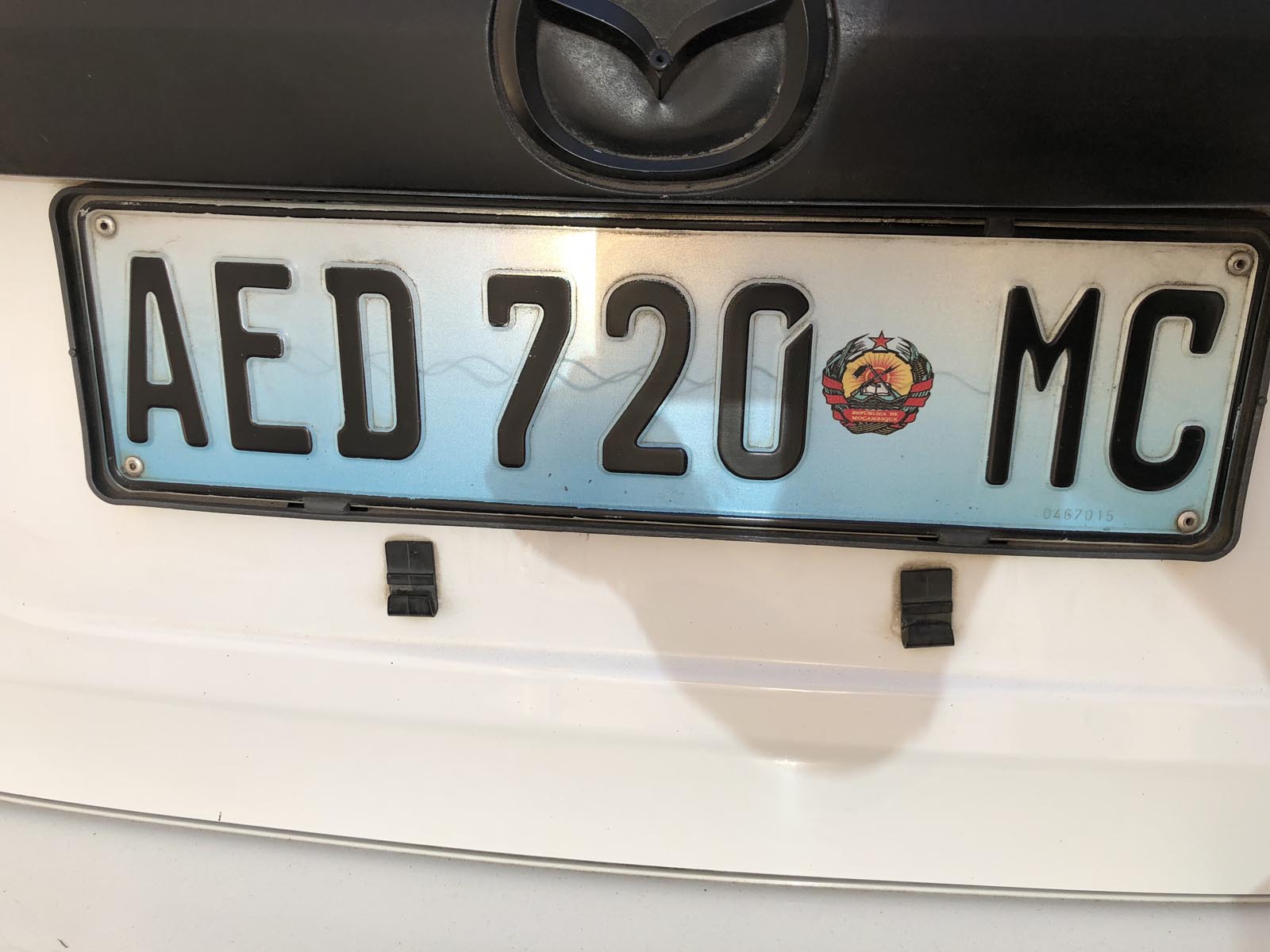
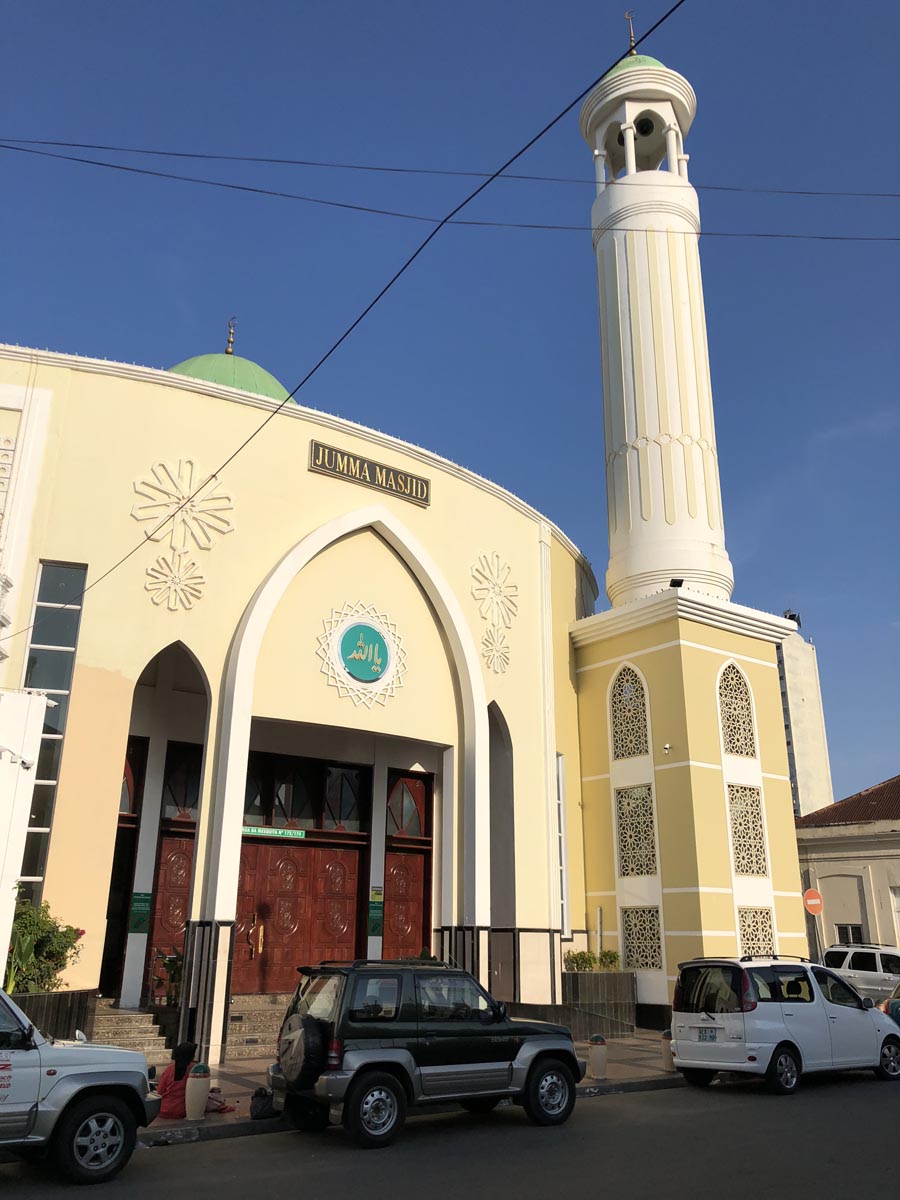
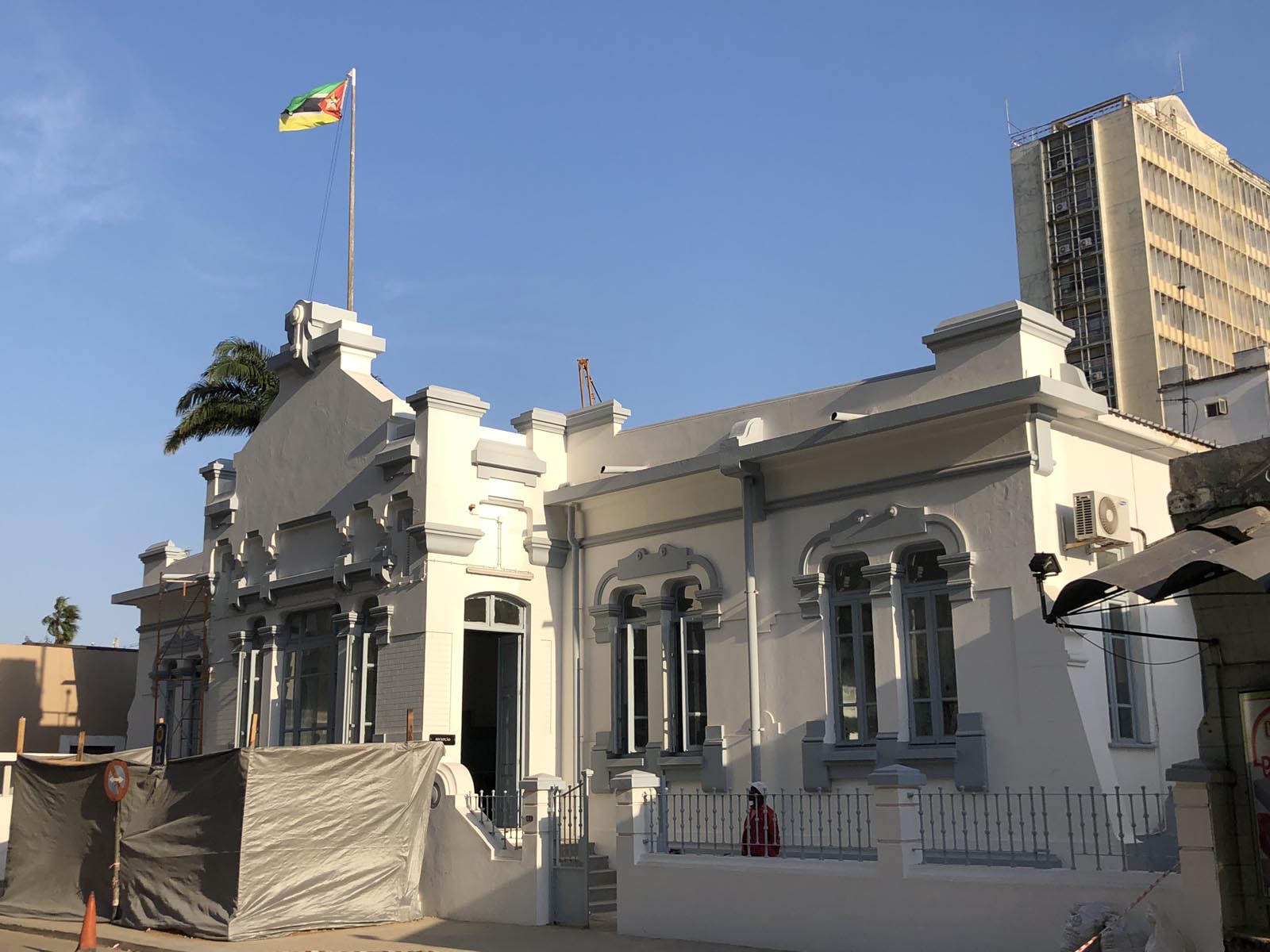
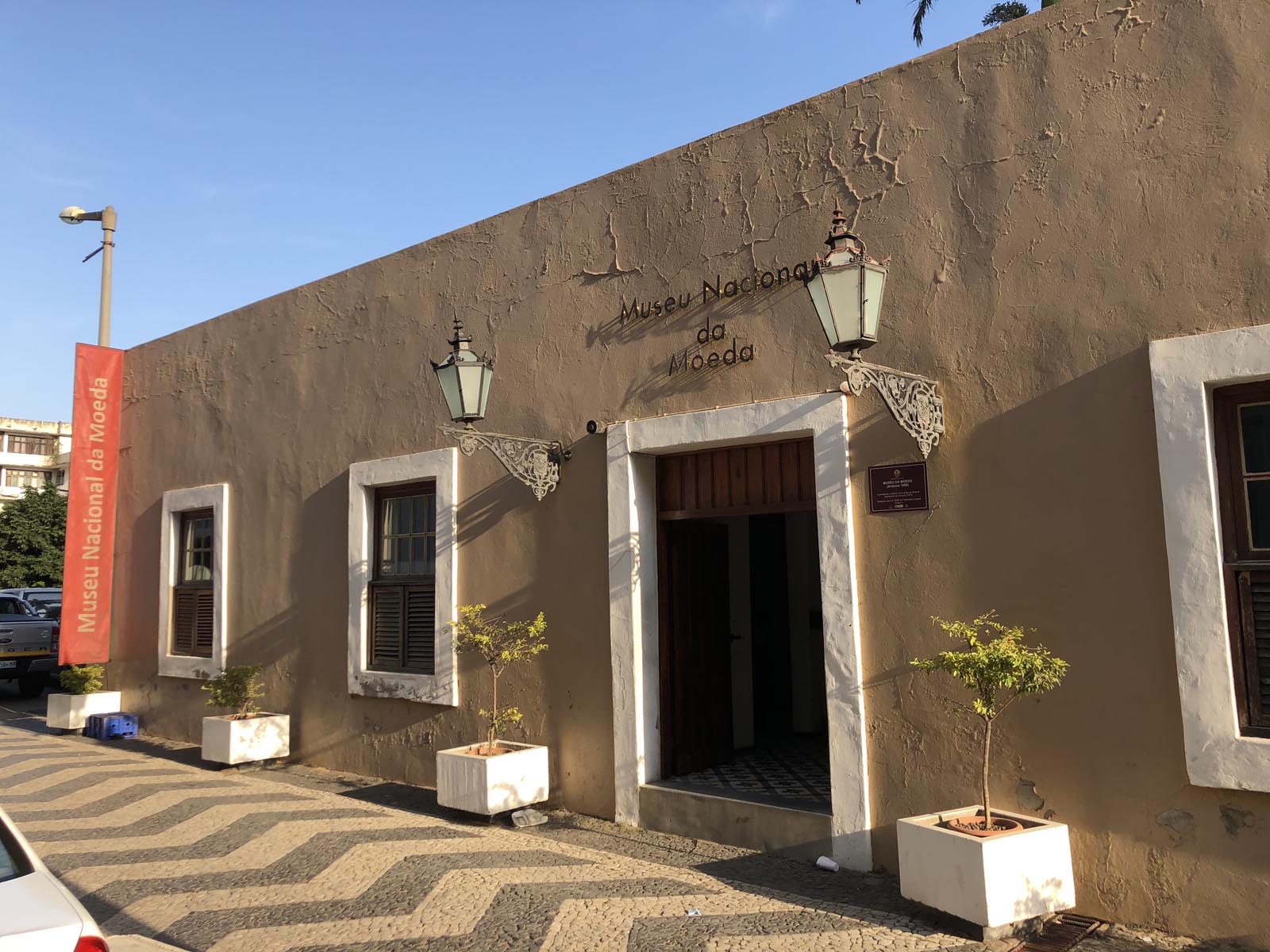
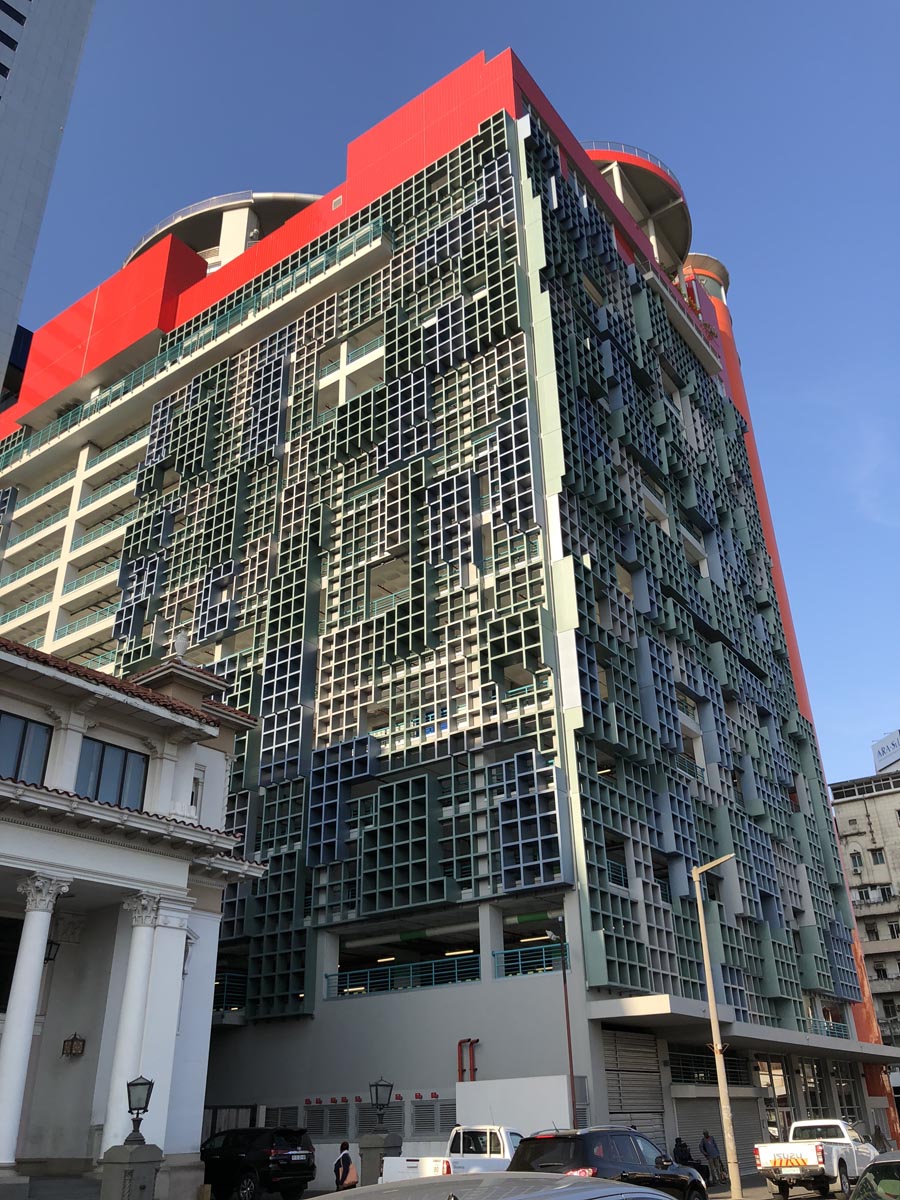
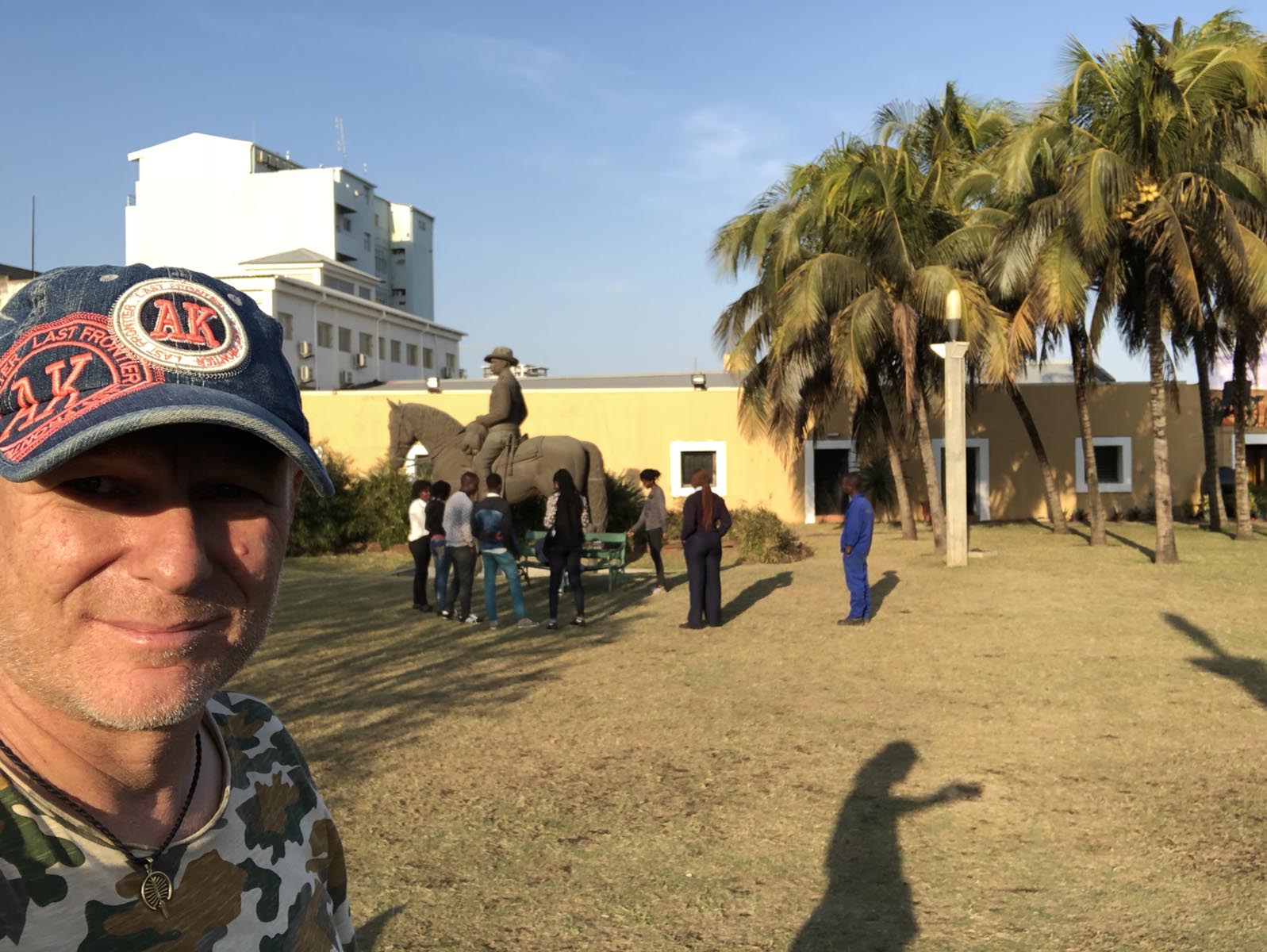
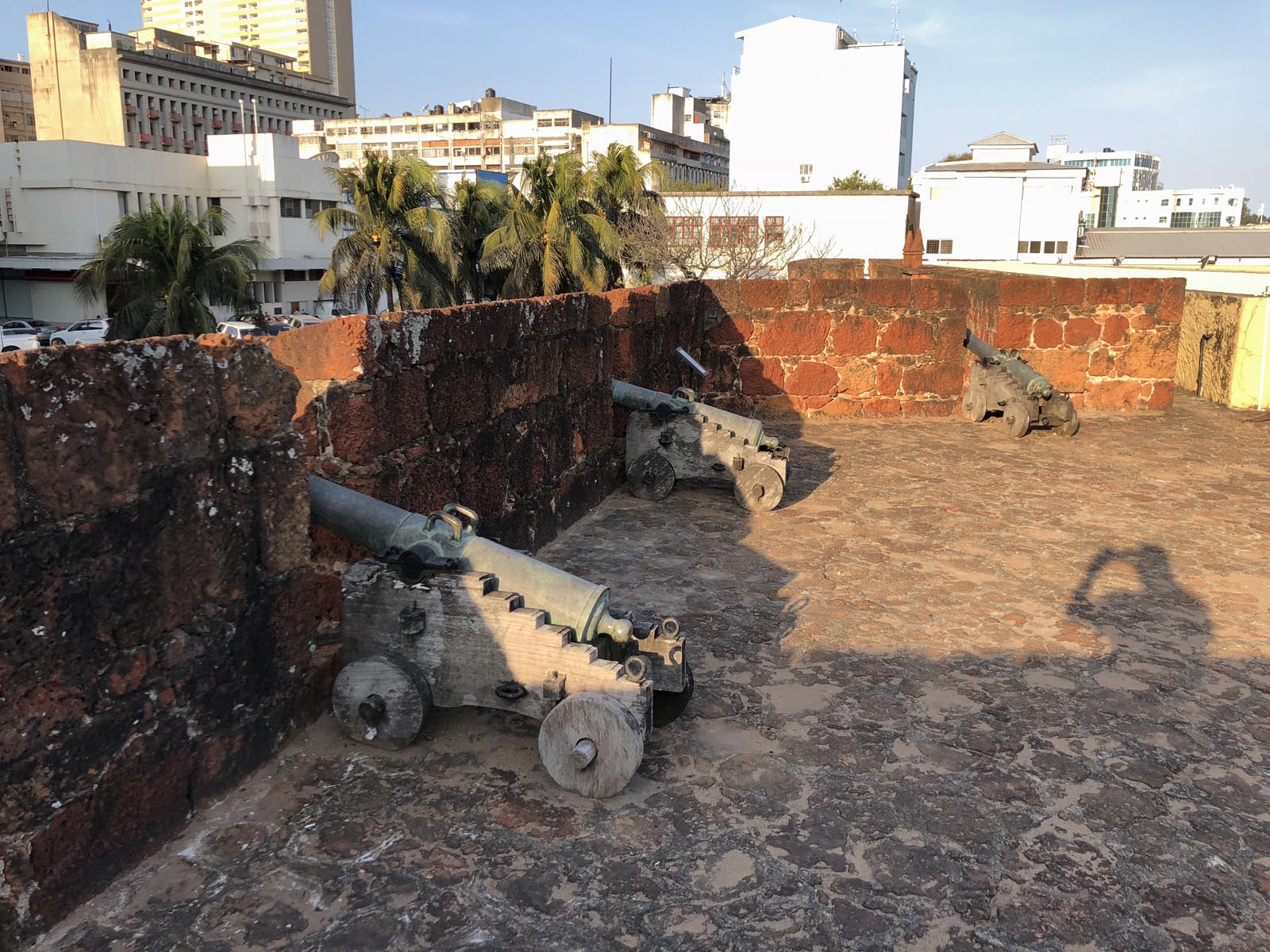
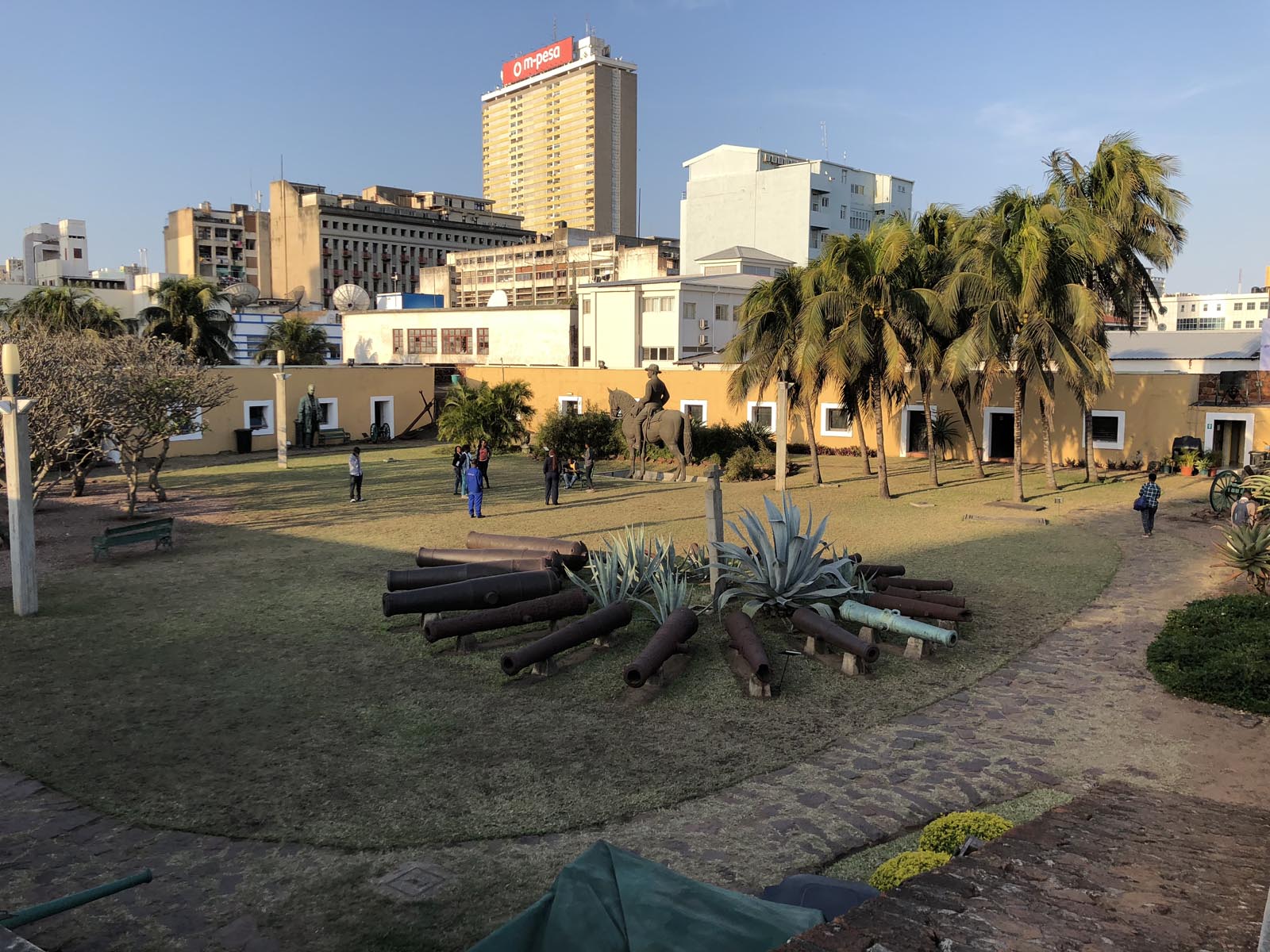
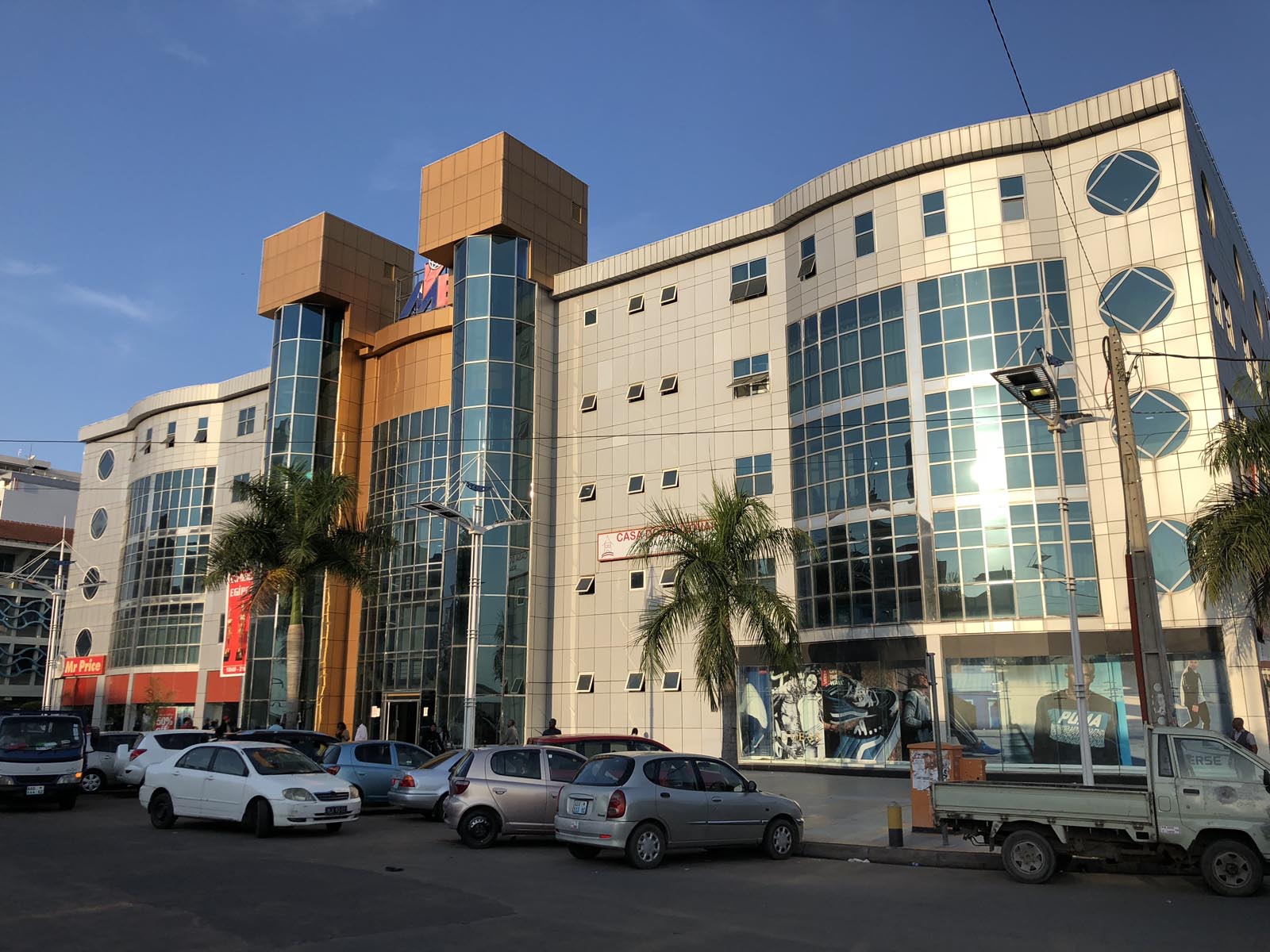
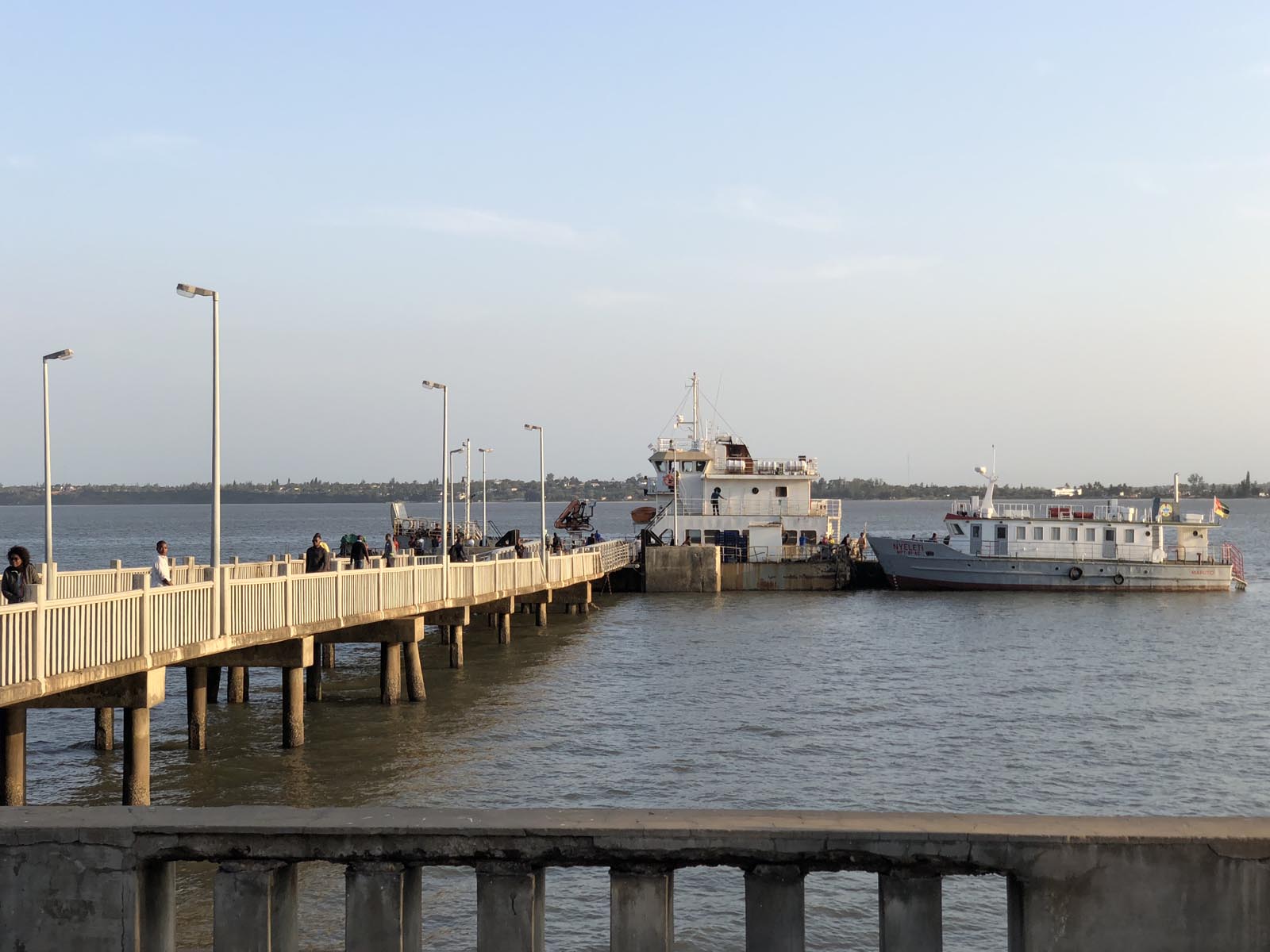
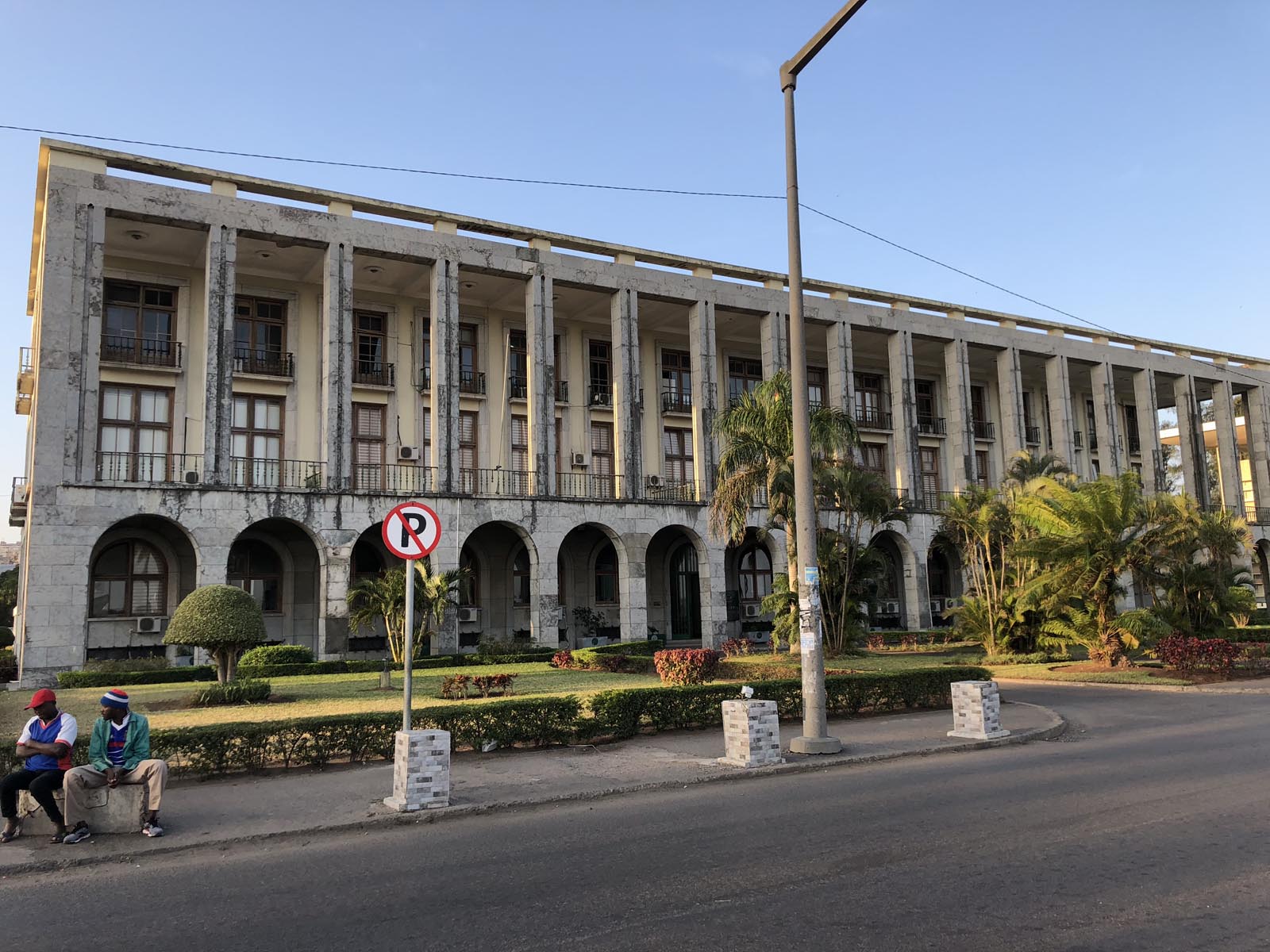
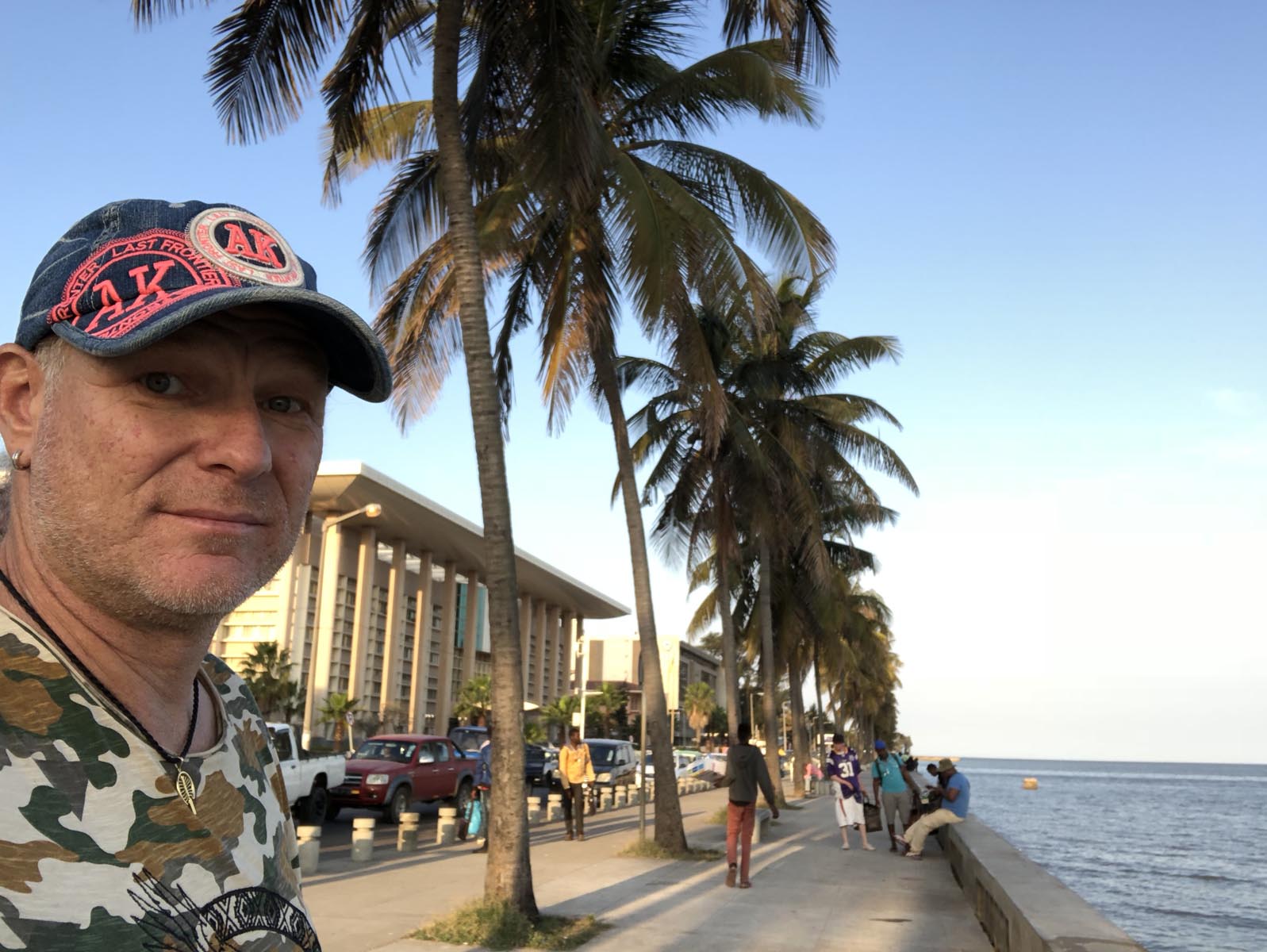
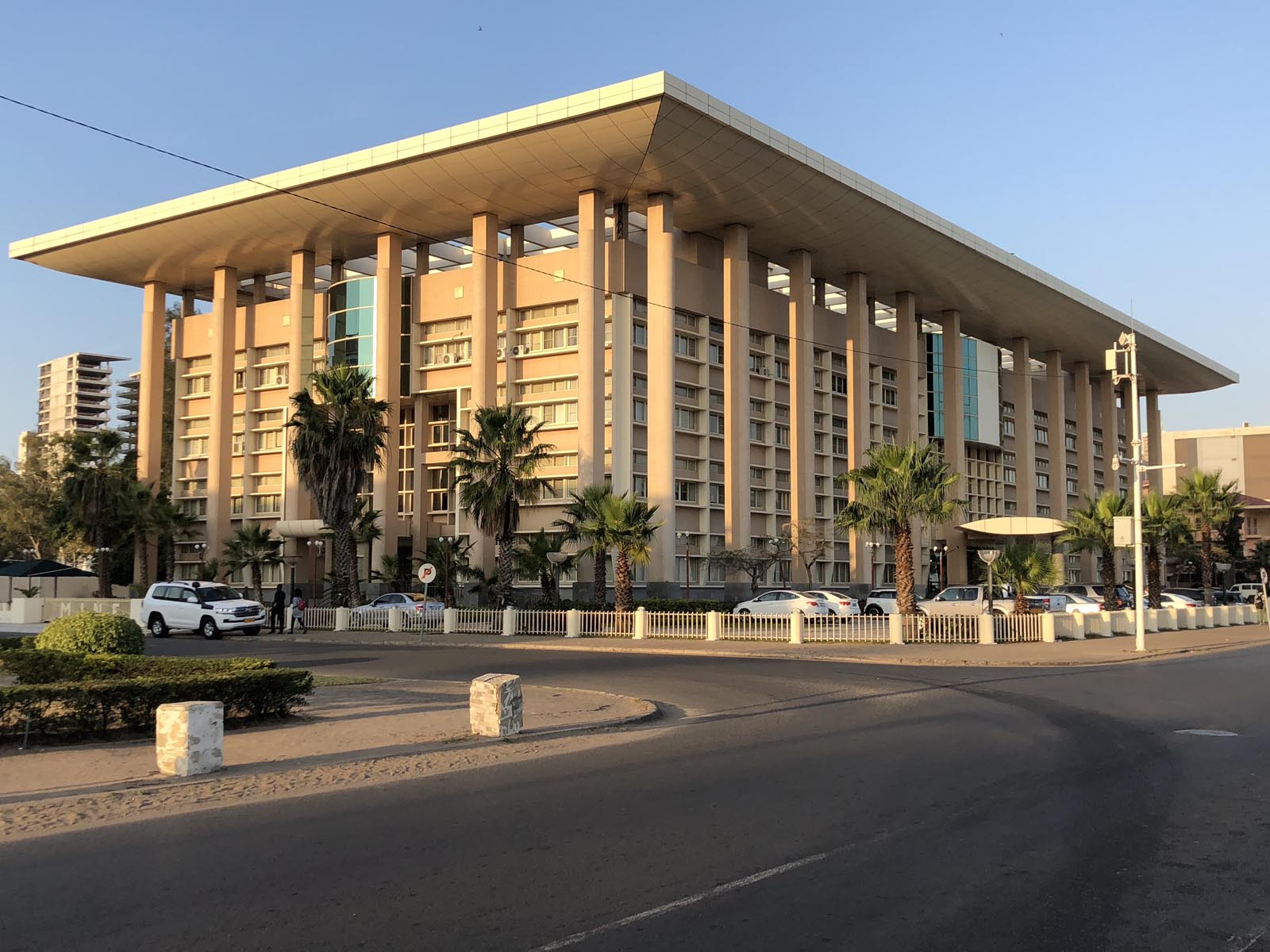
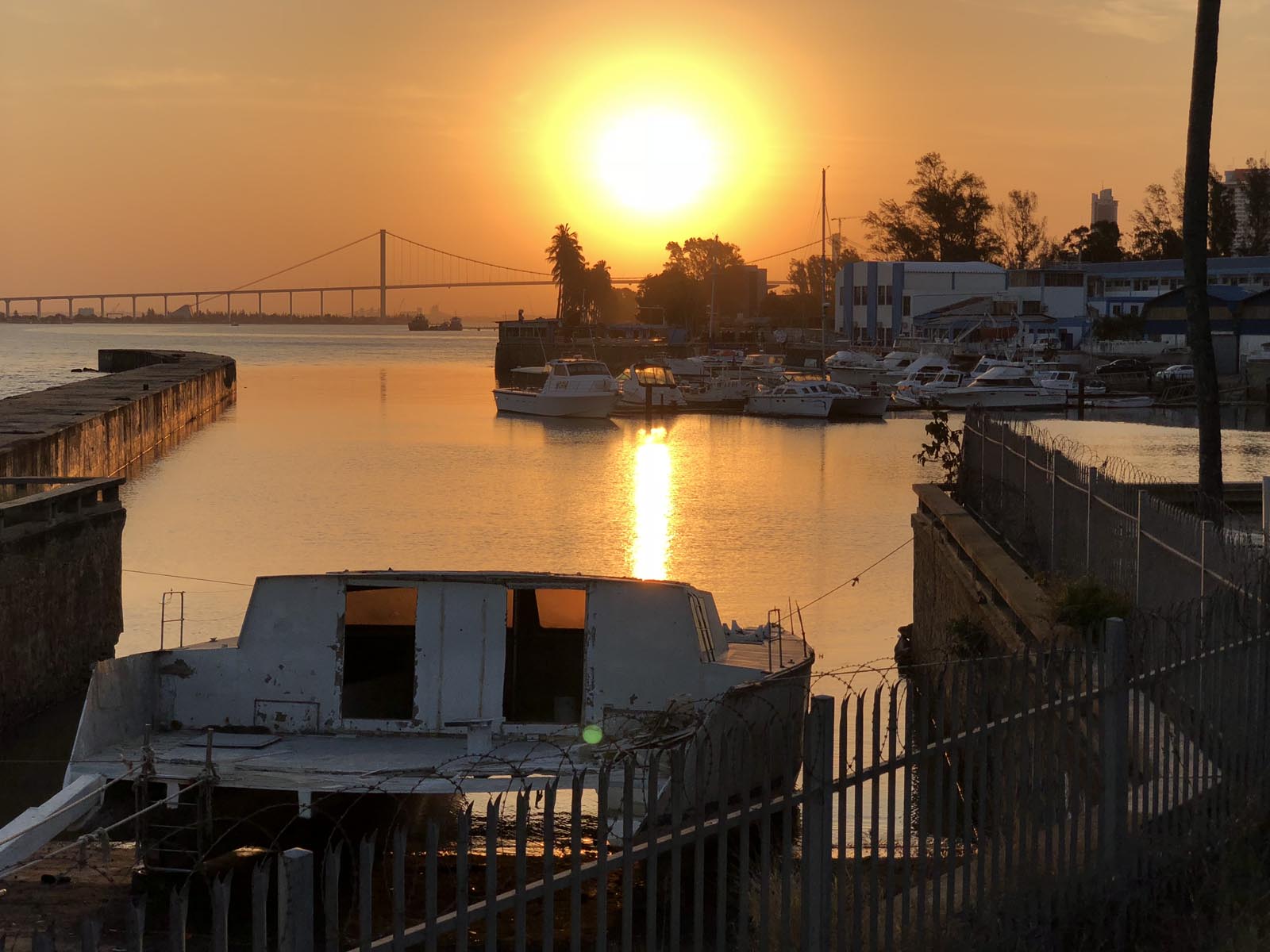
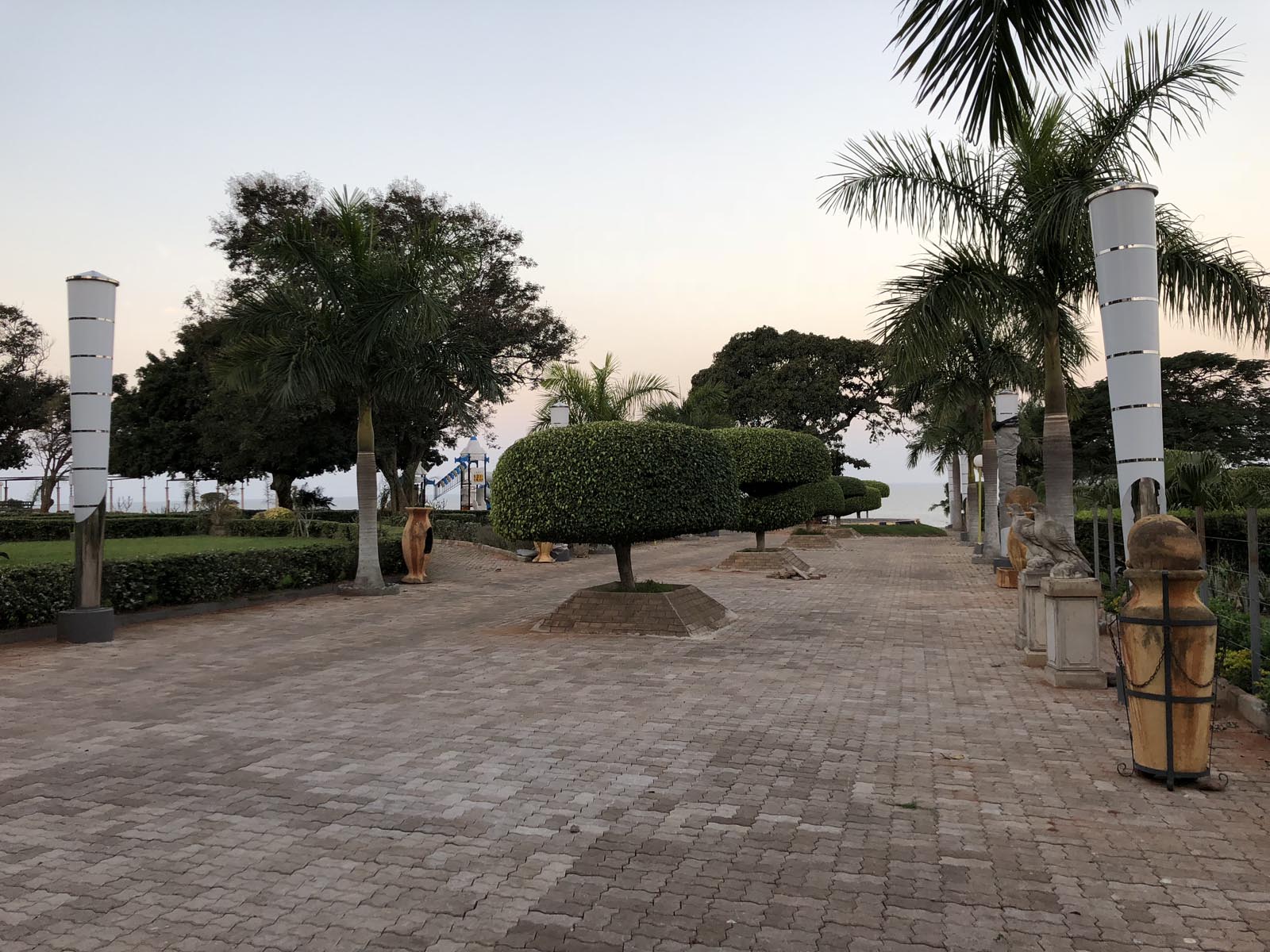
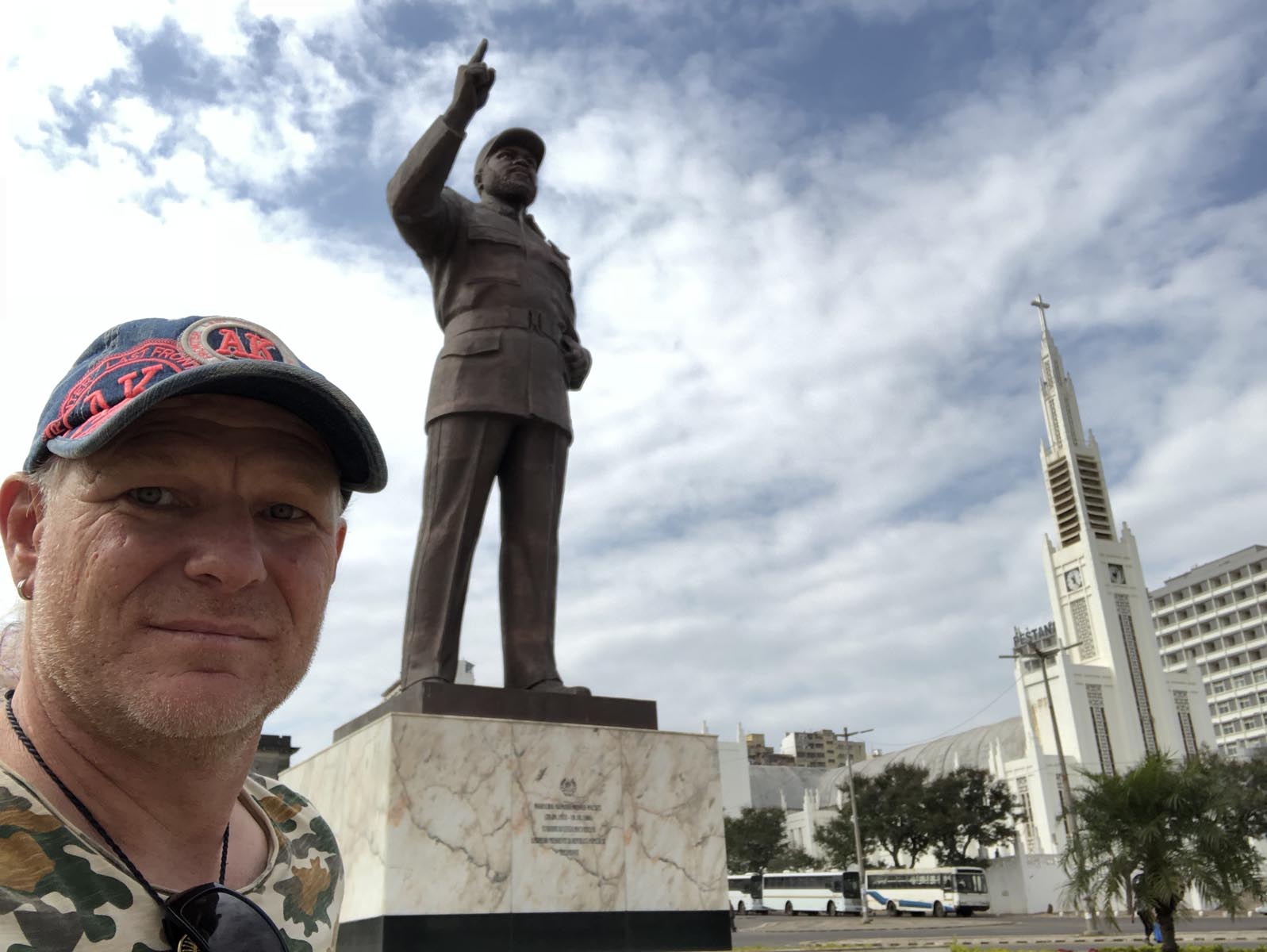
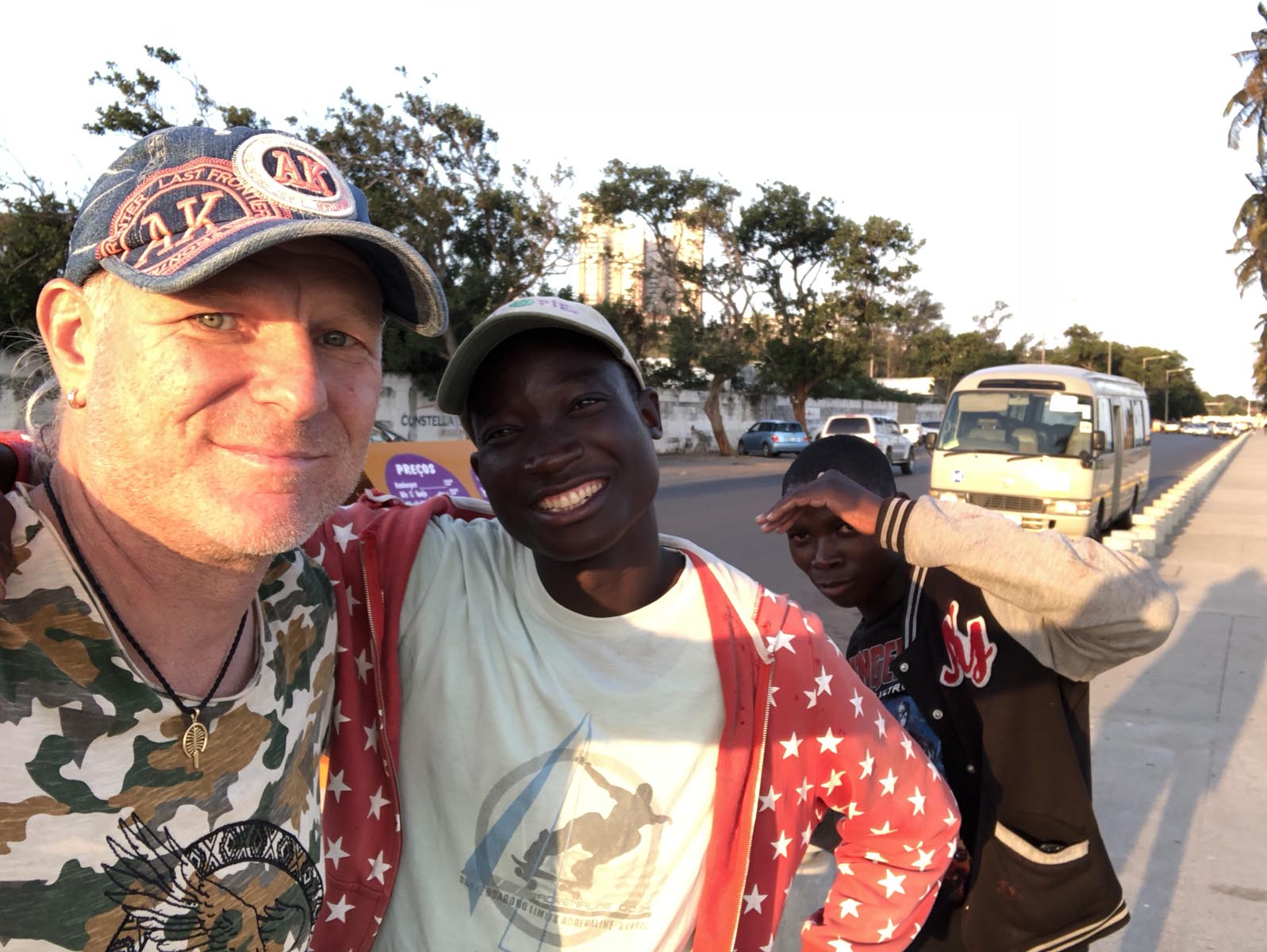
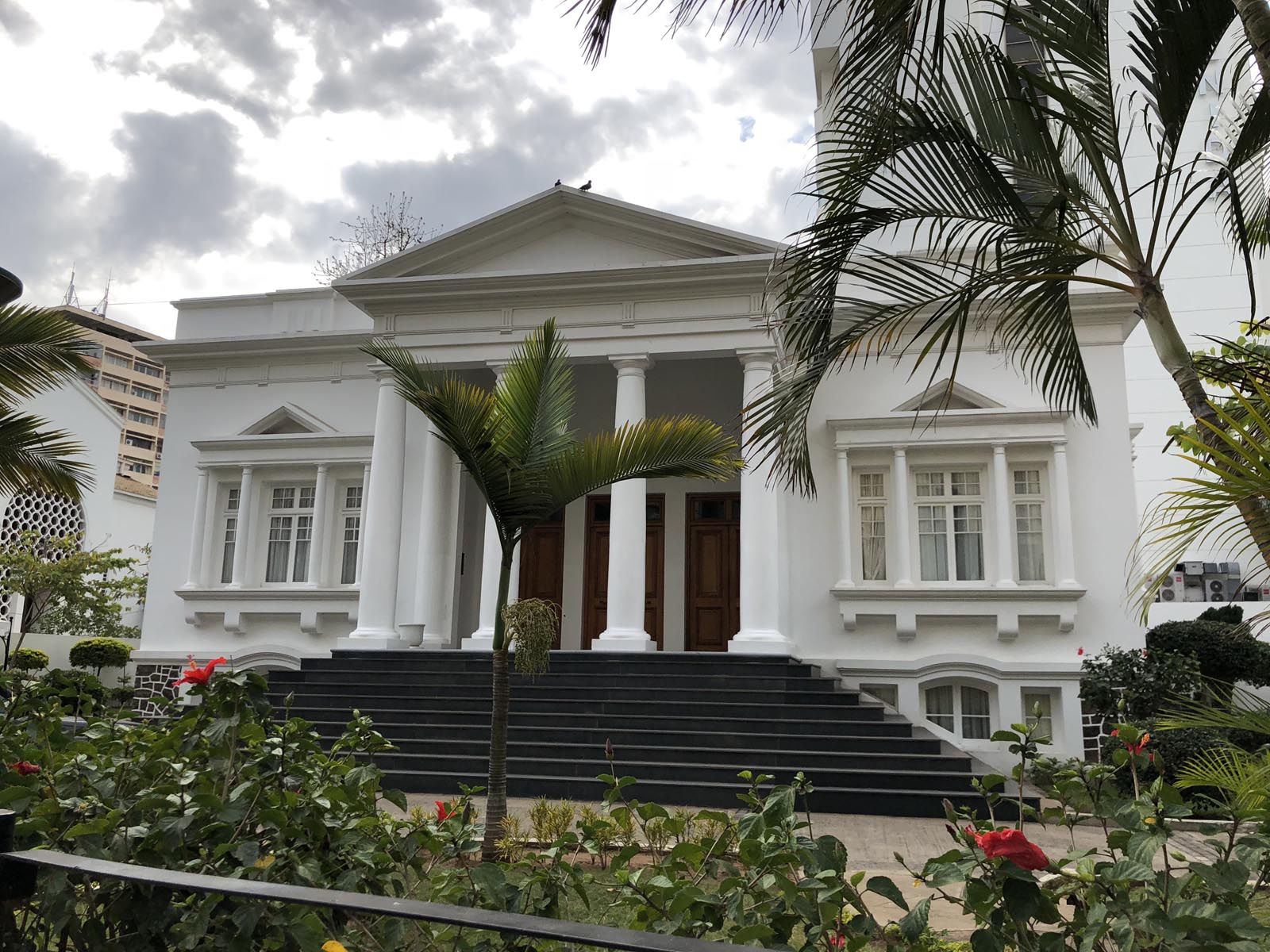
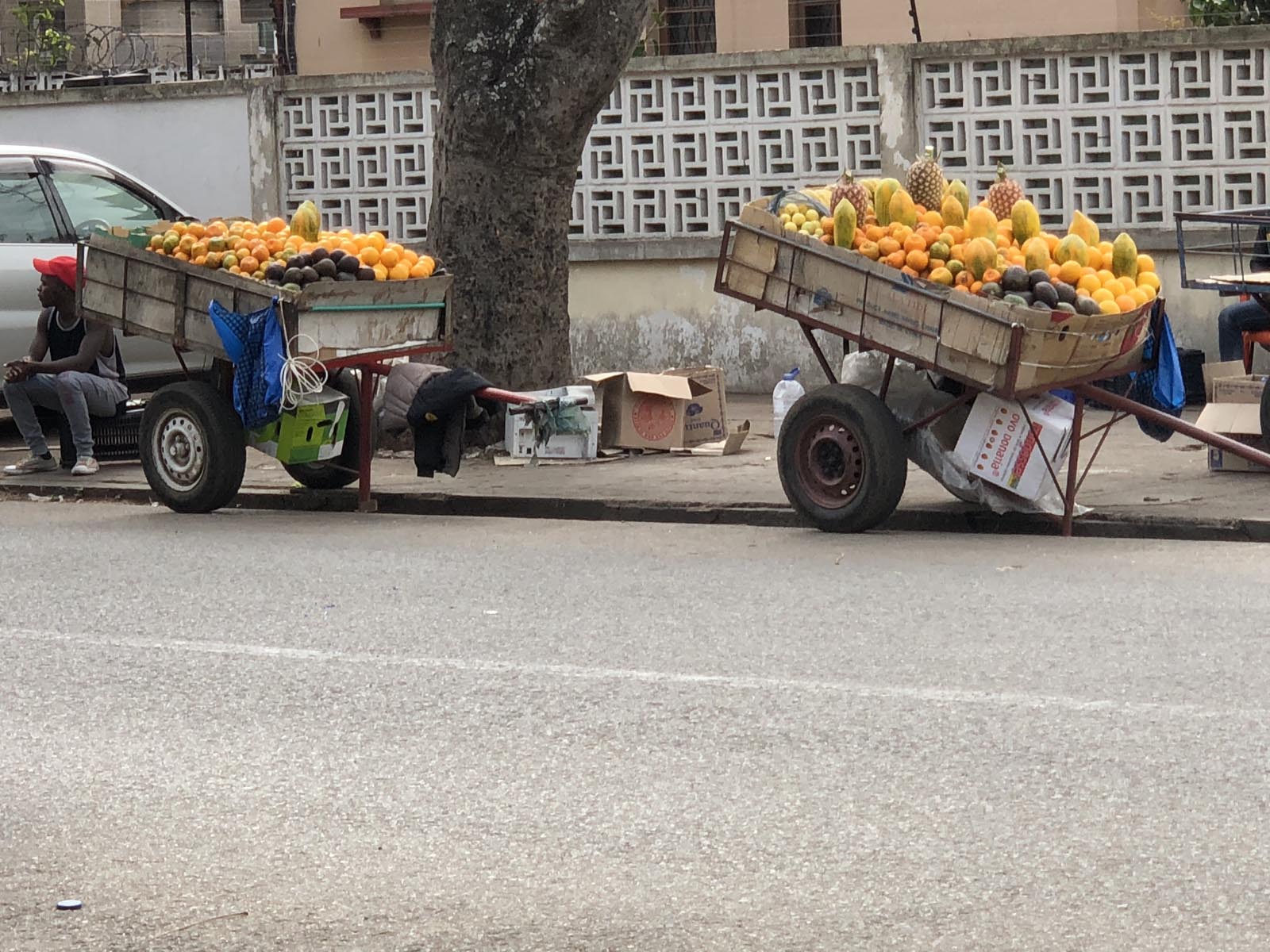
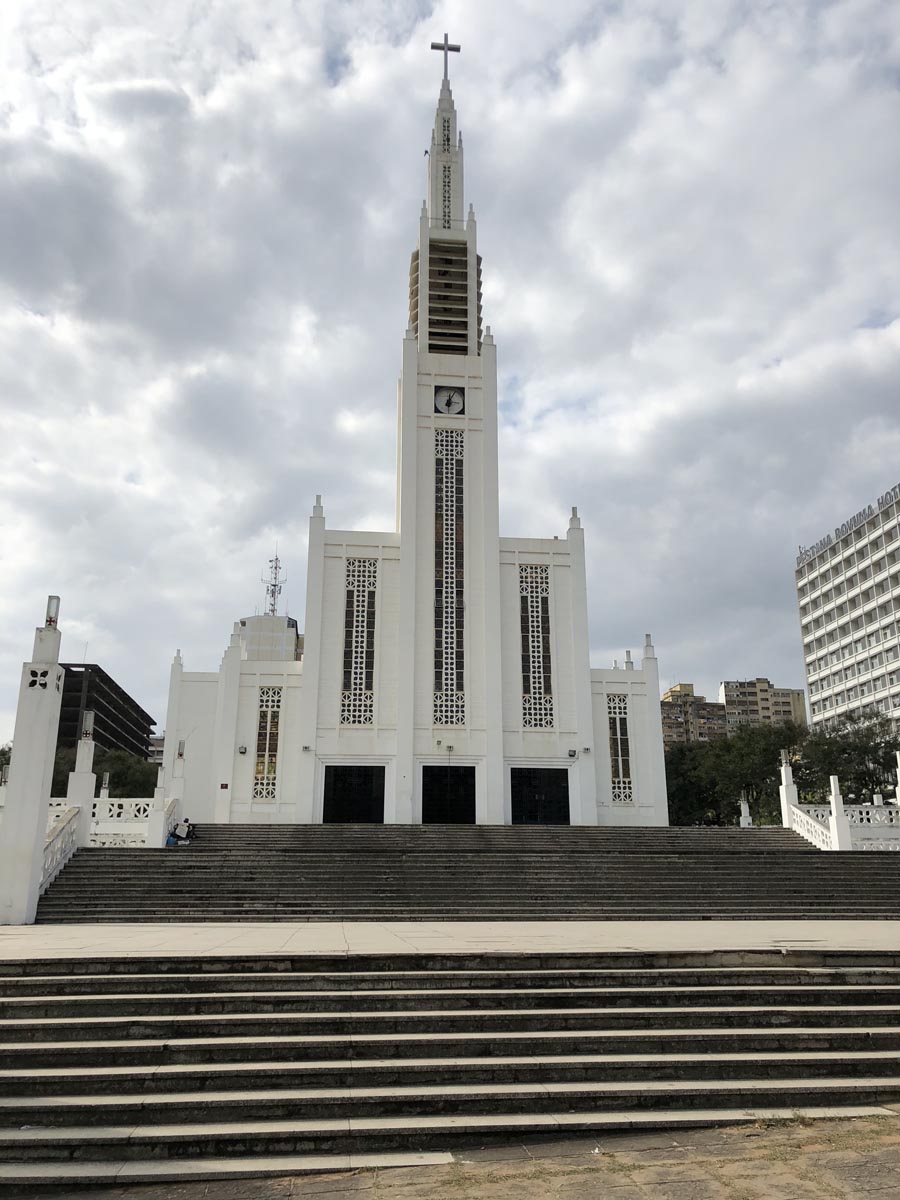
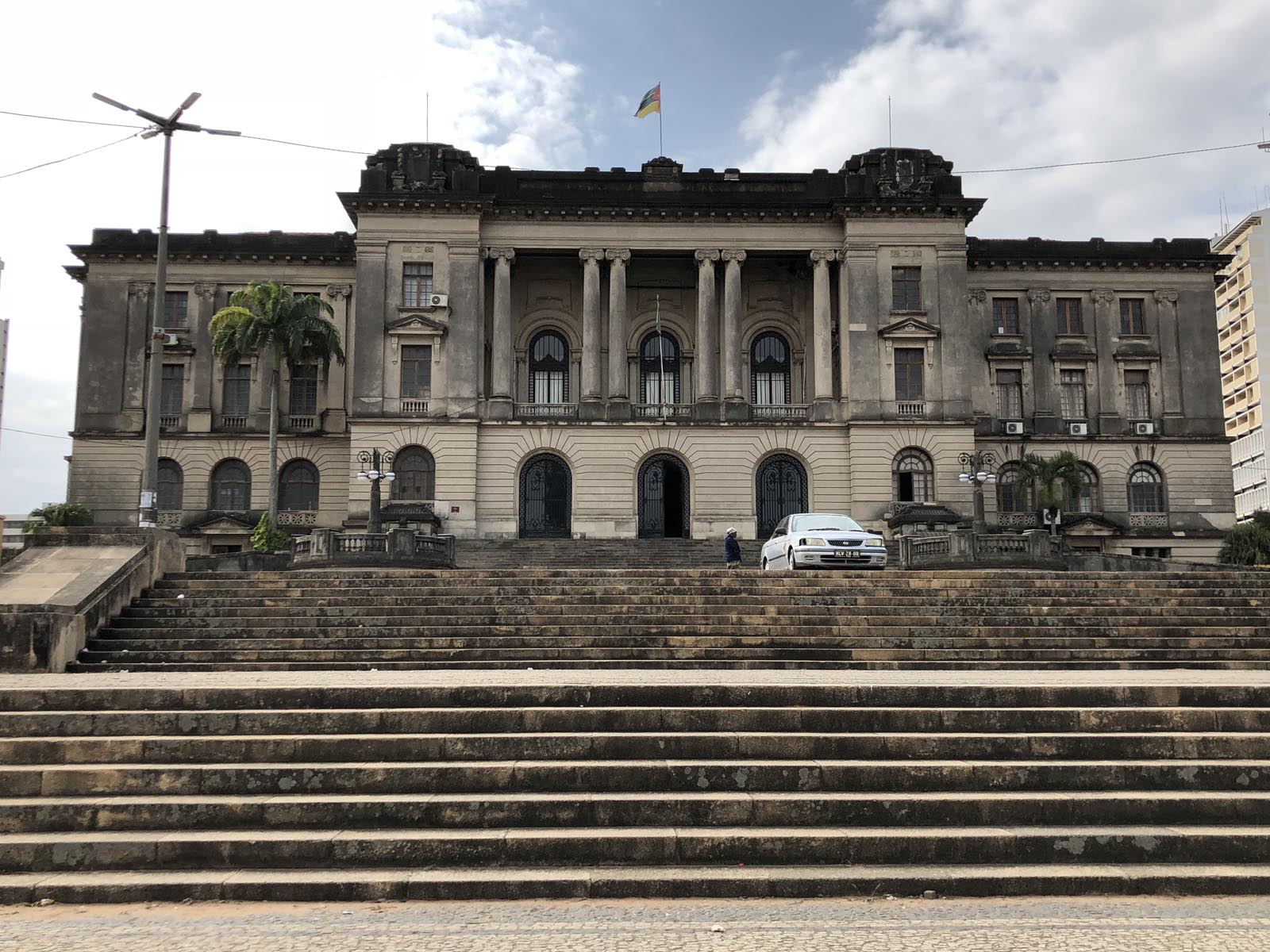
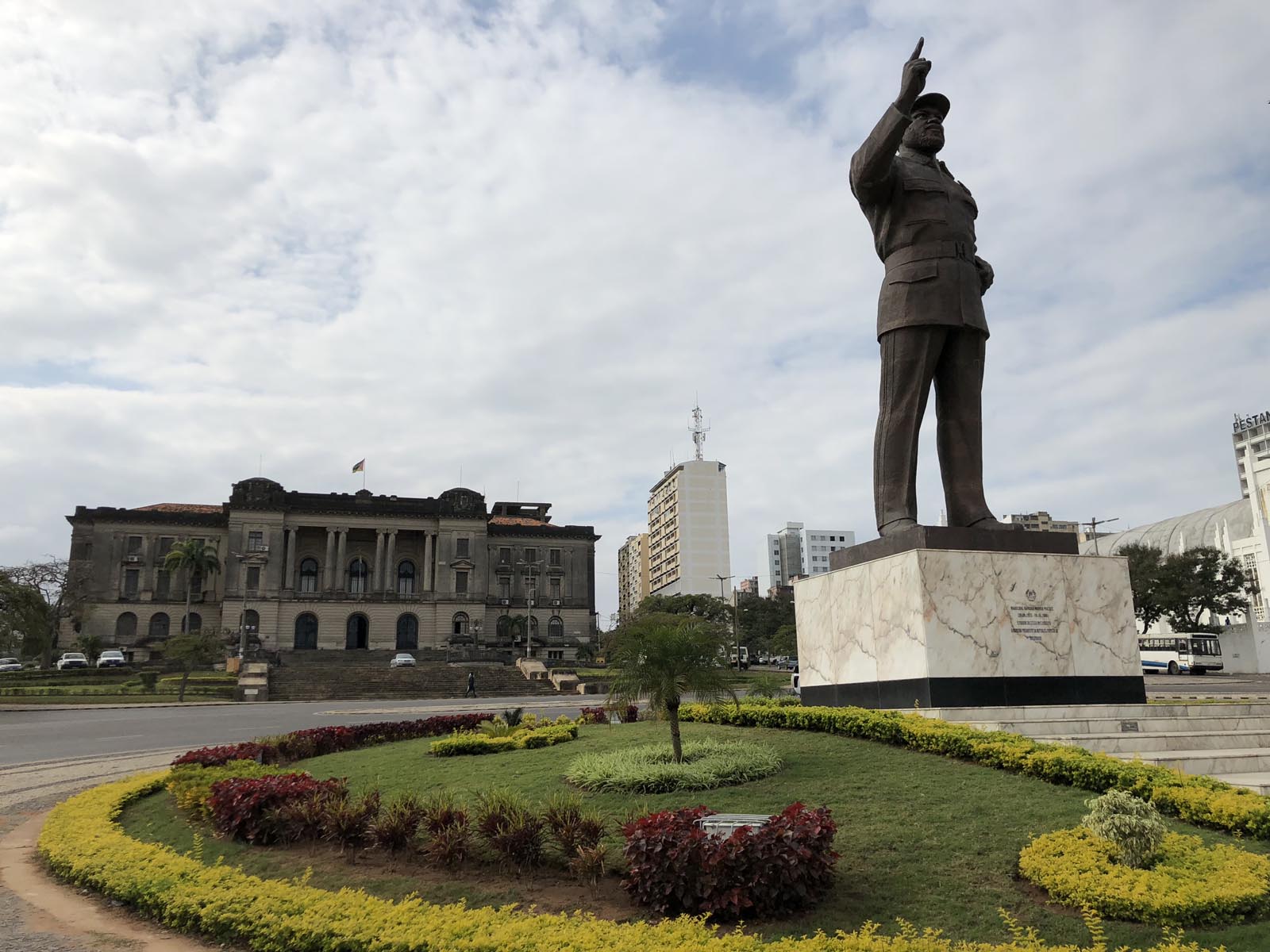
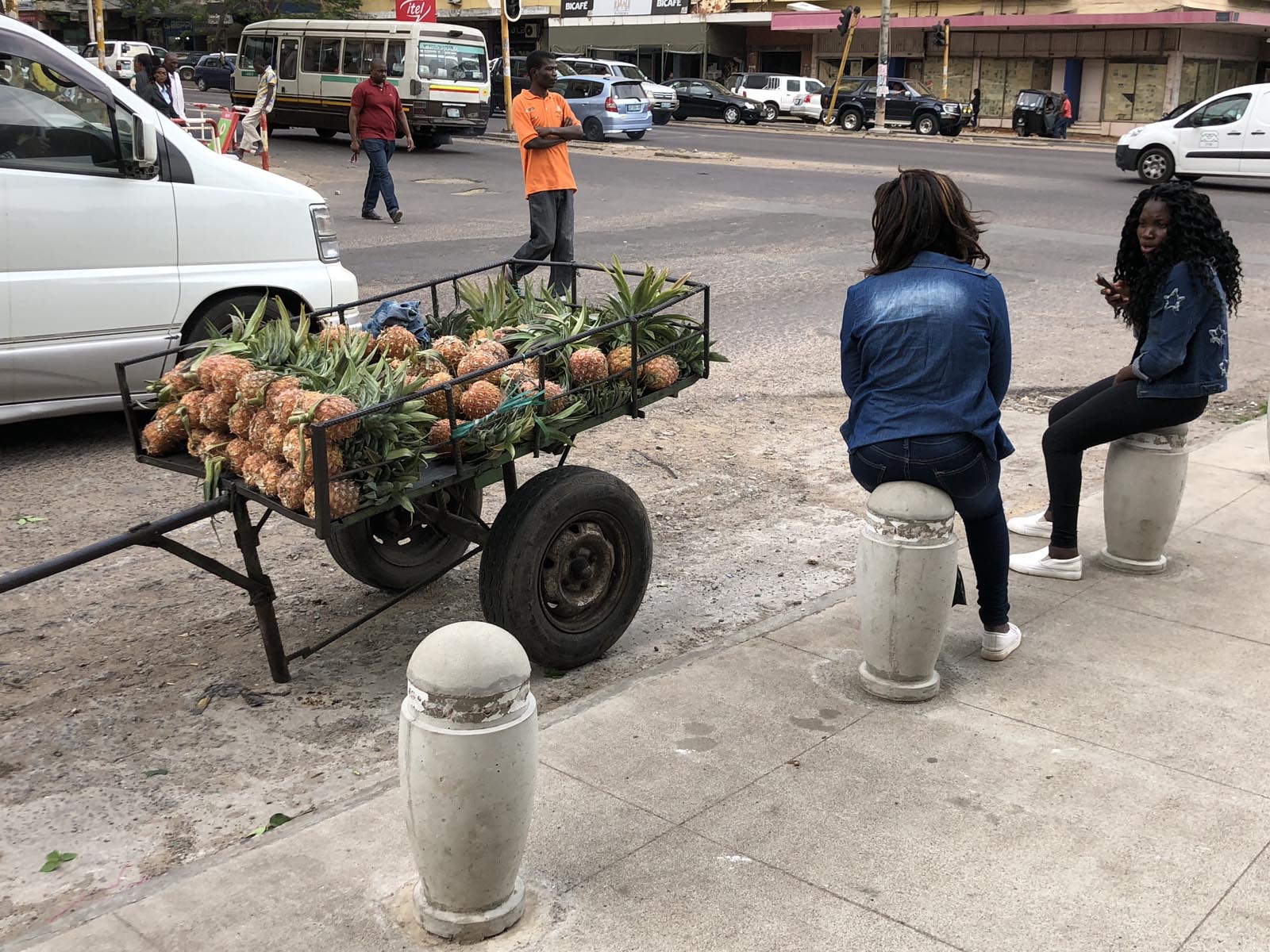
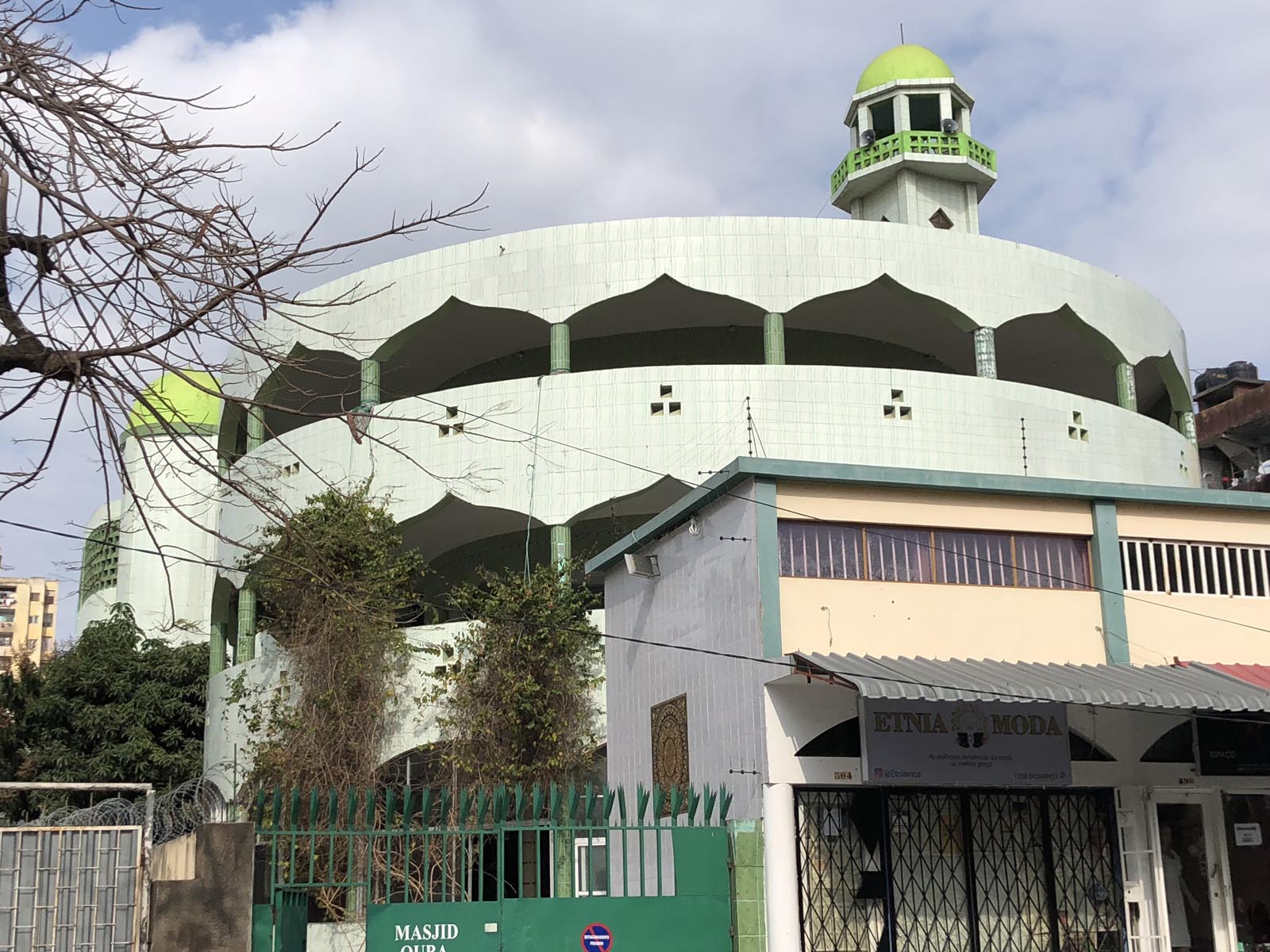

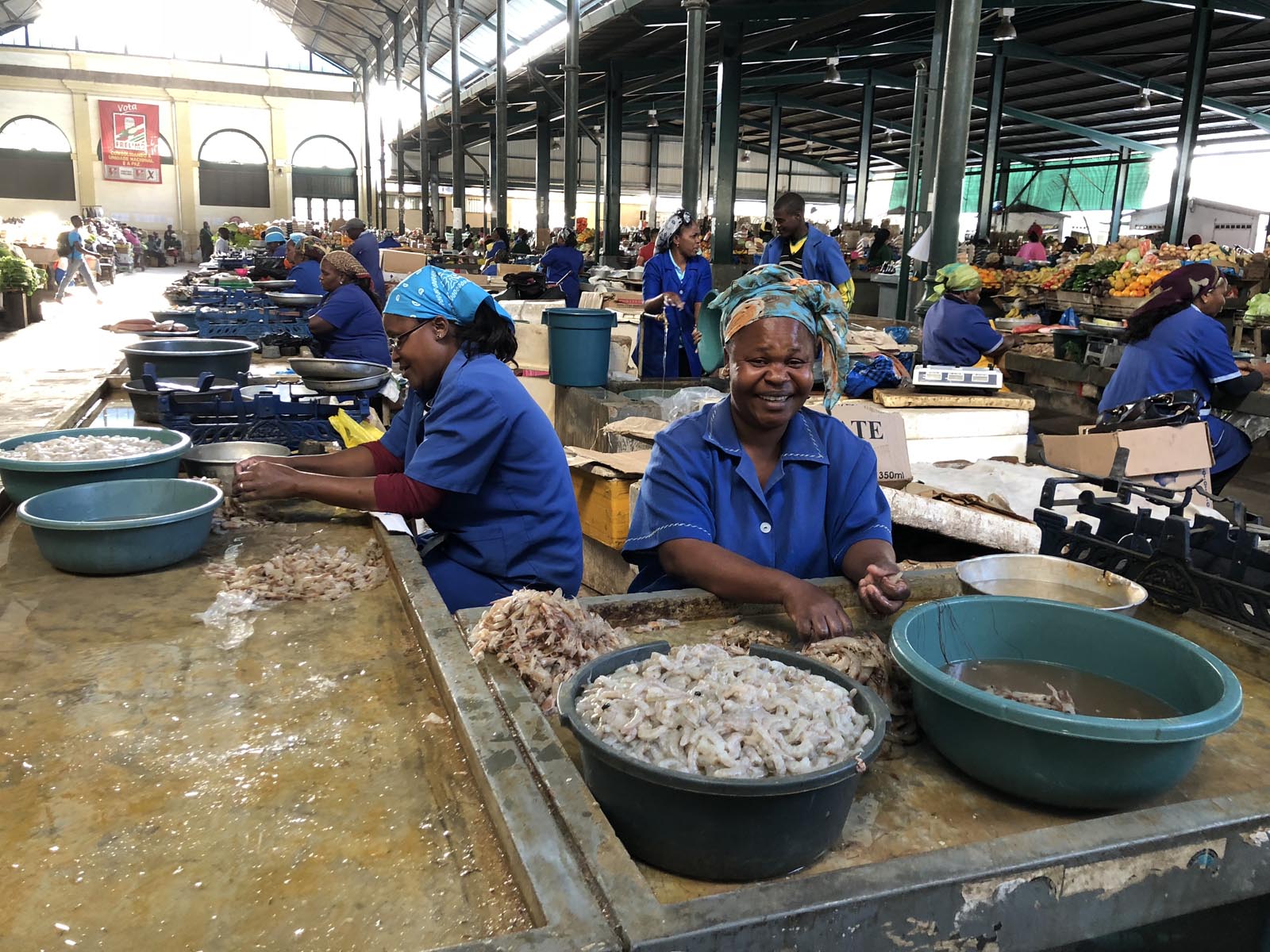
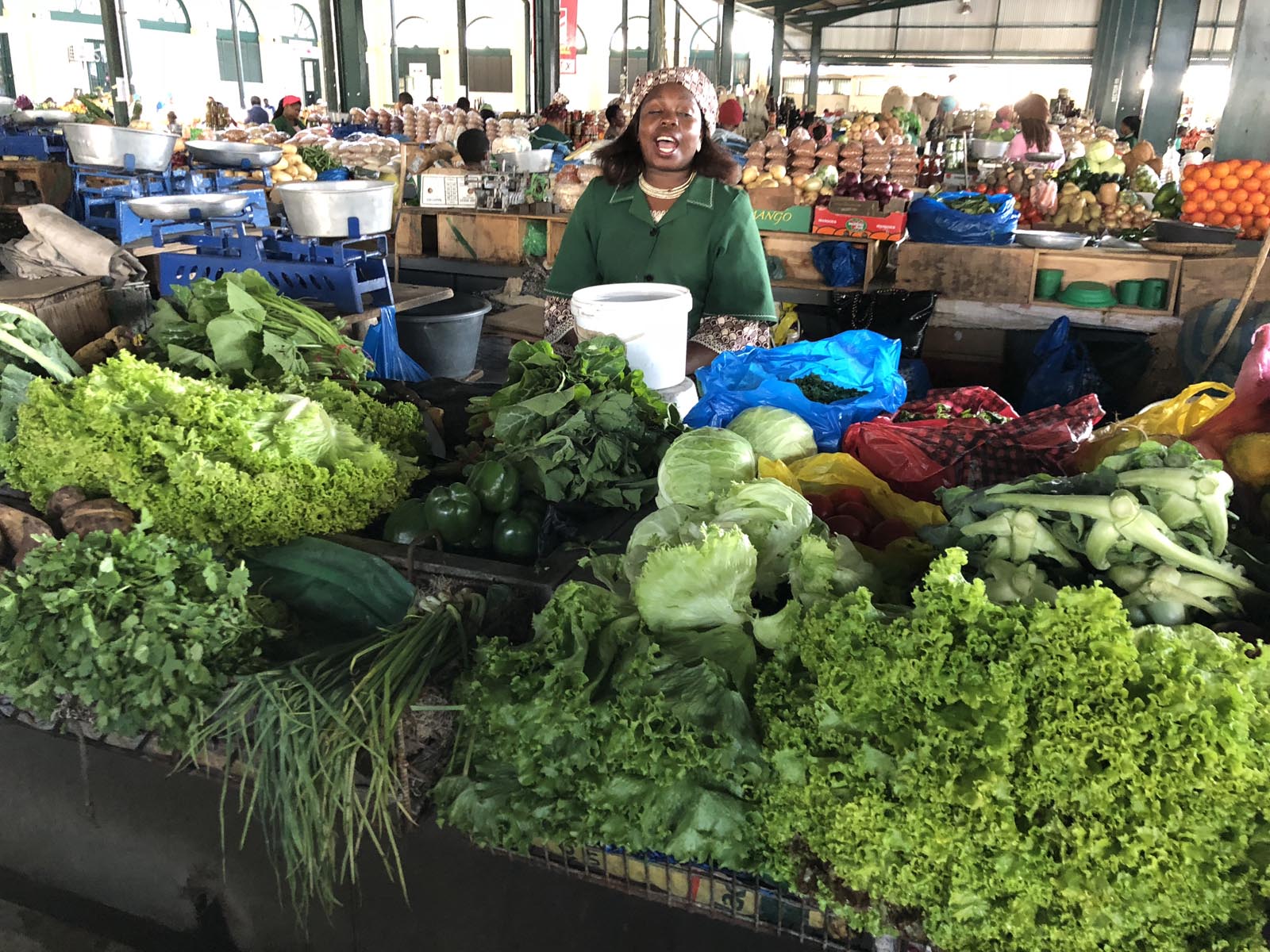
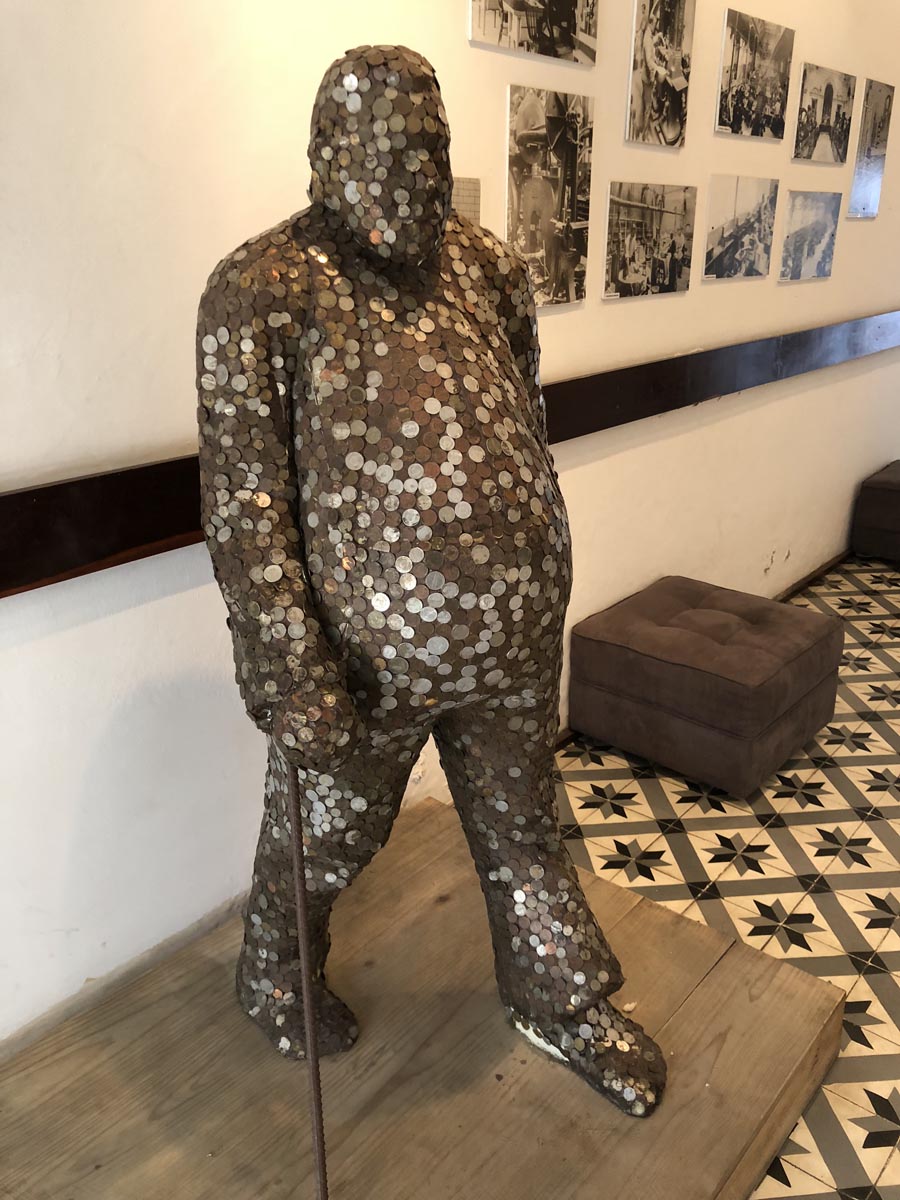
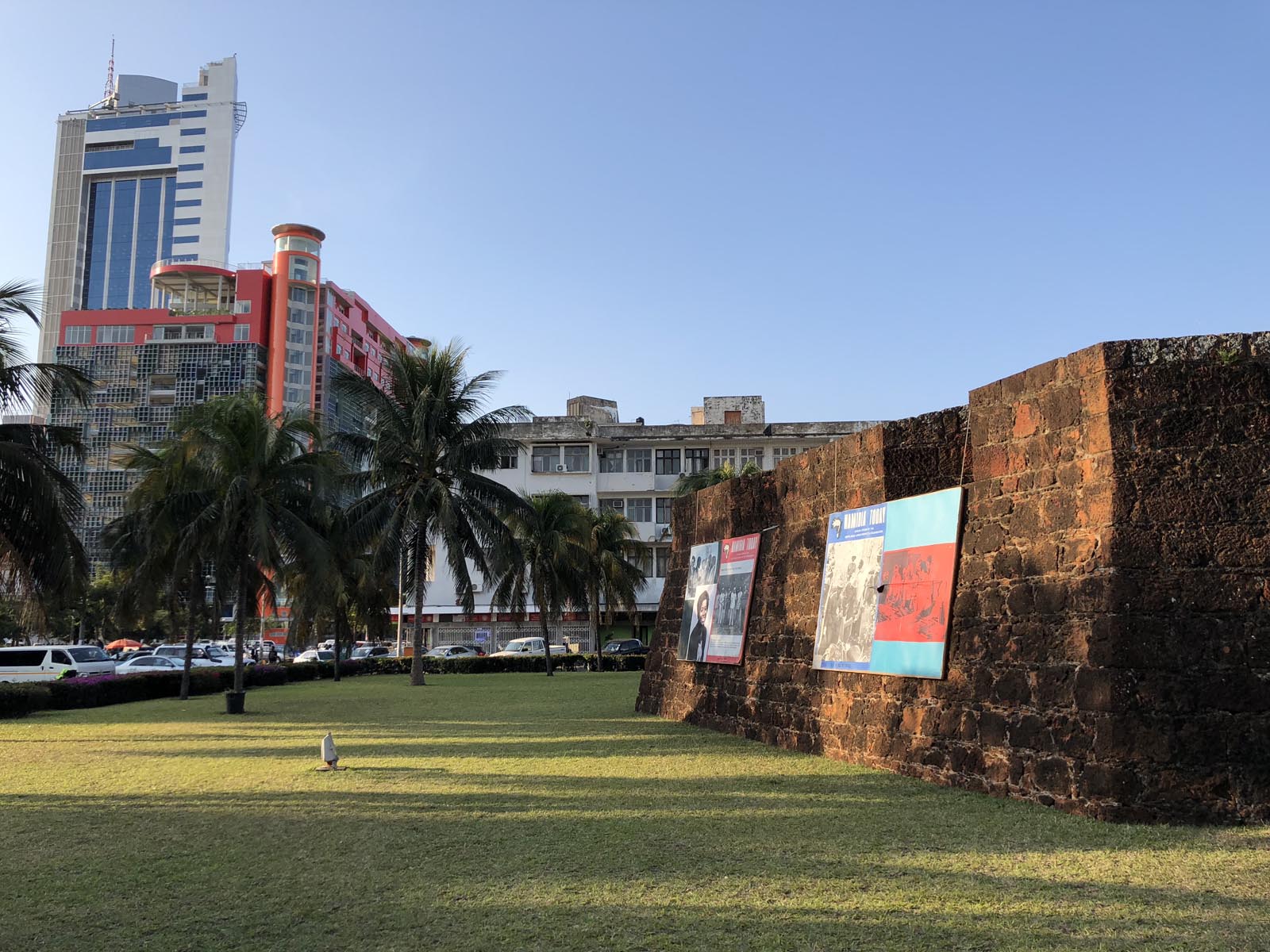

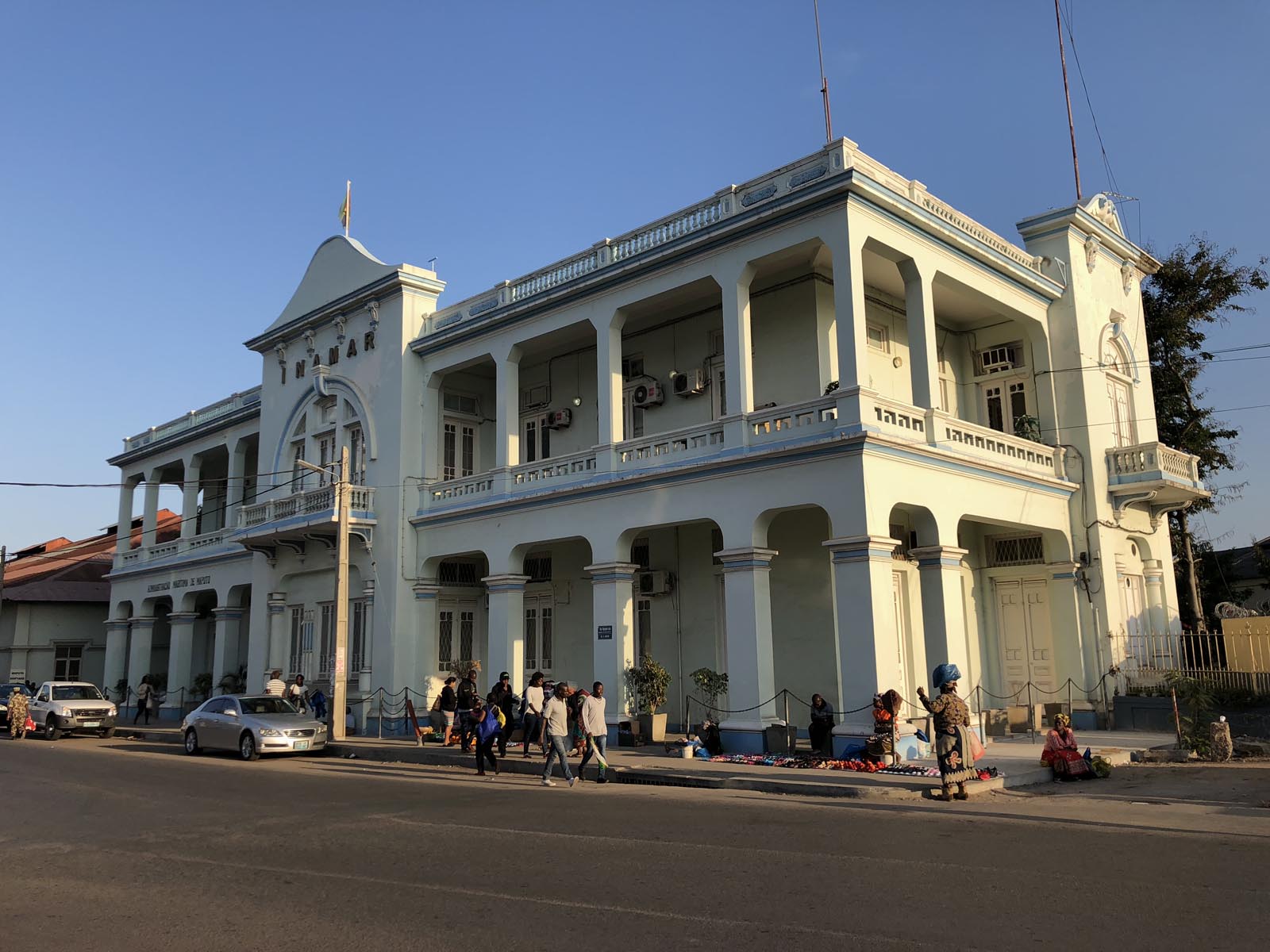
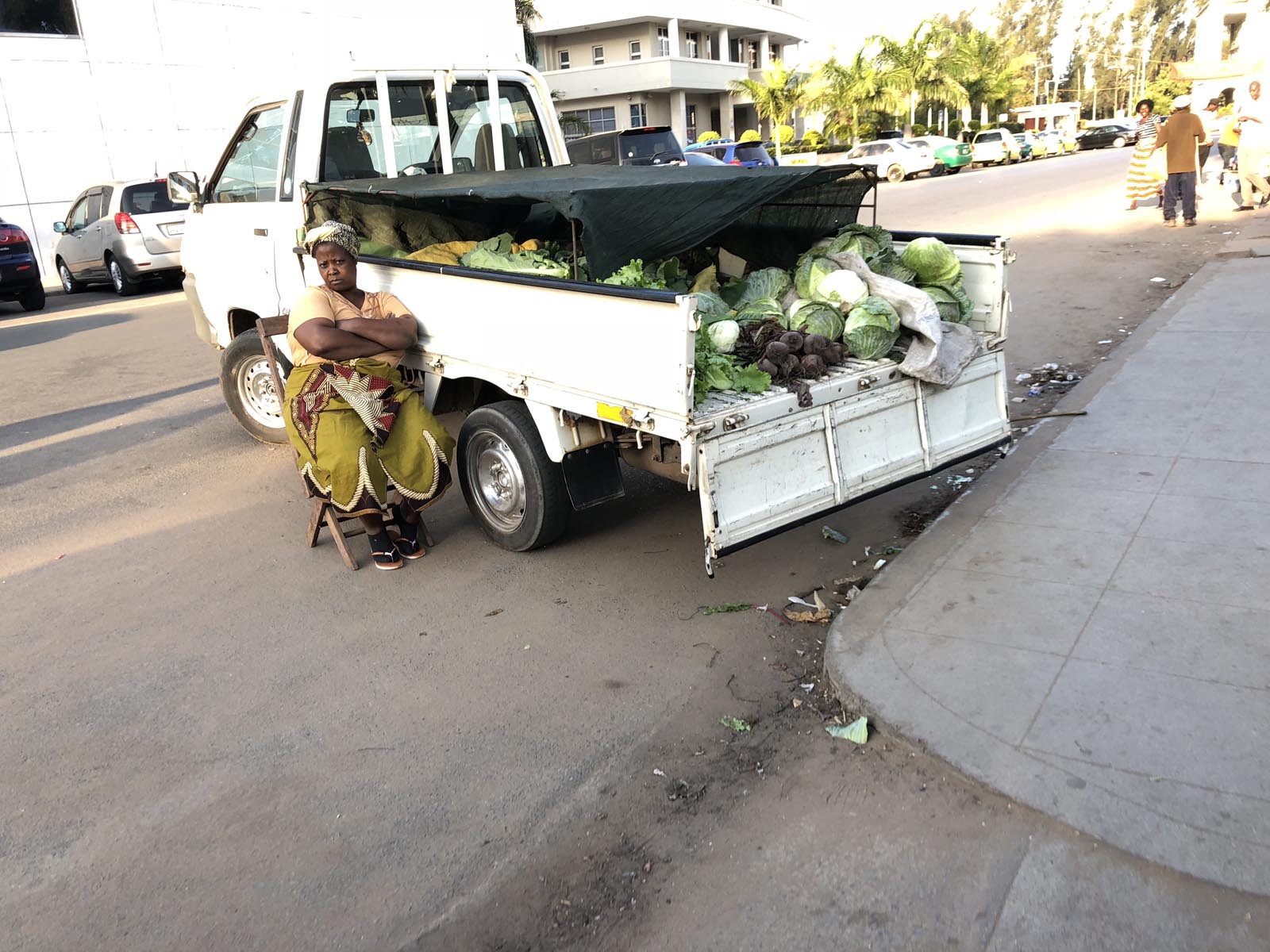

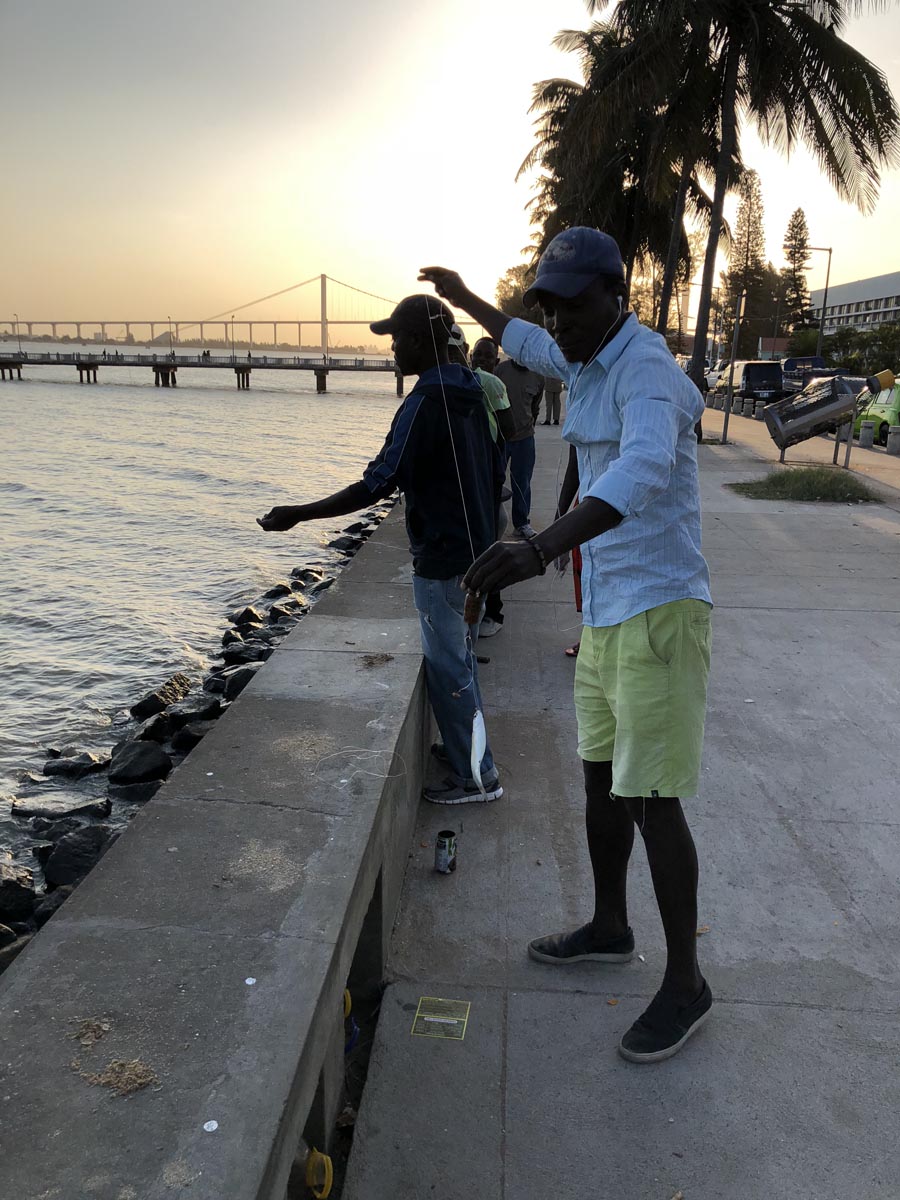
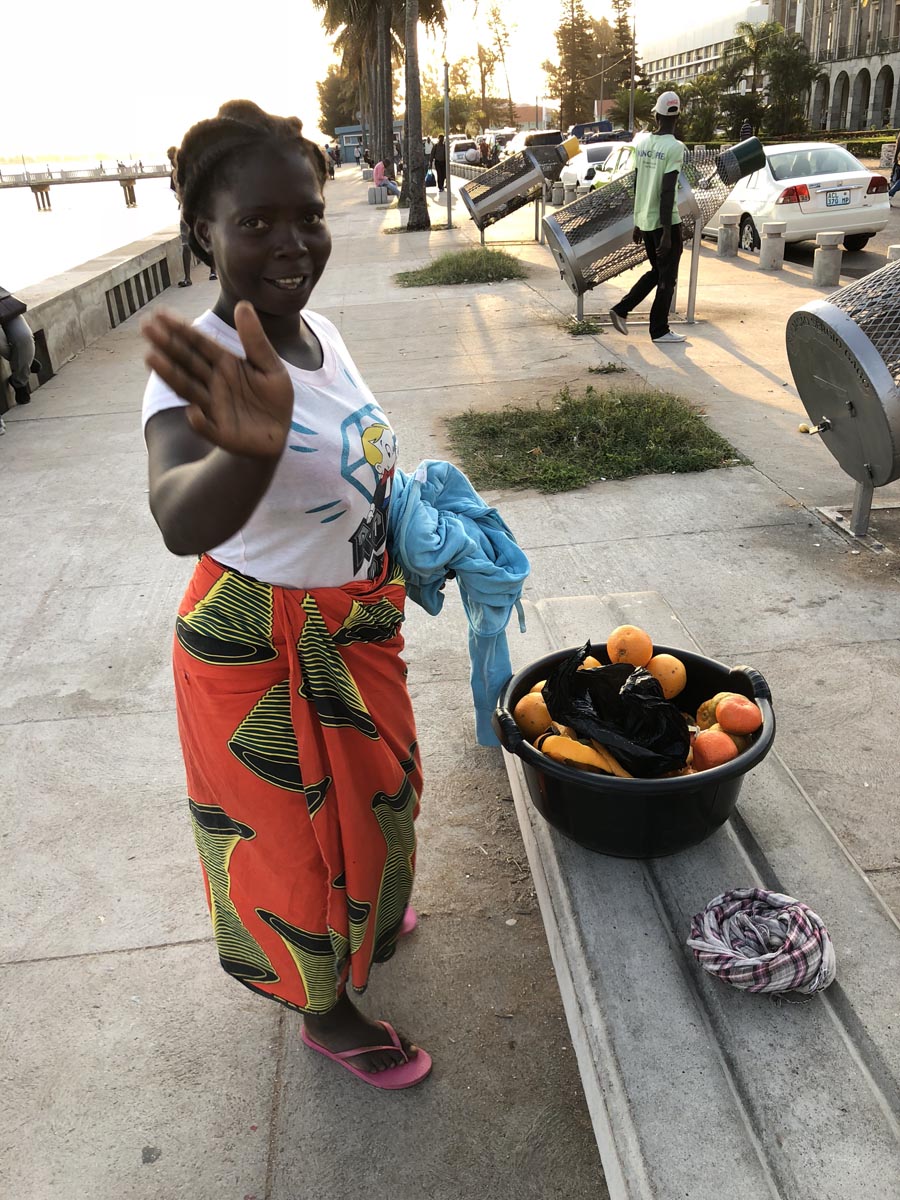
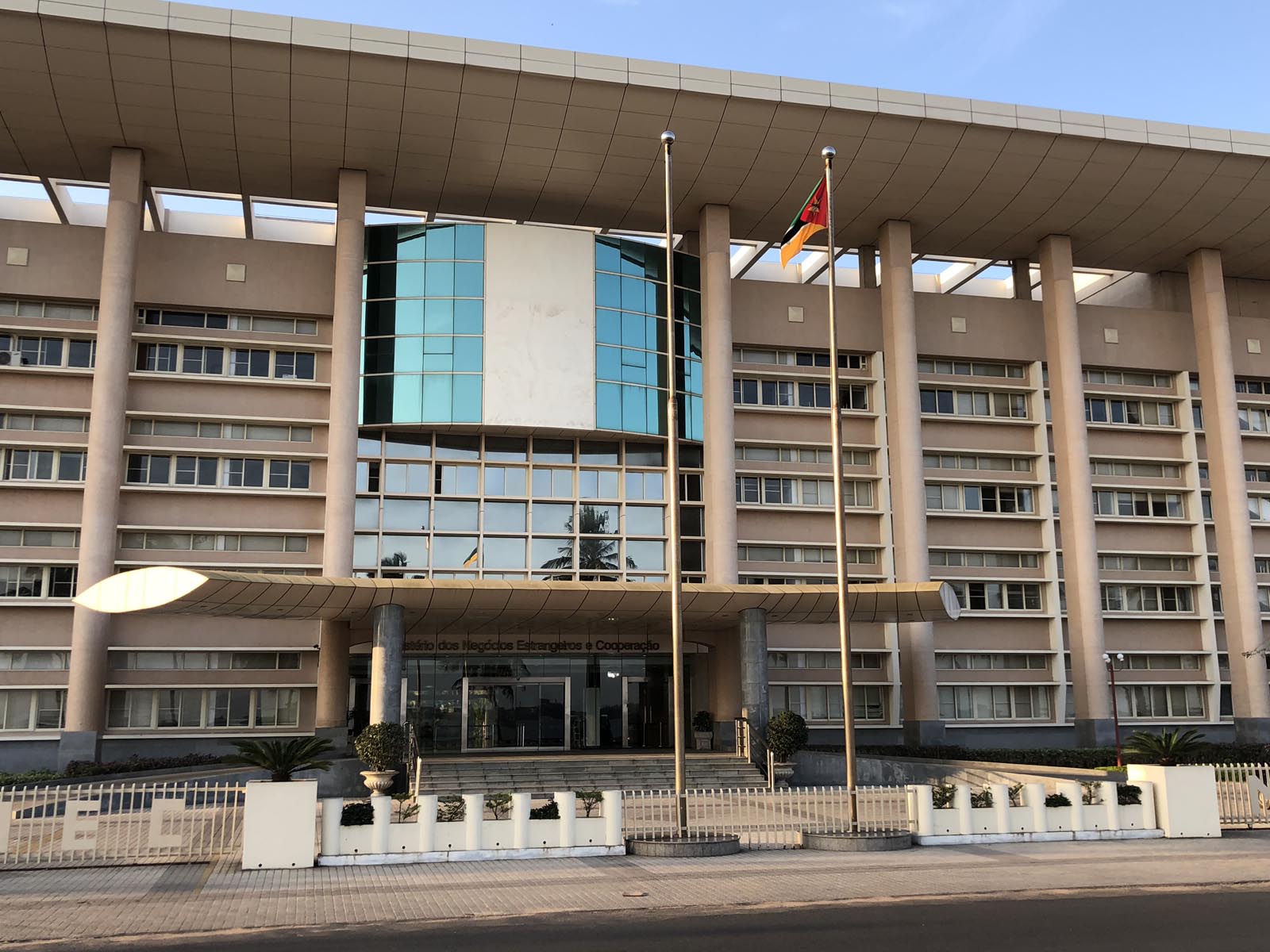
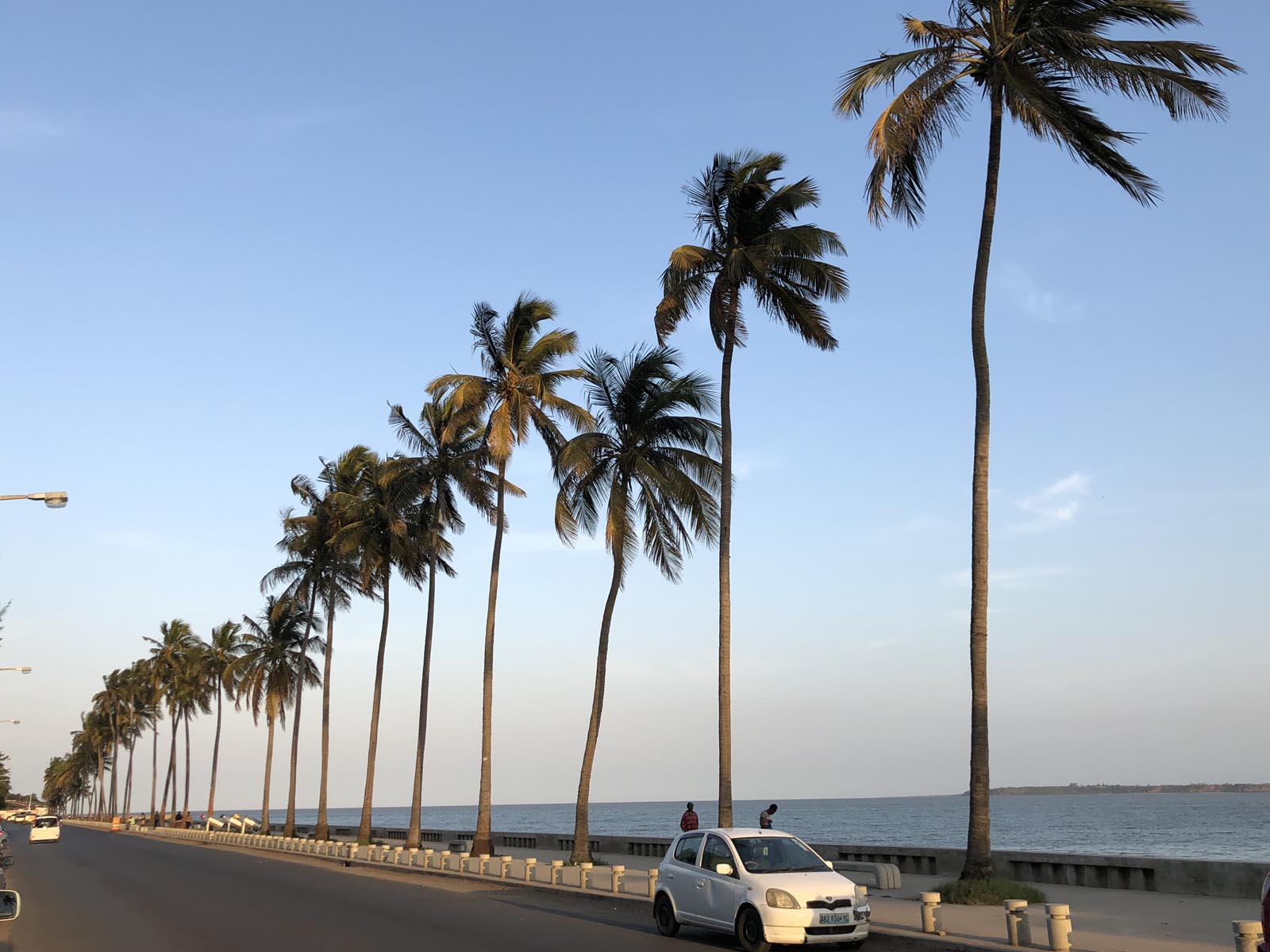
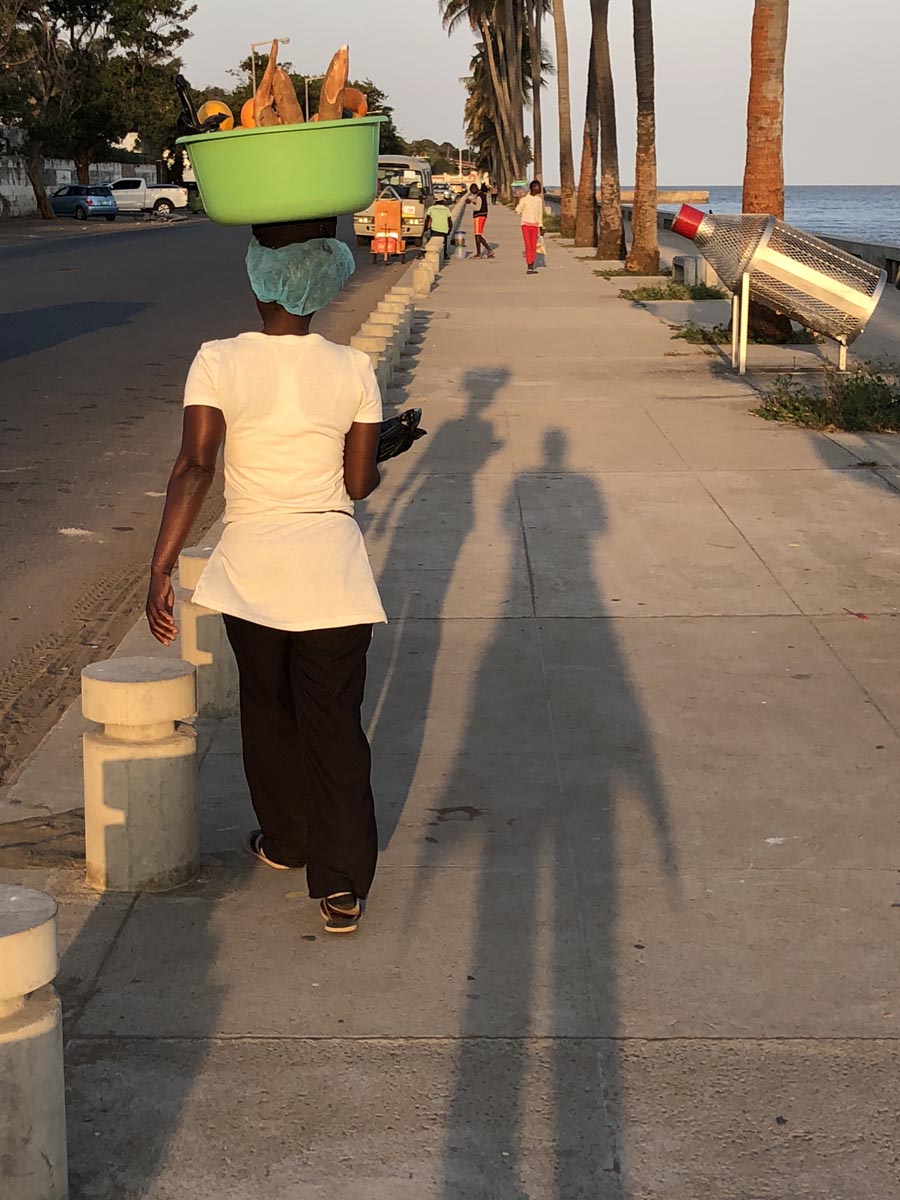
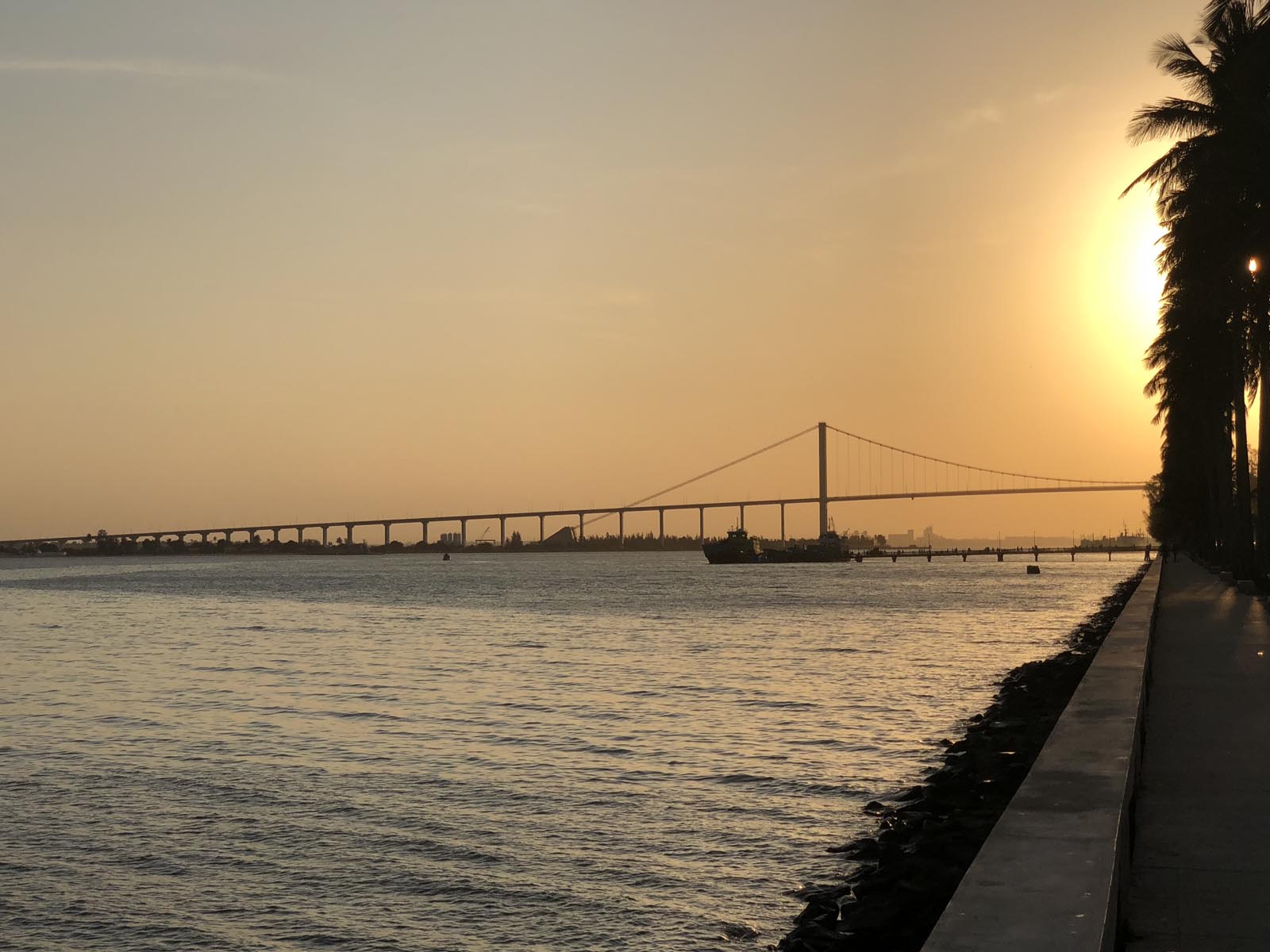
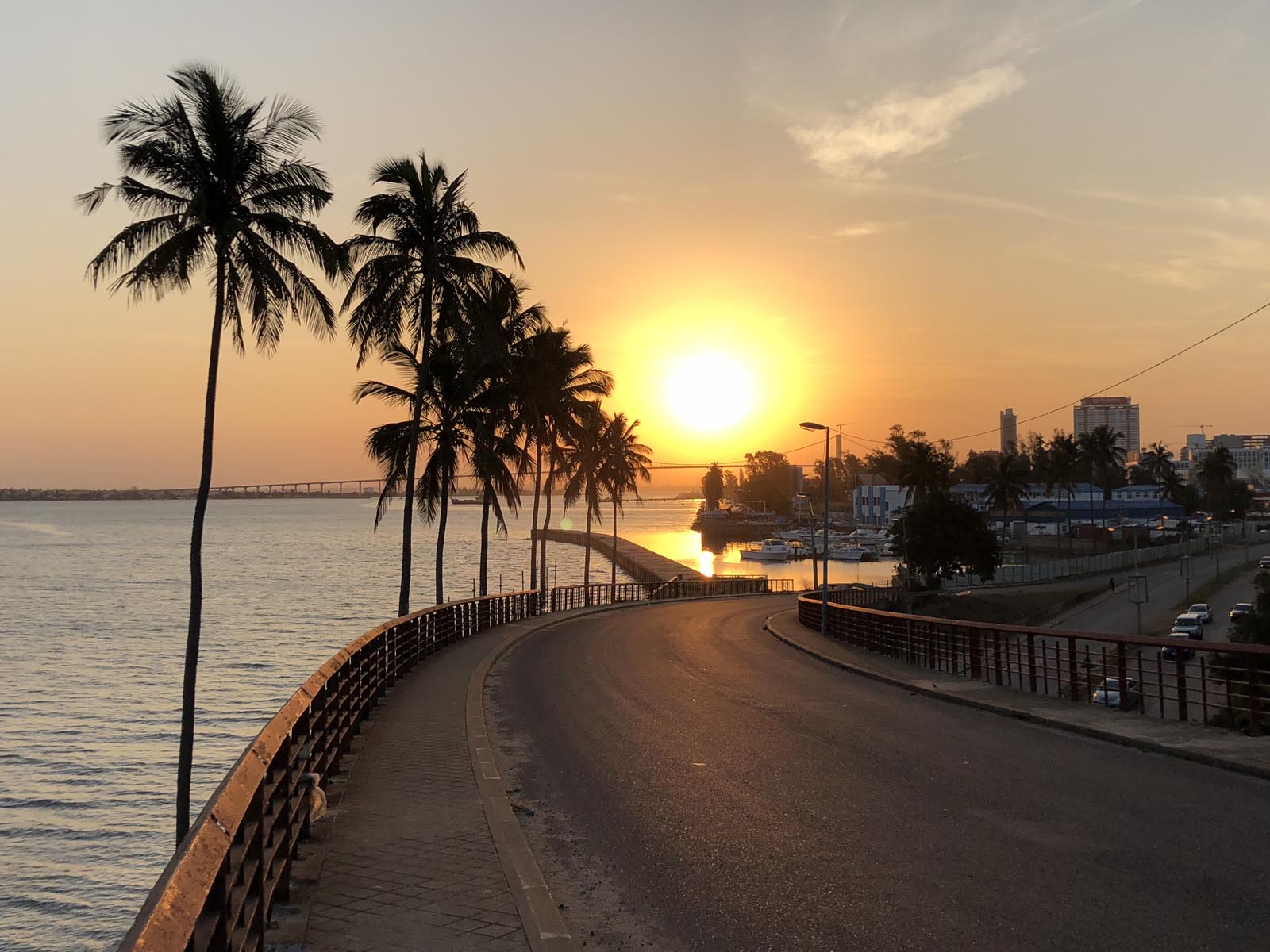

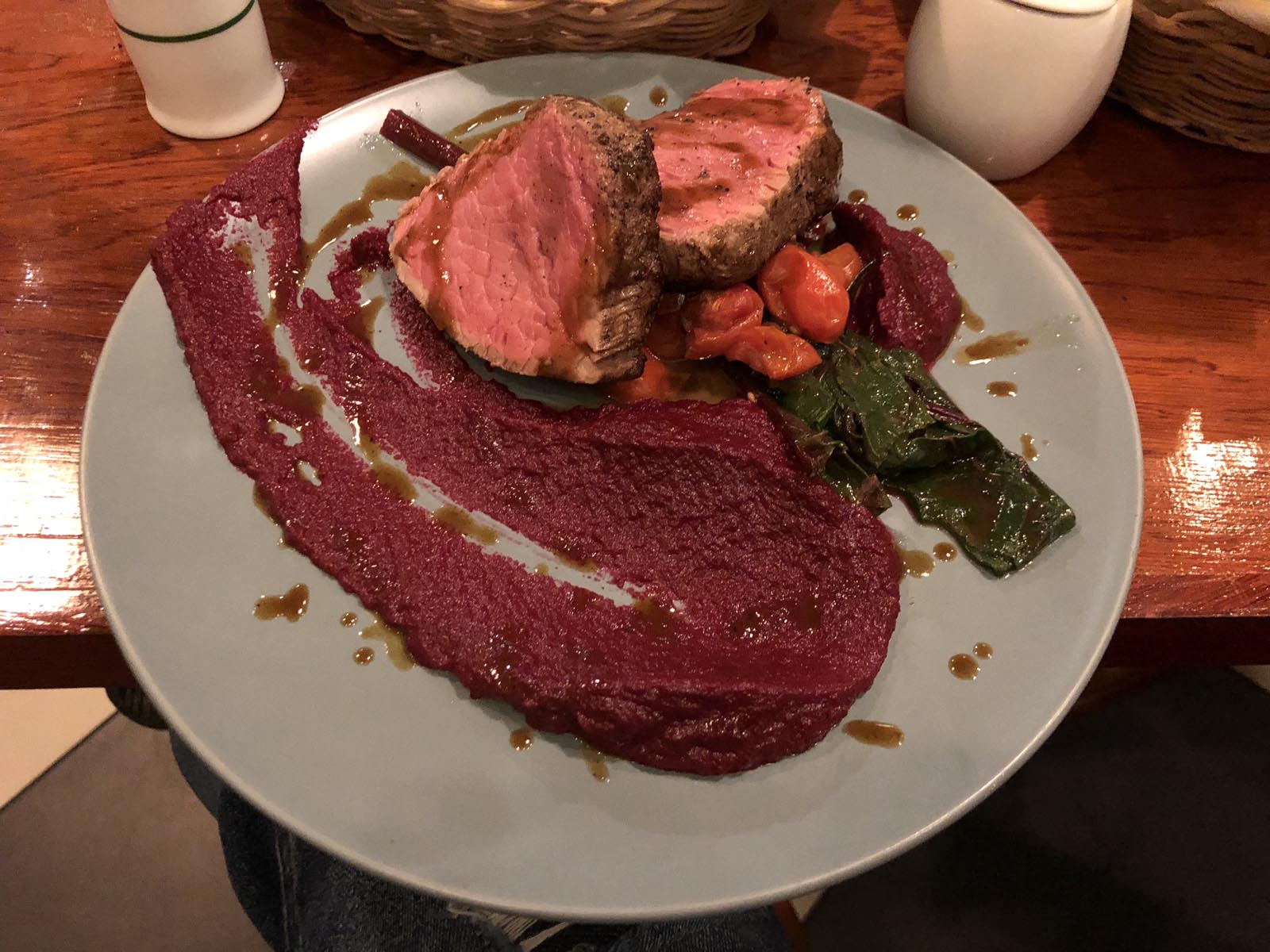

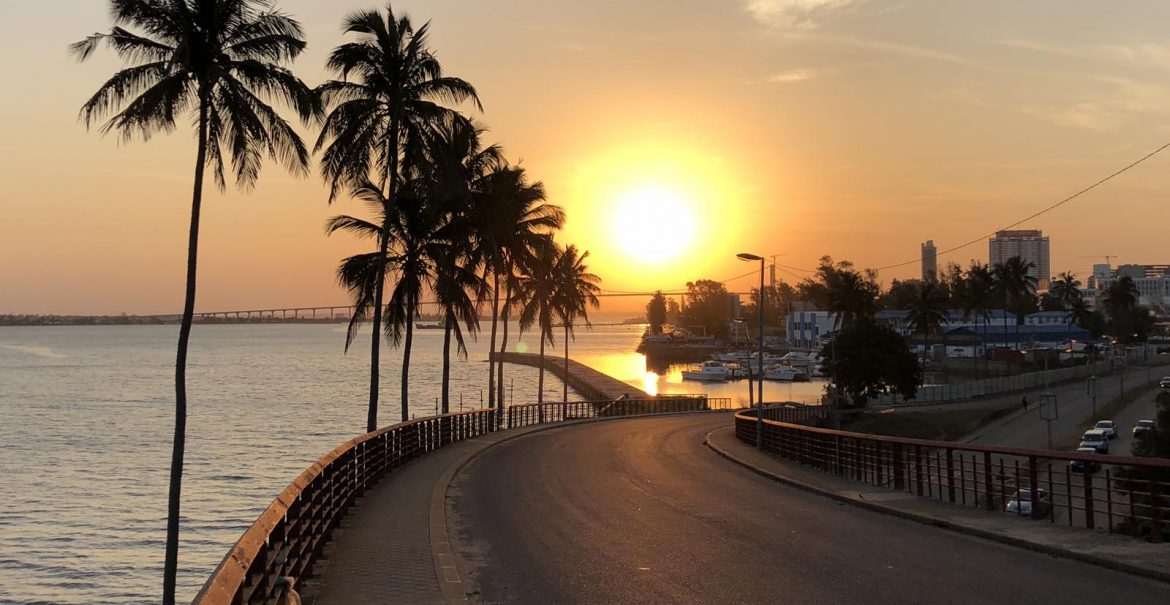
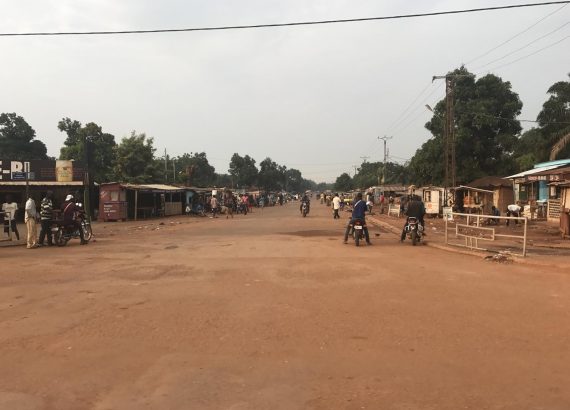
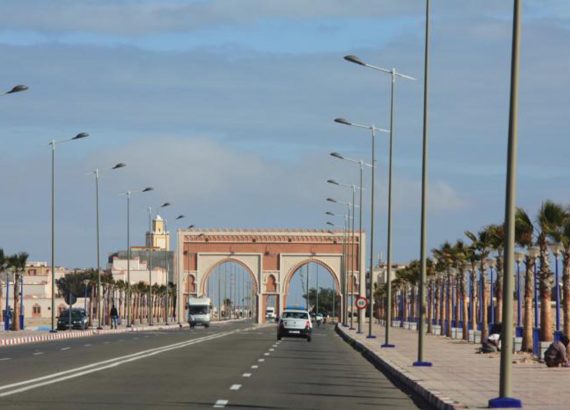
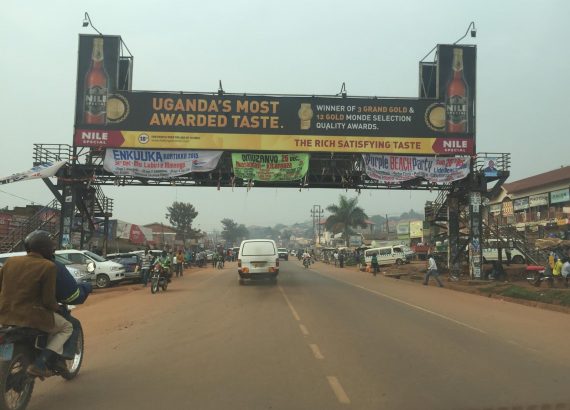
No Comments